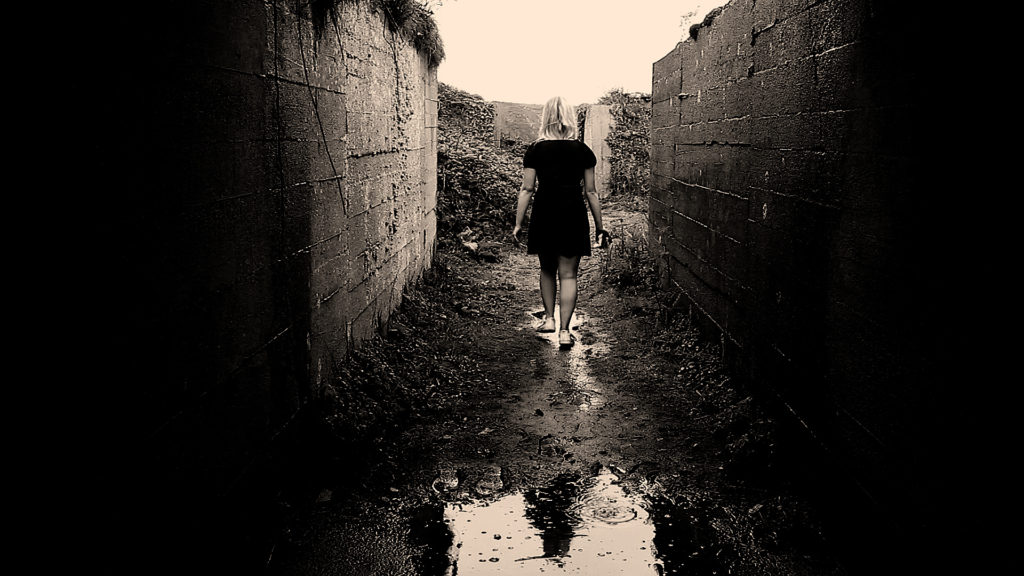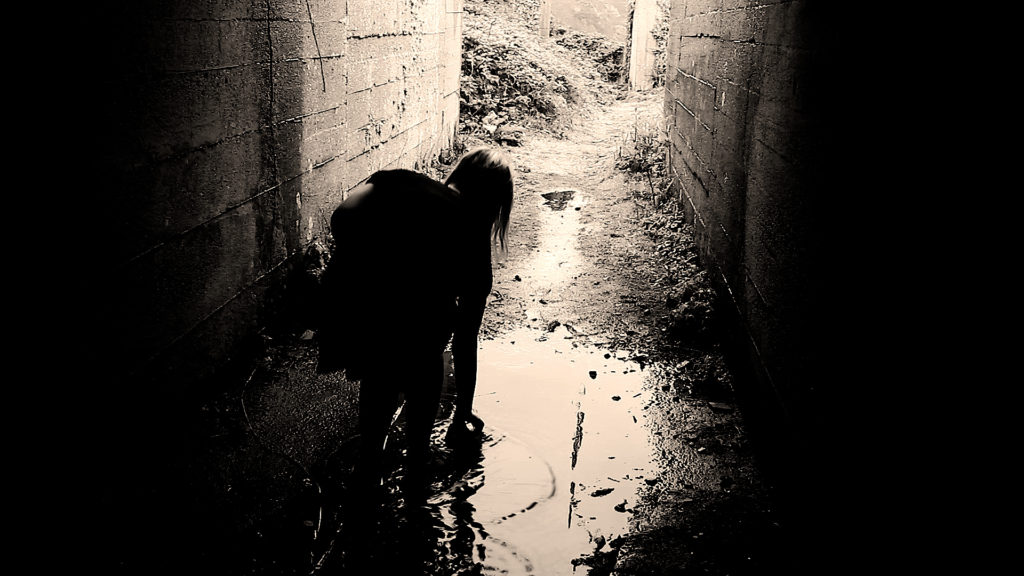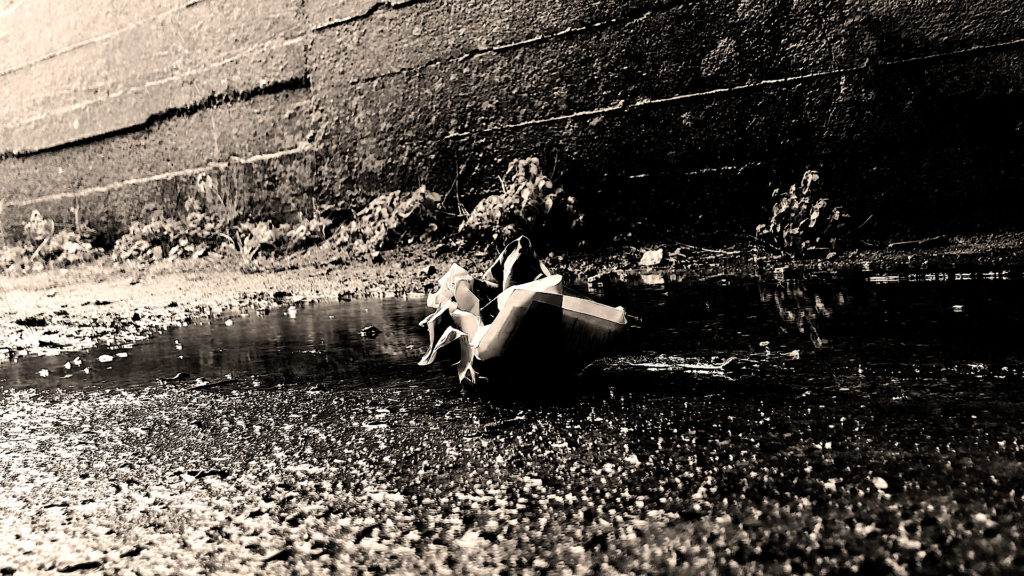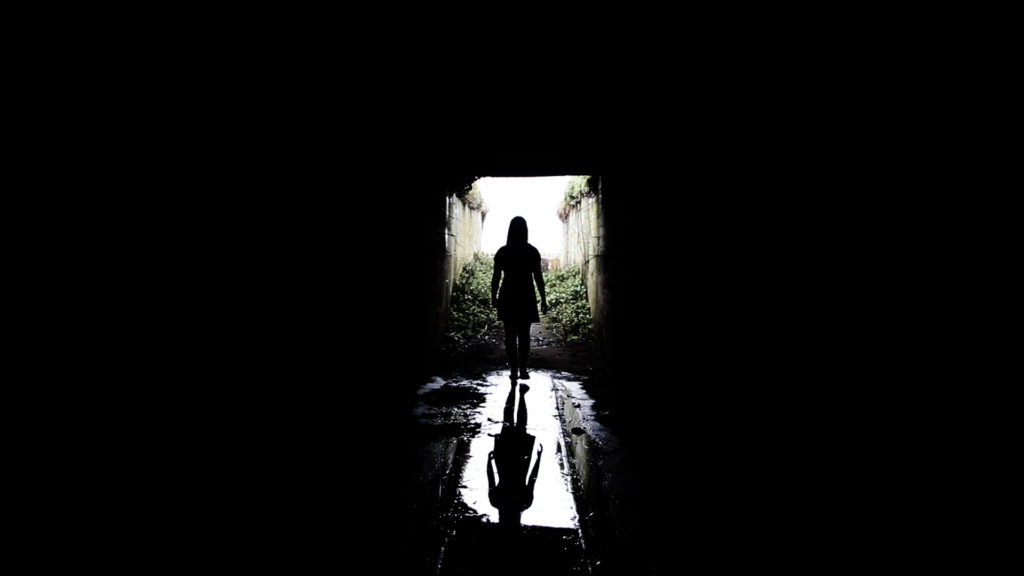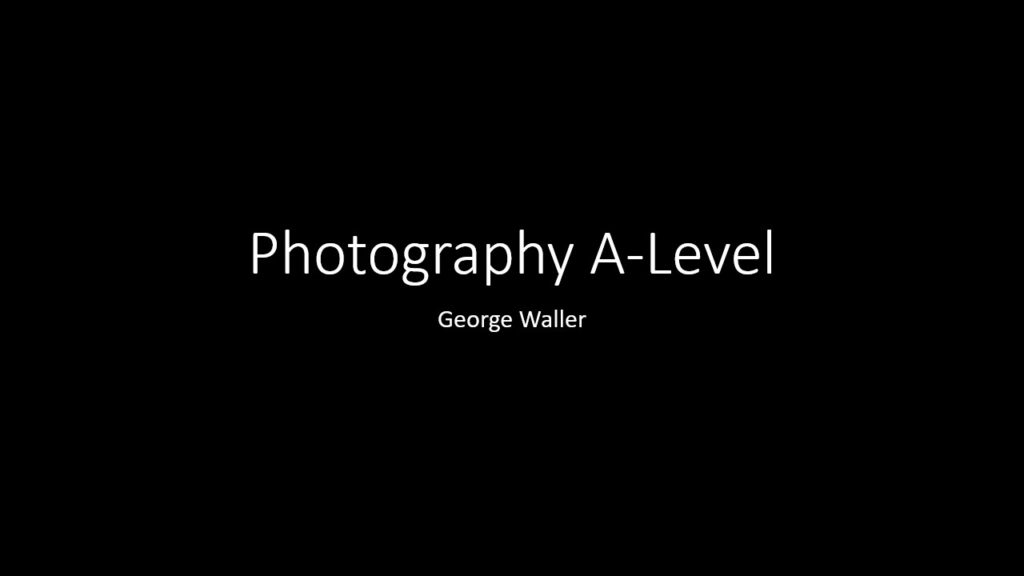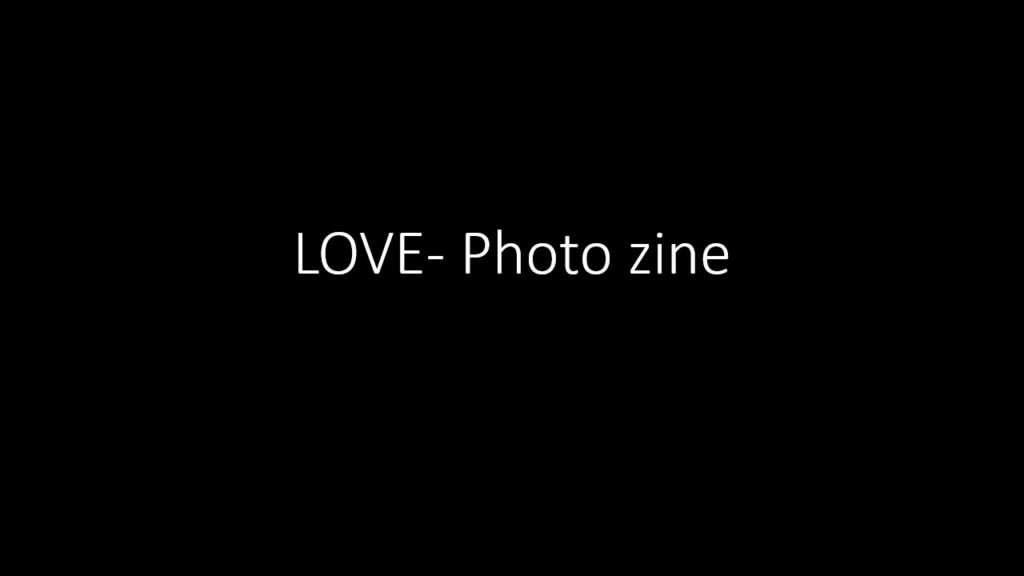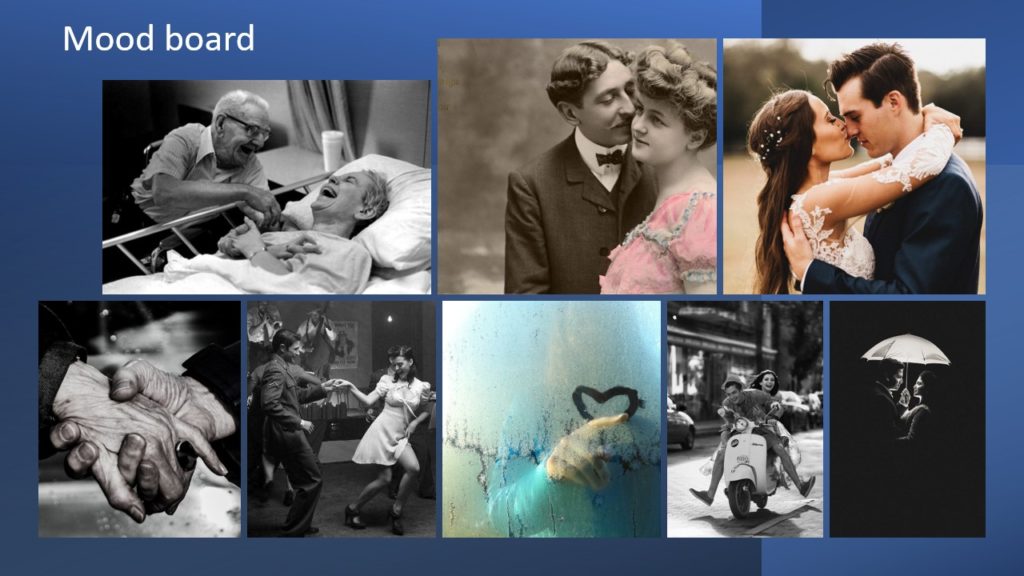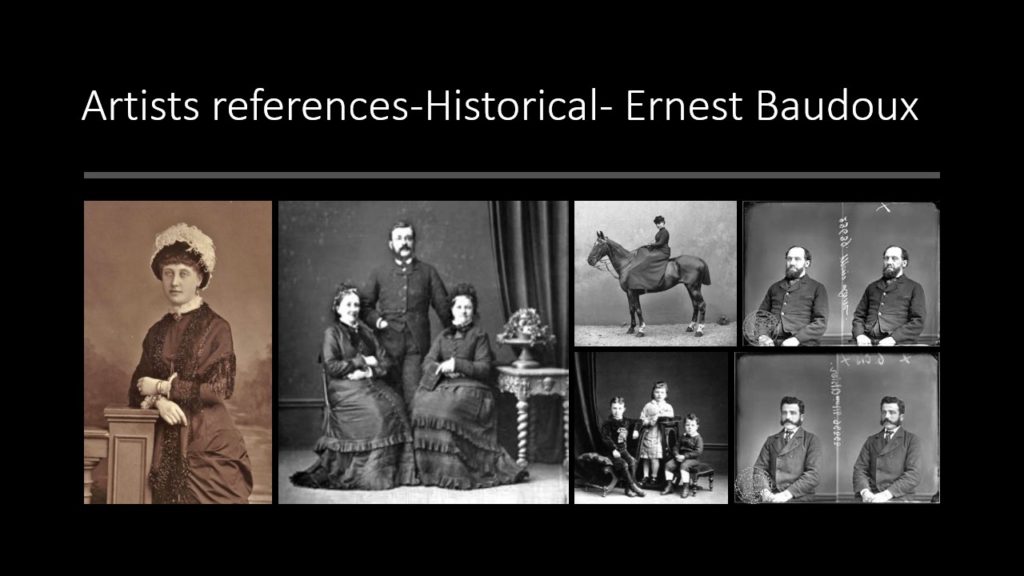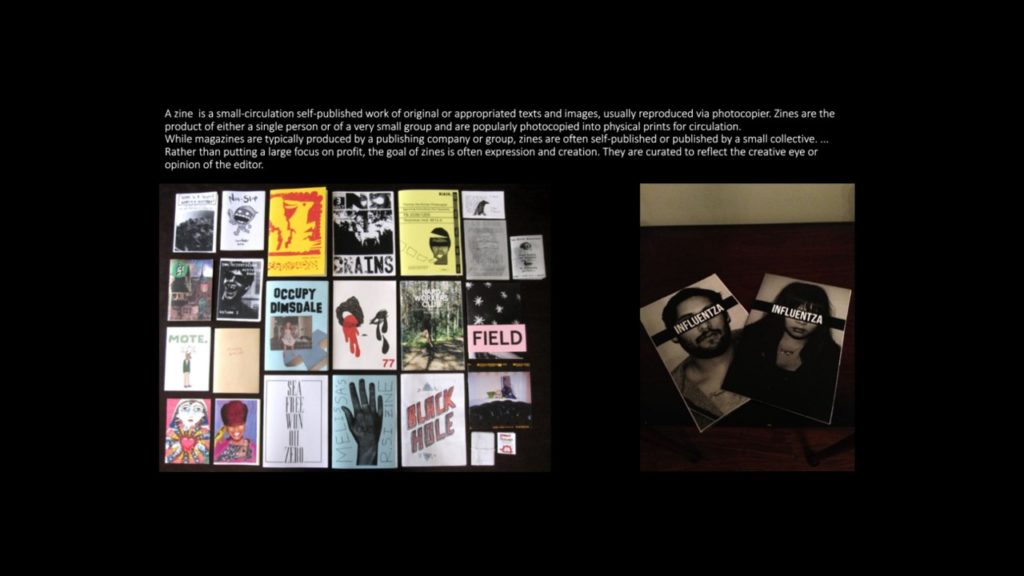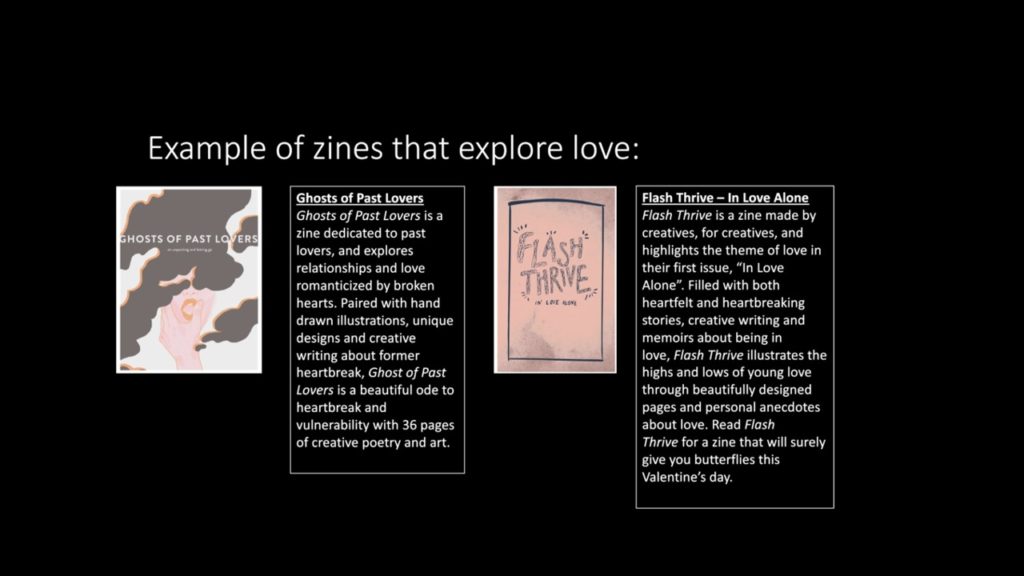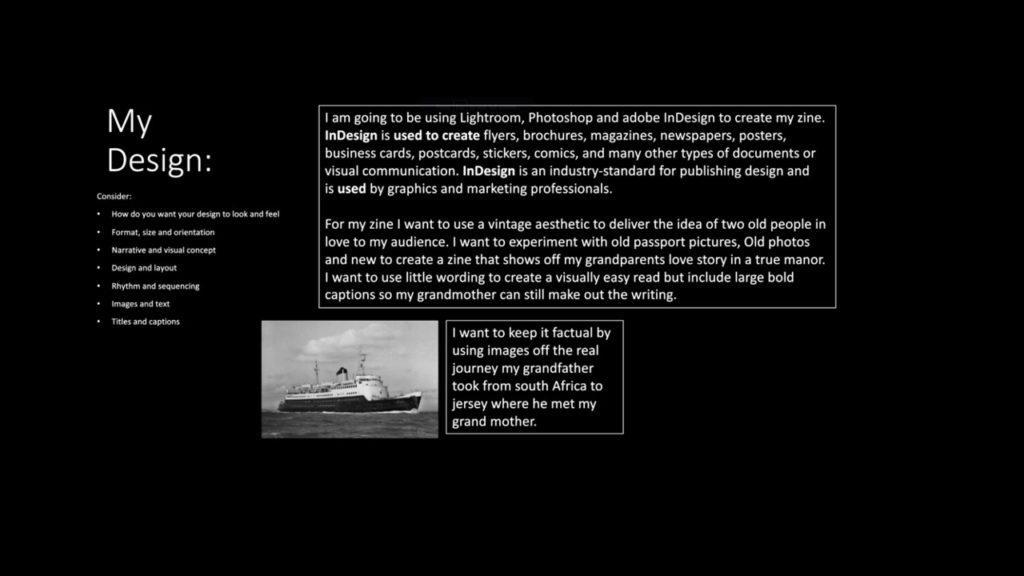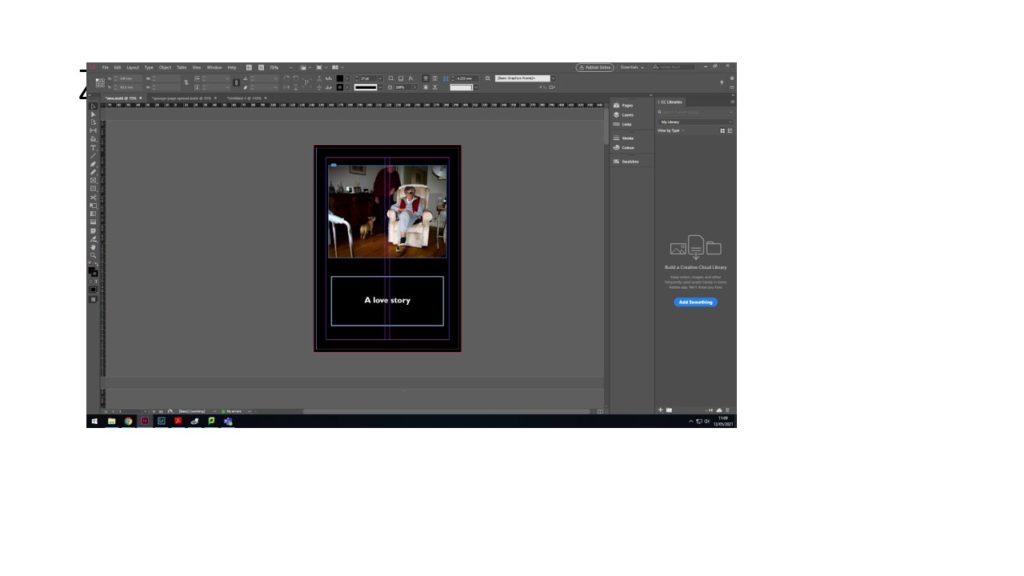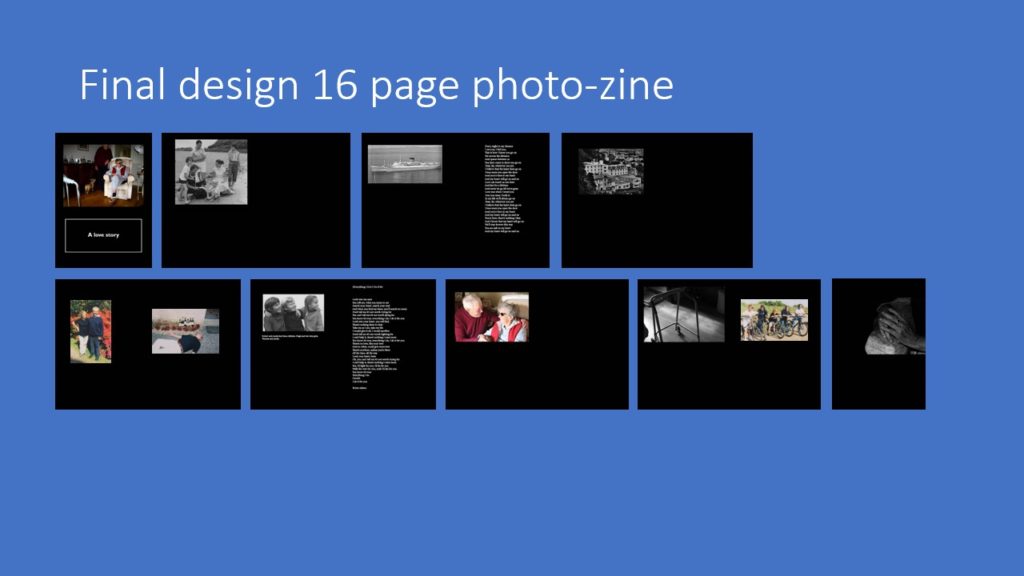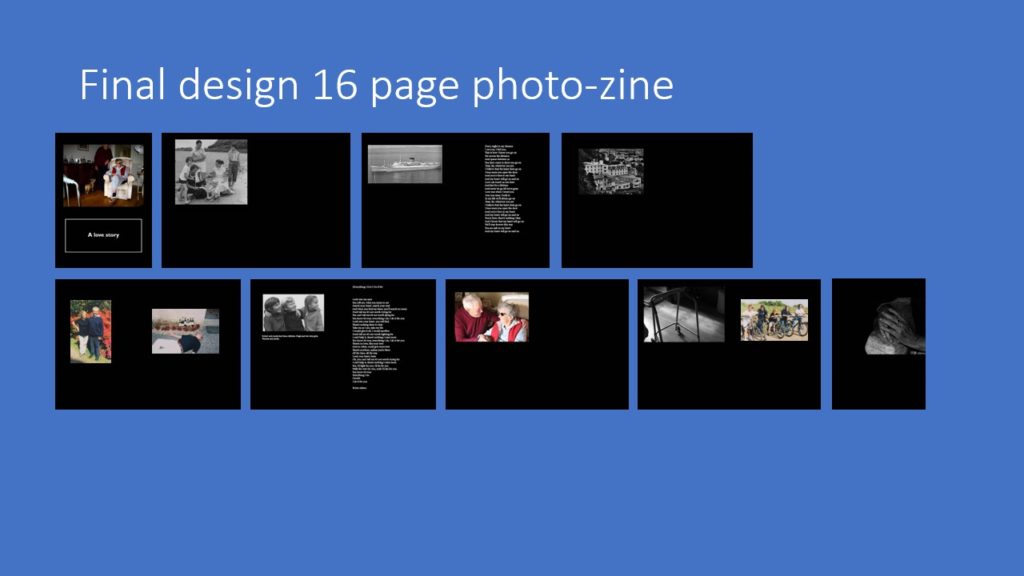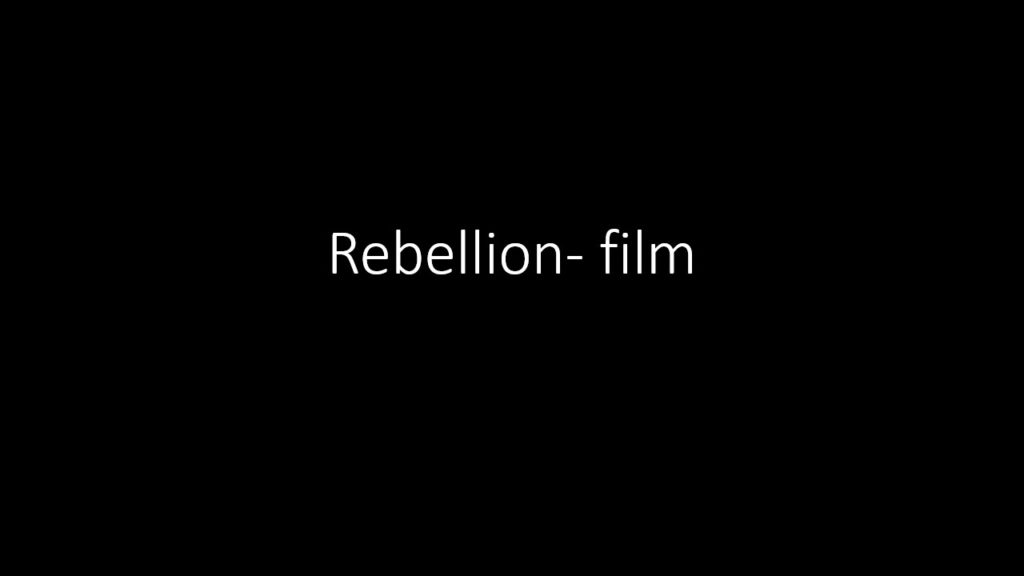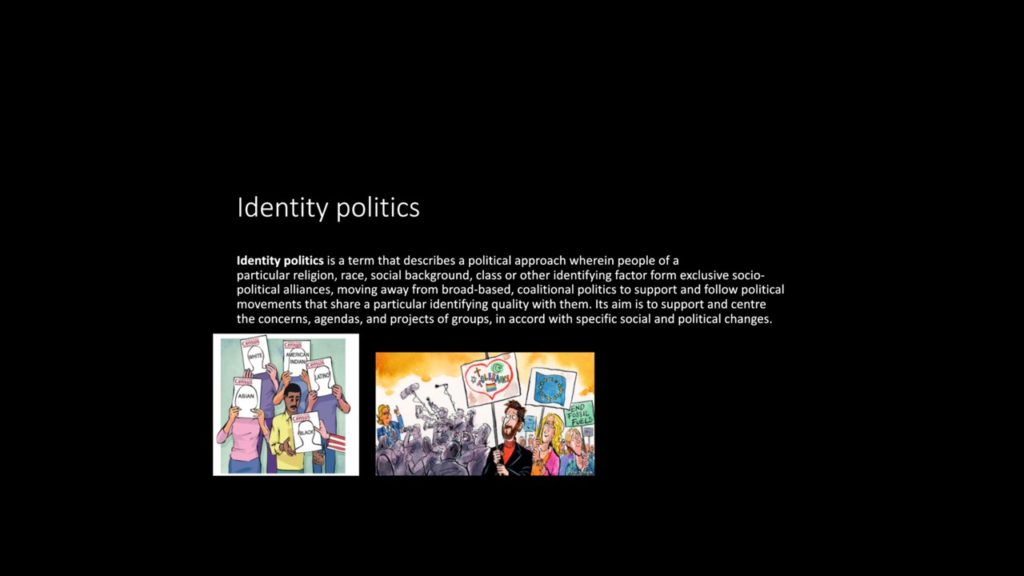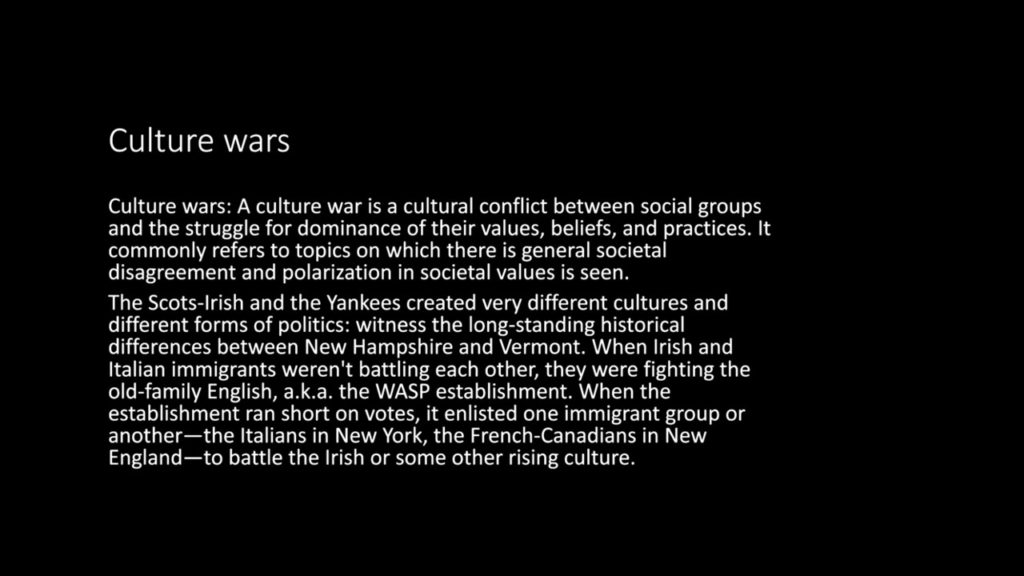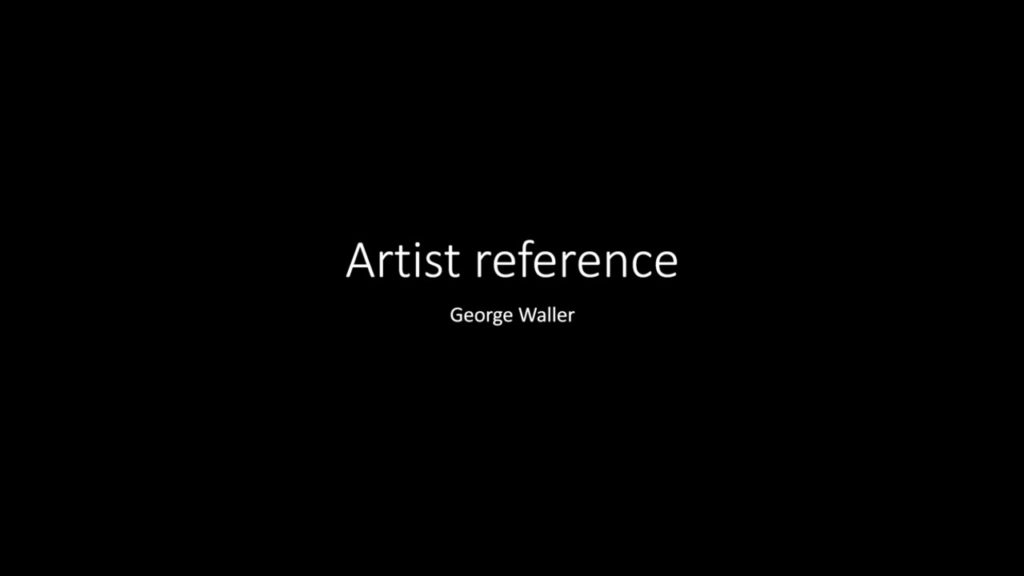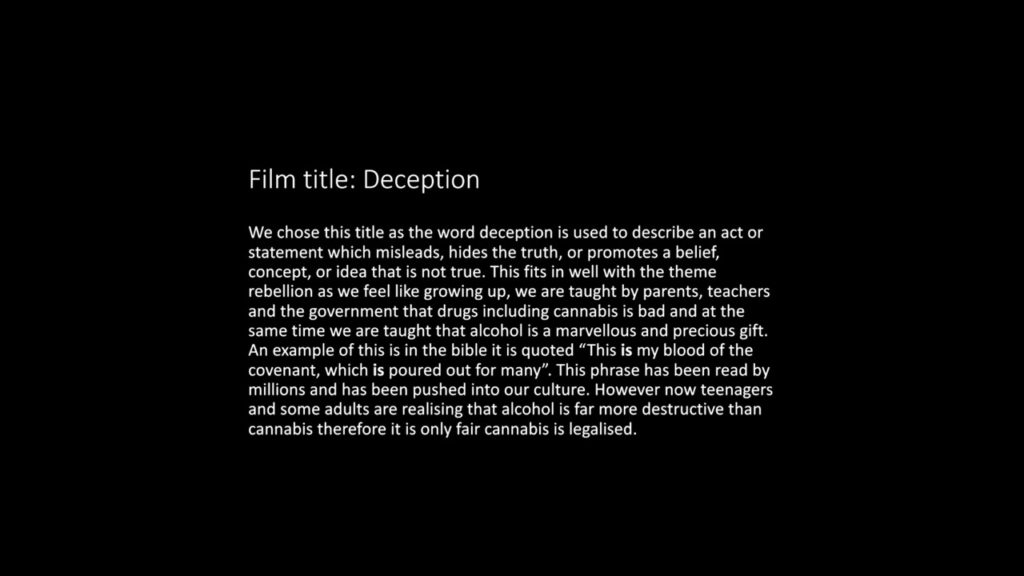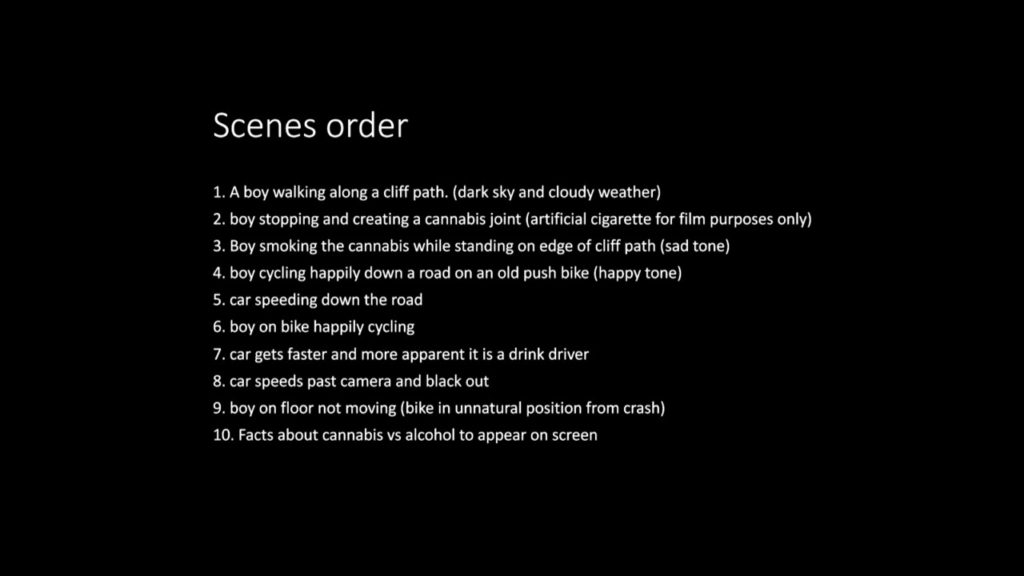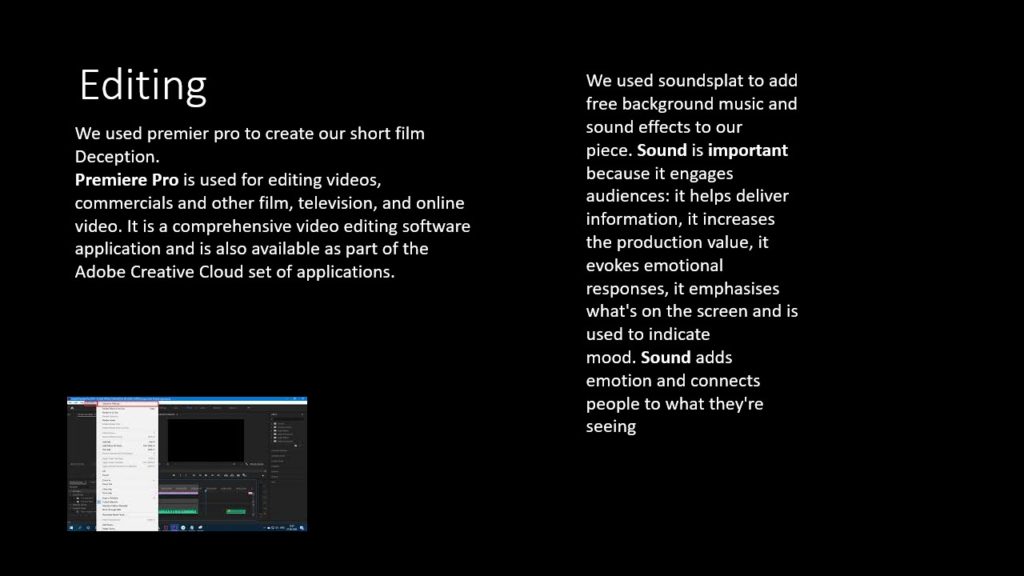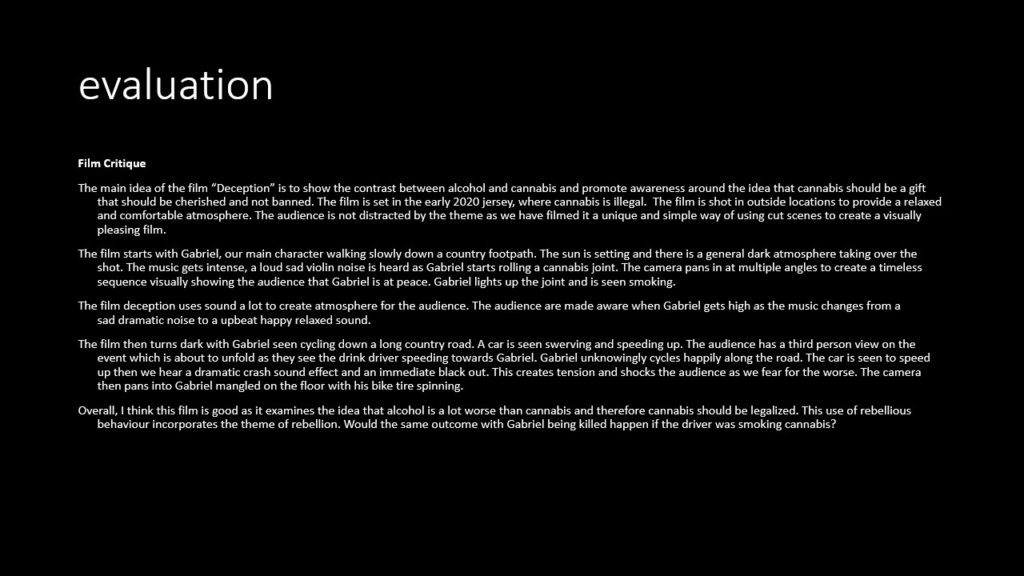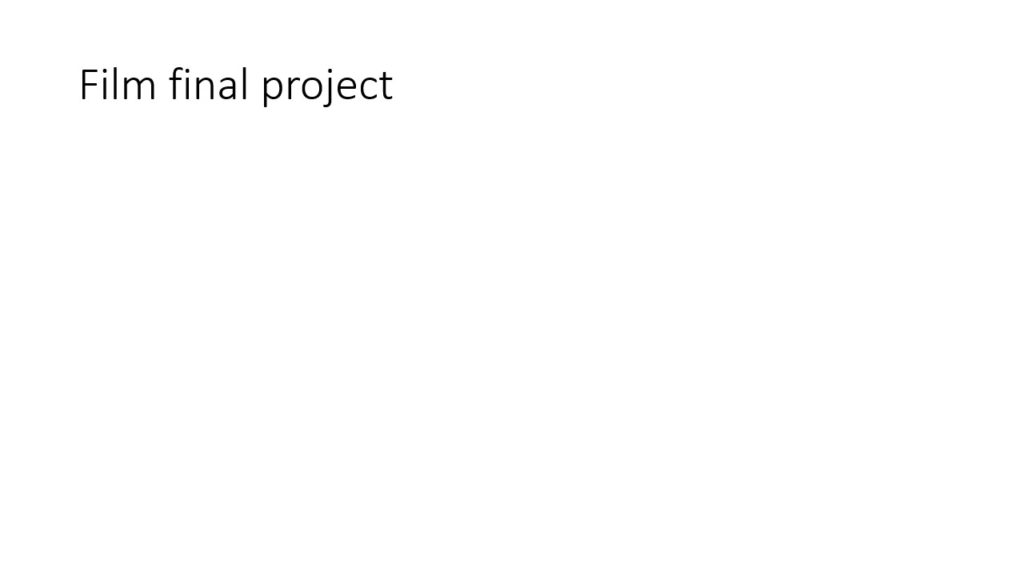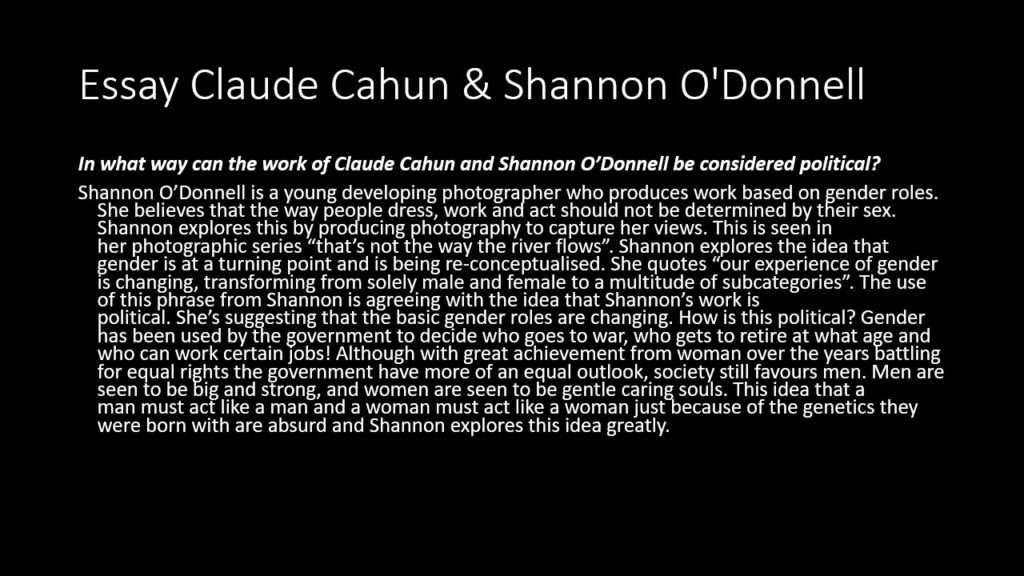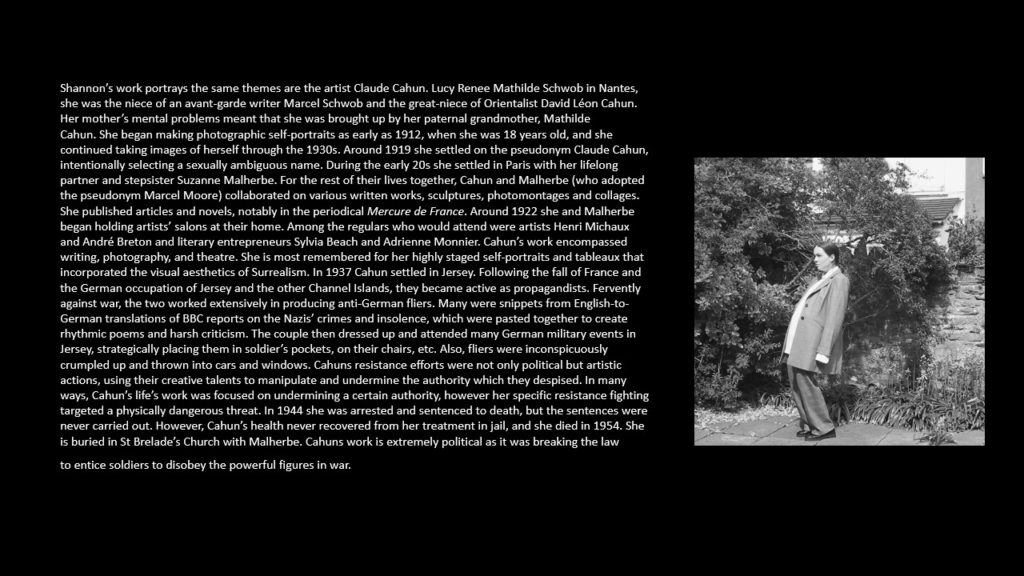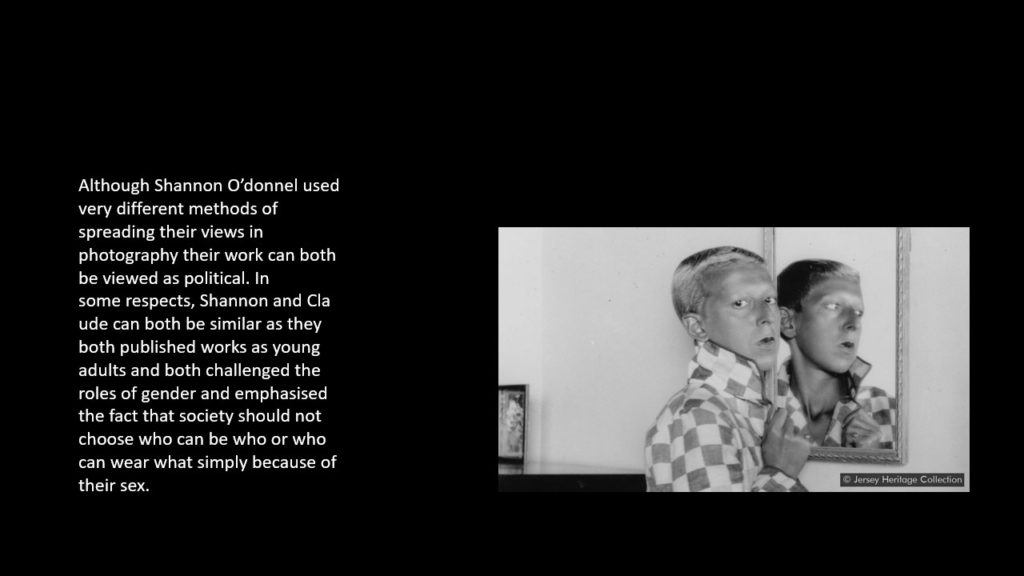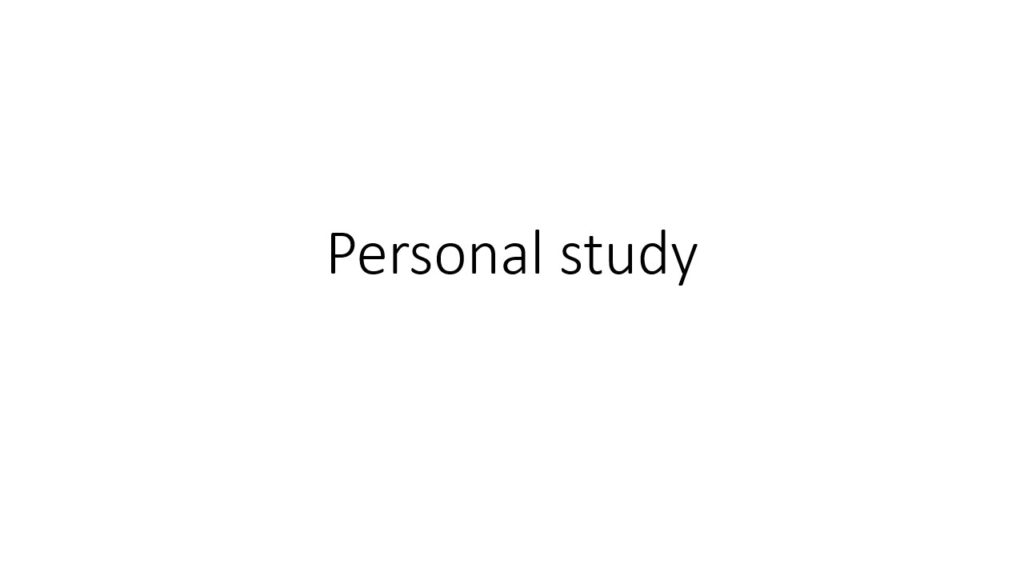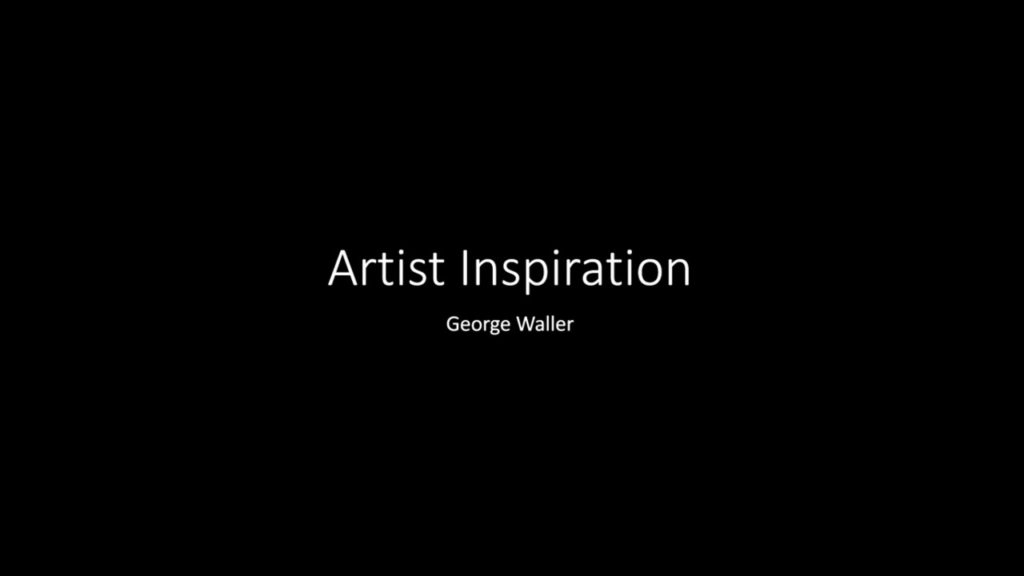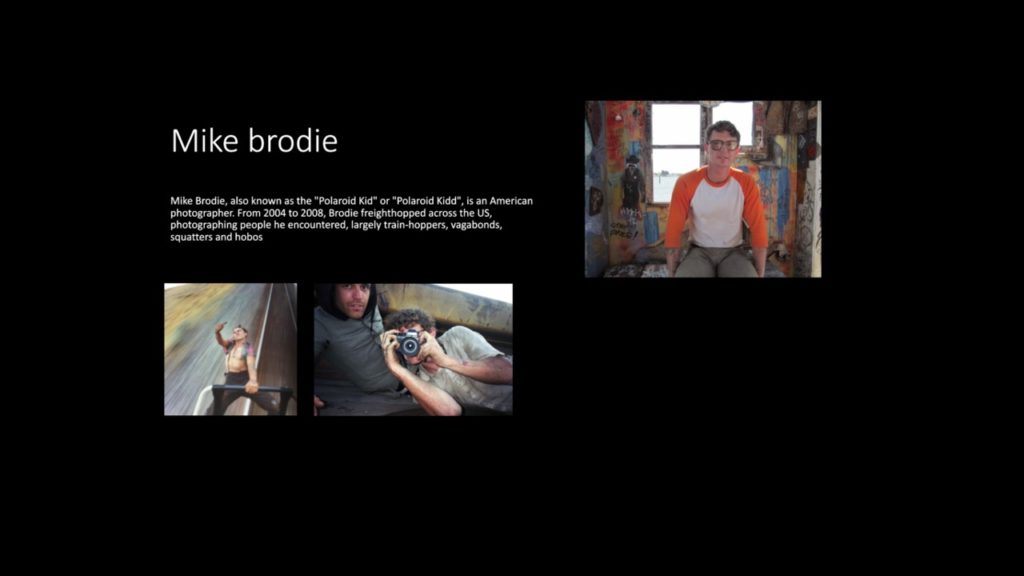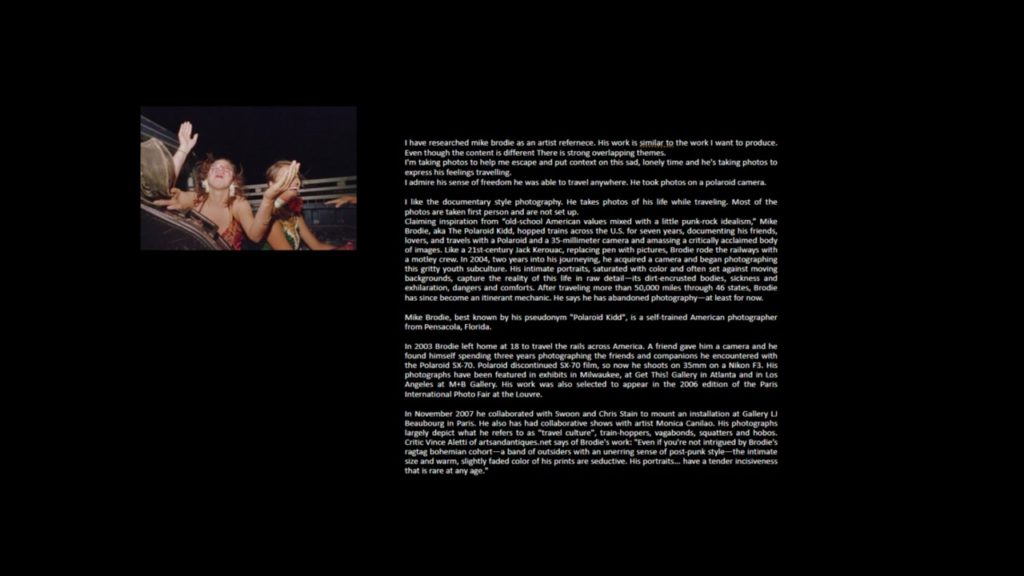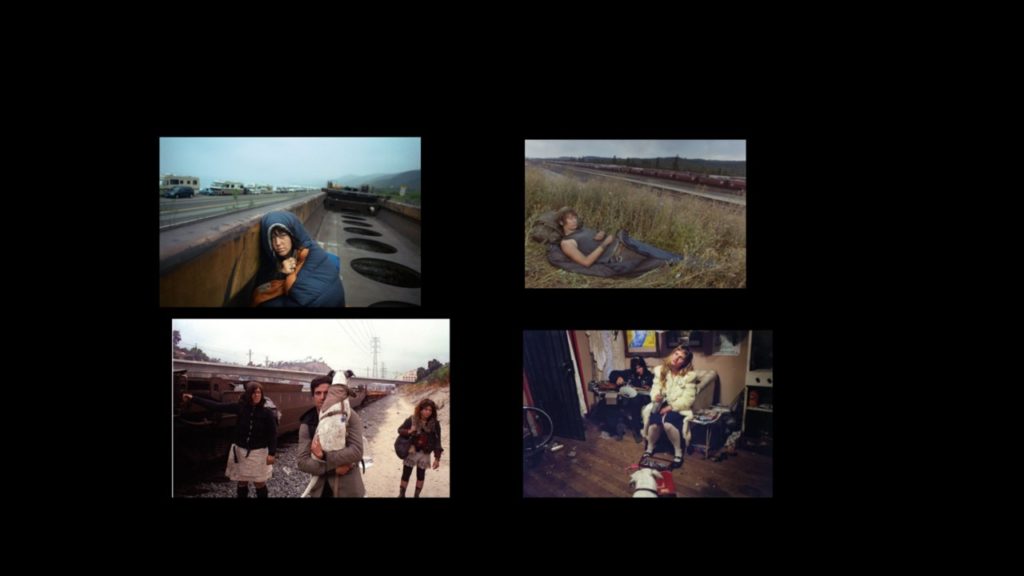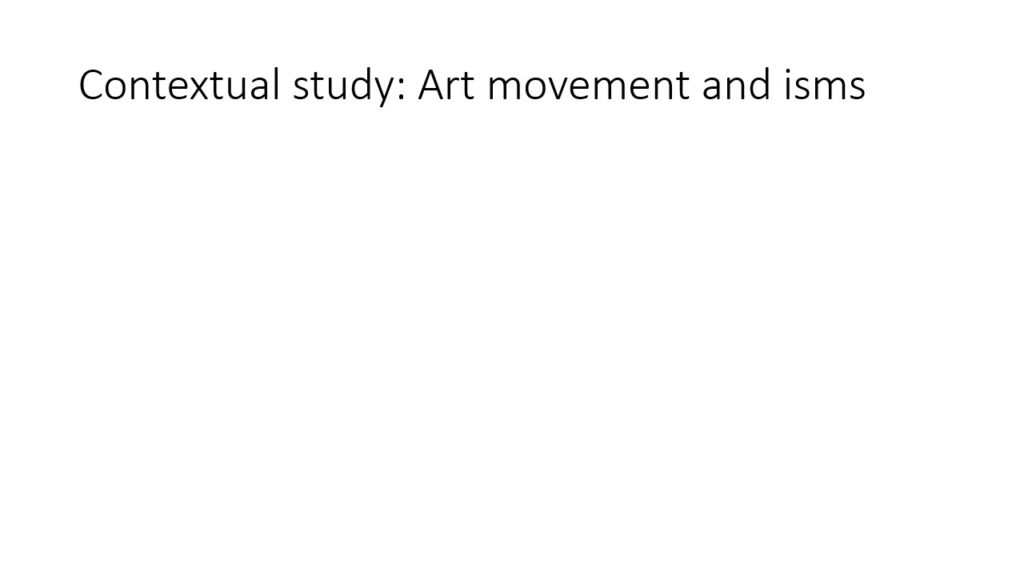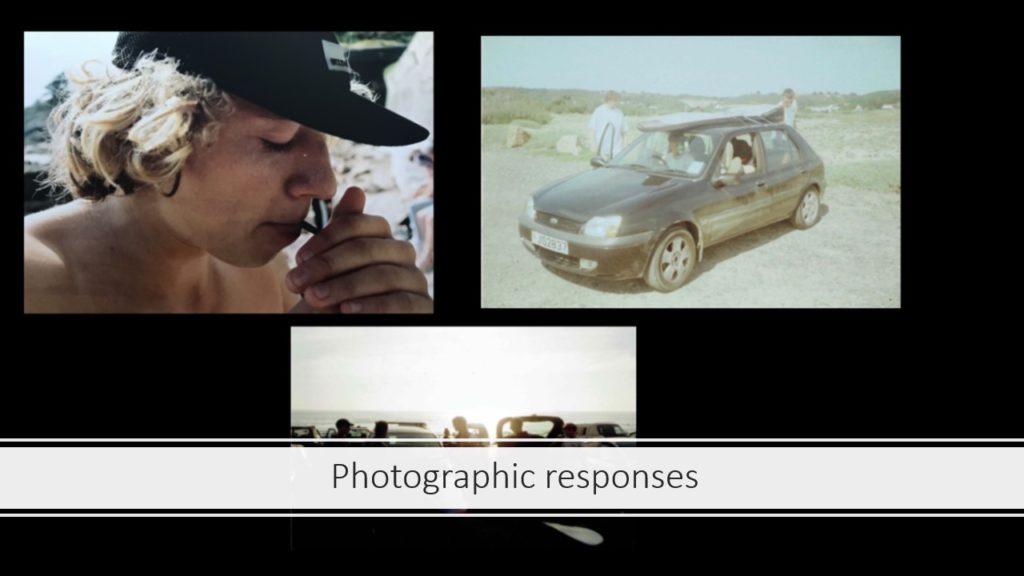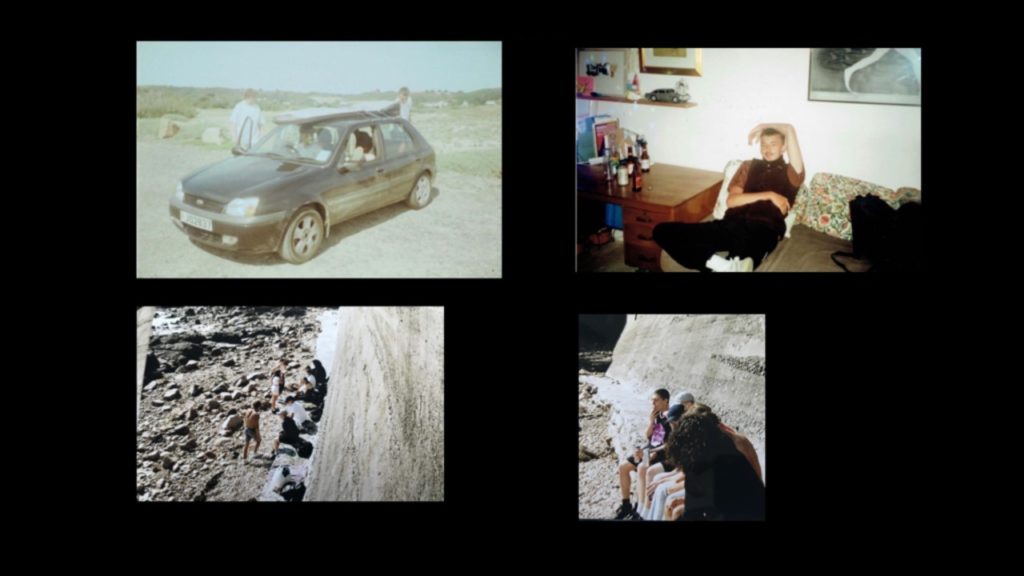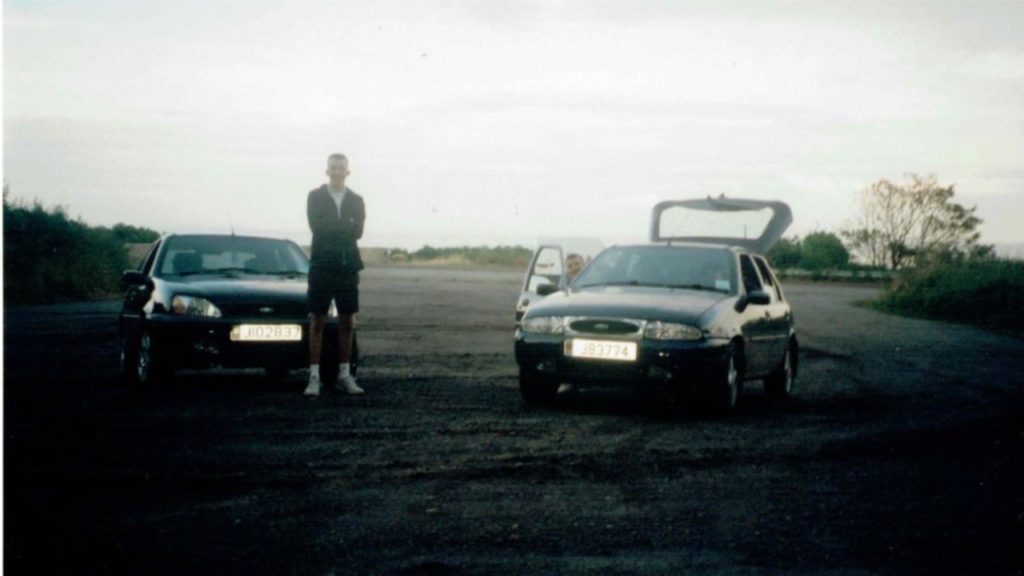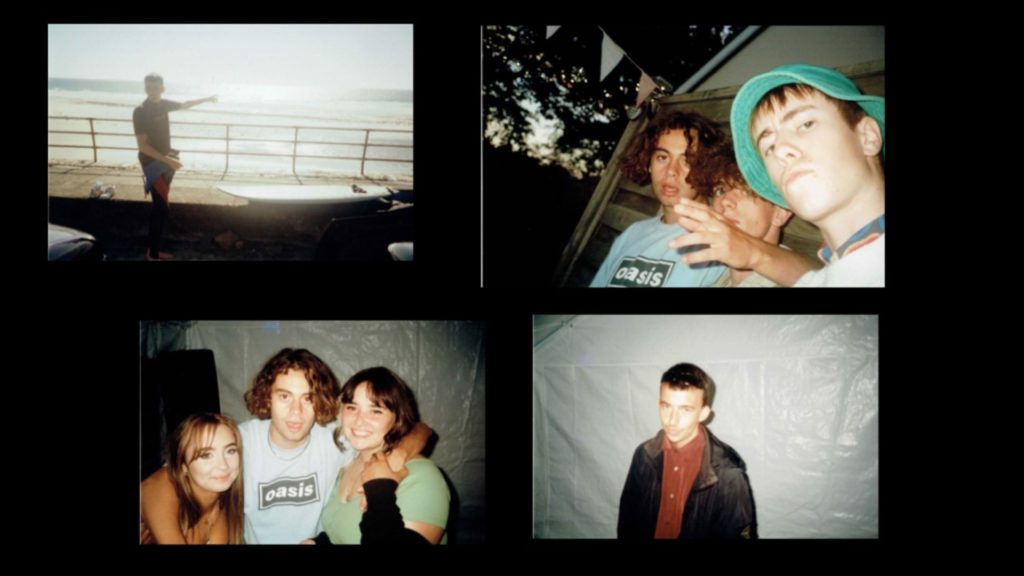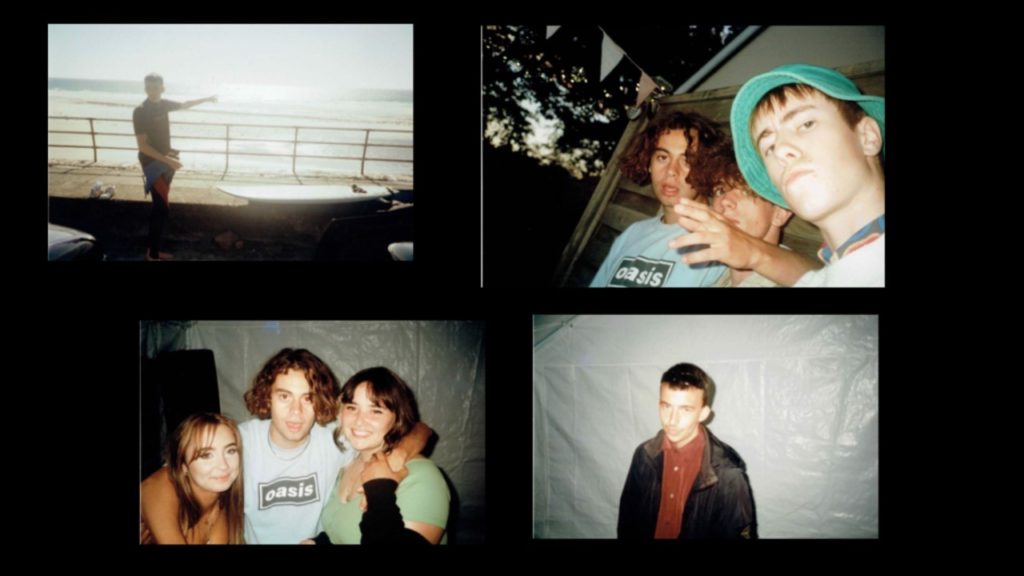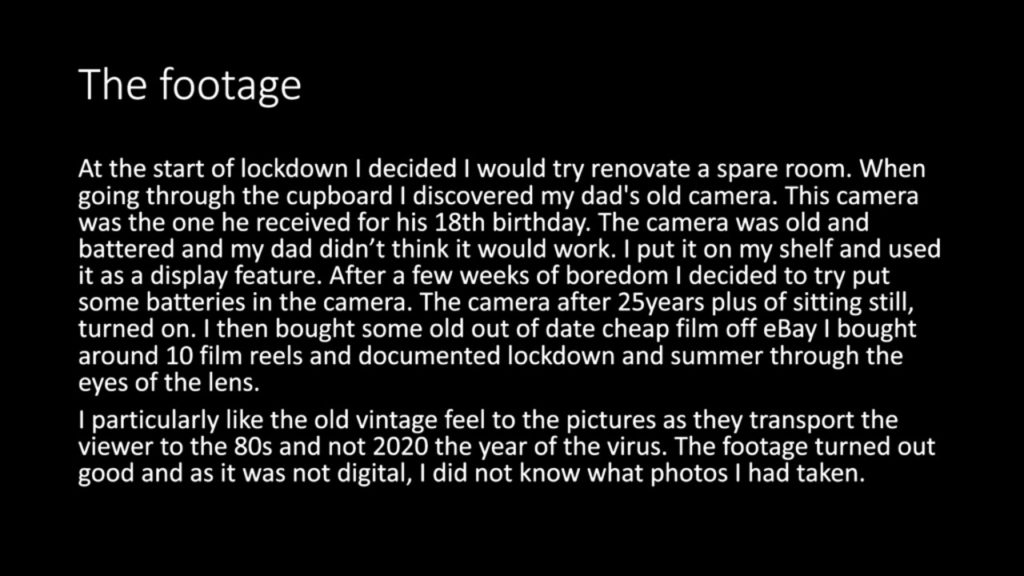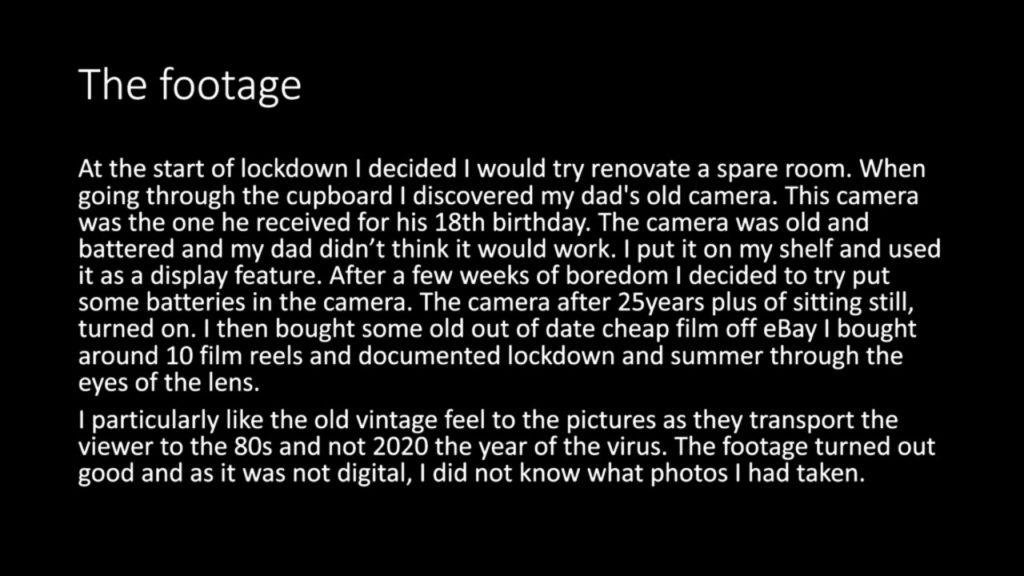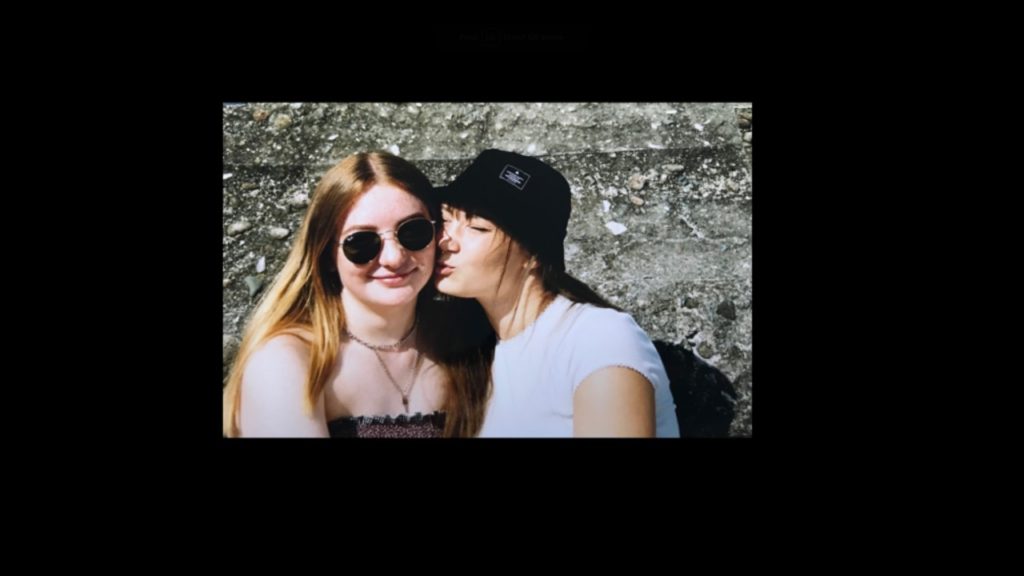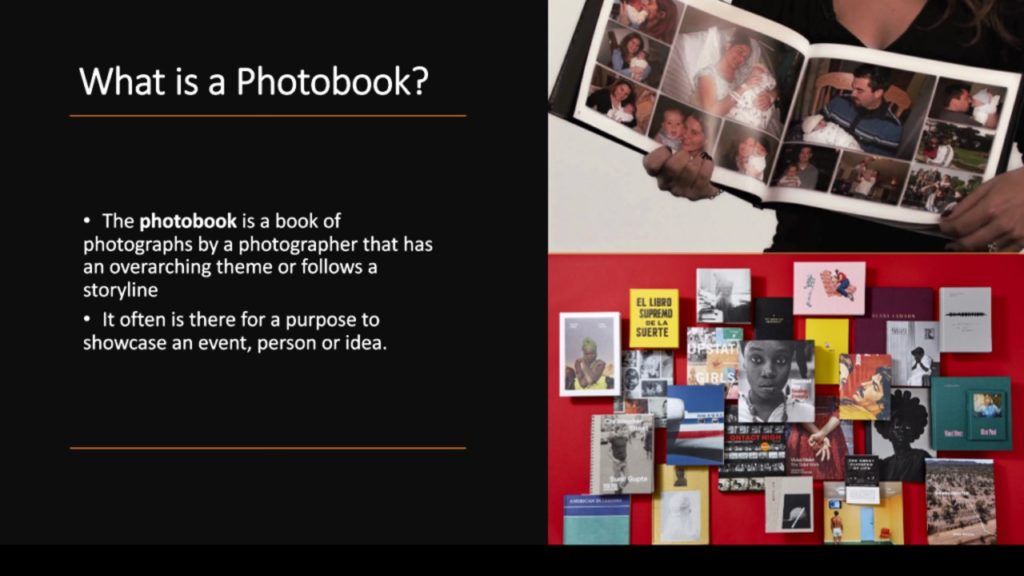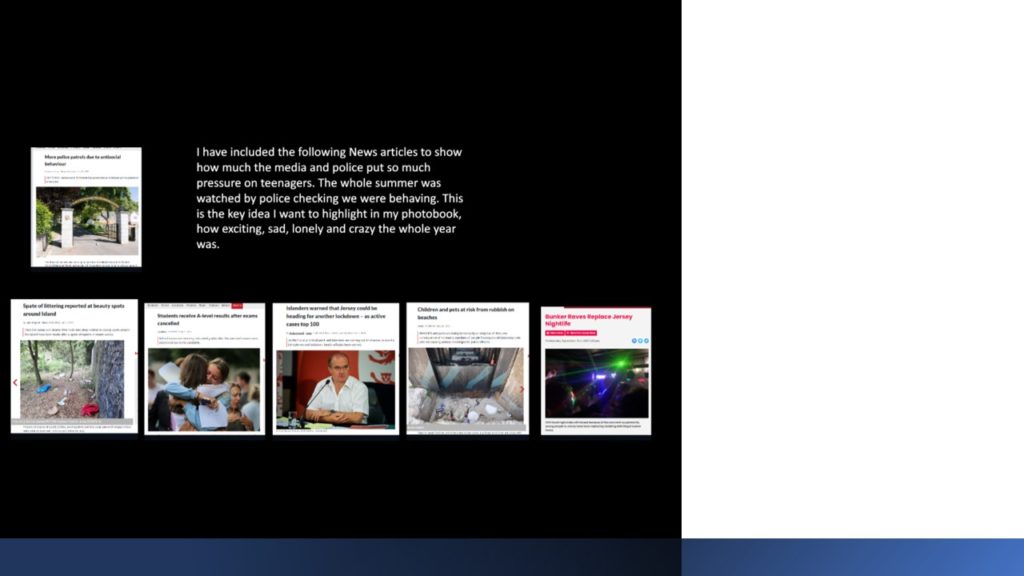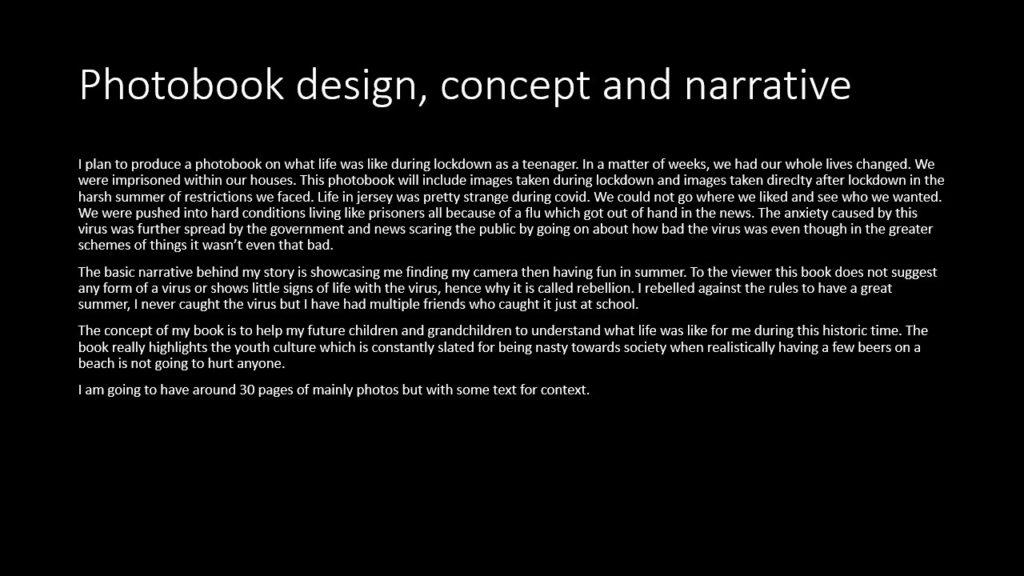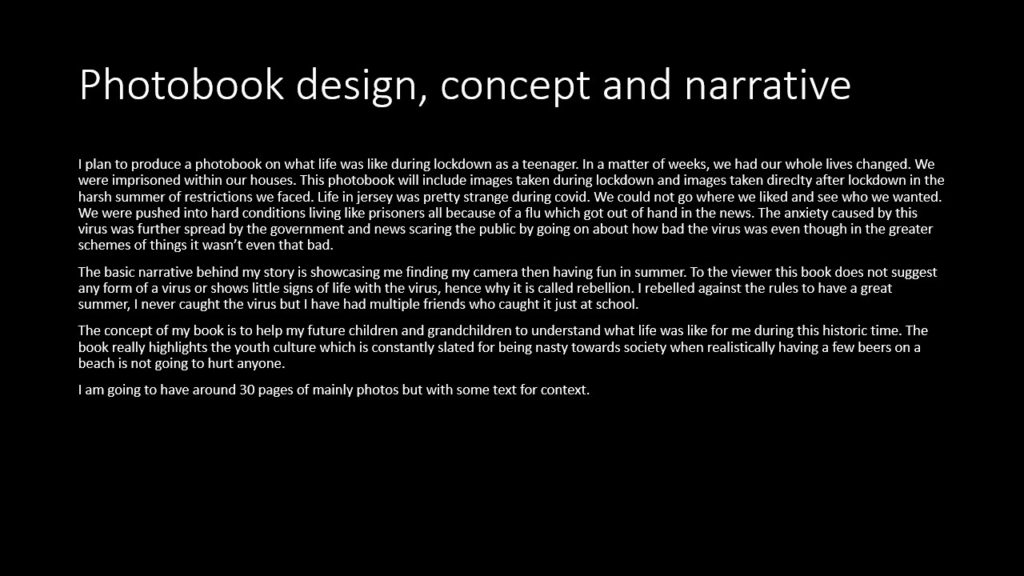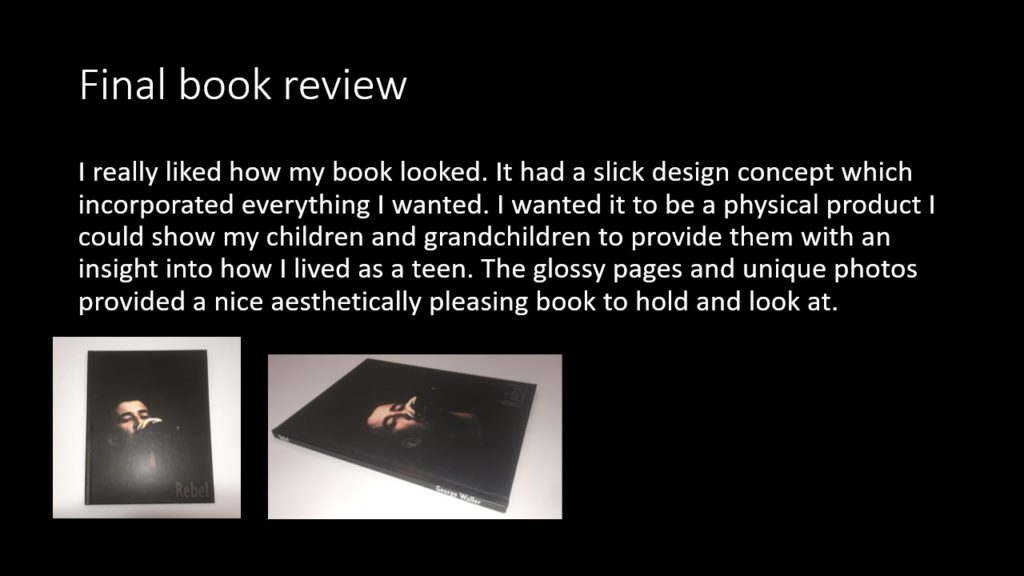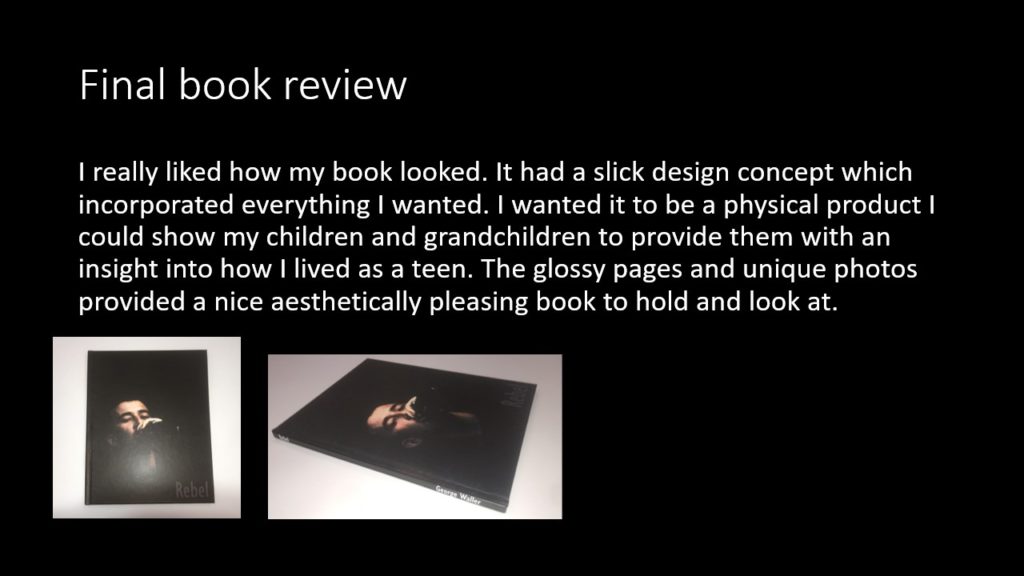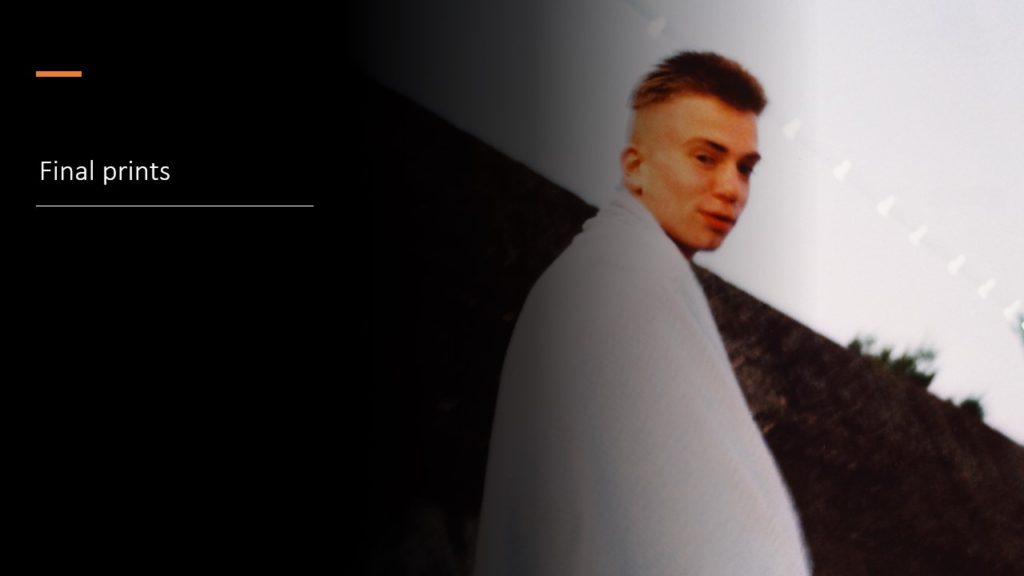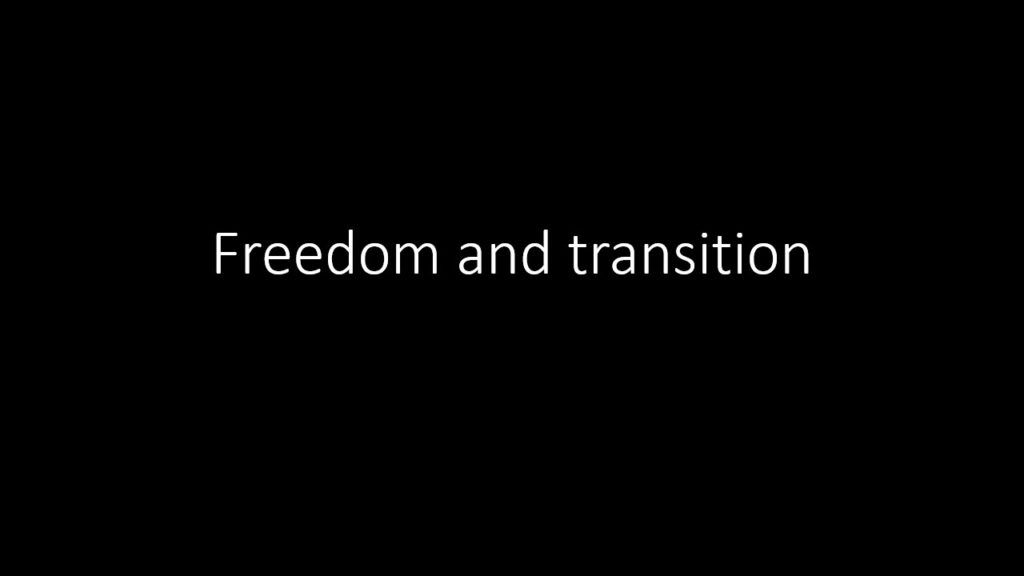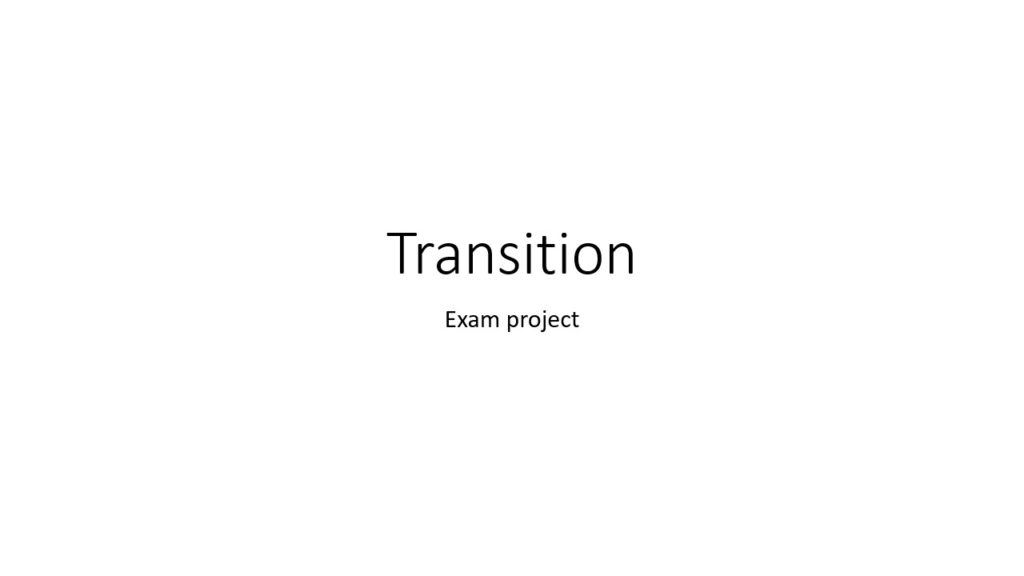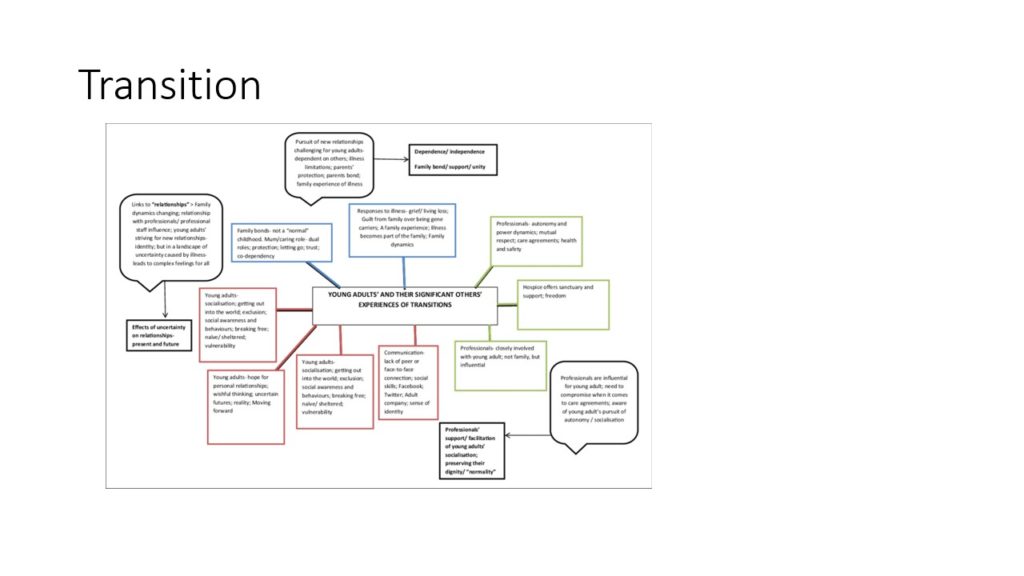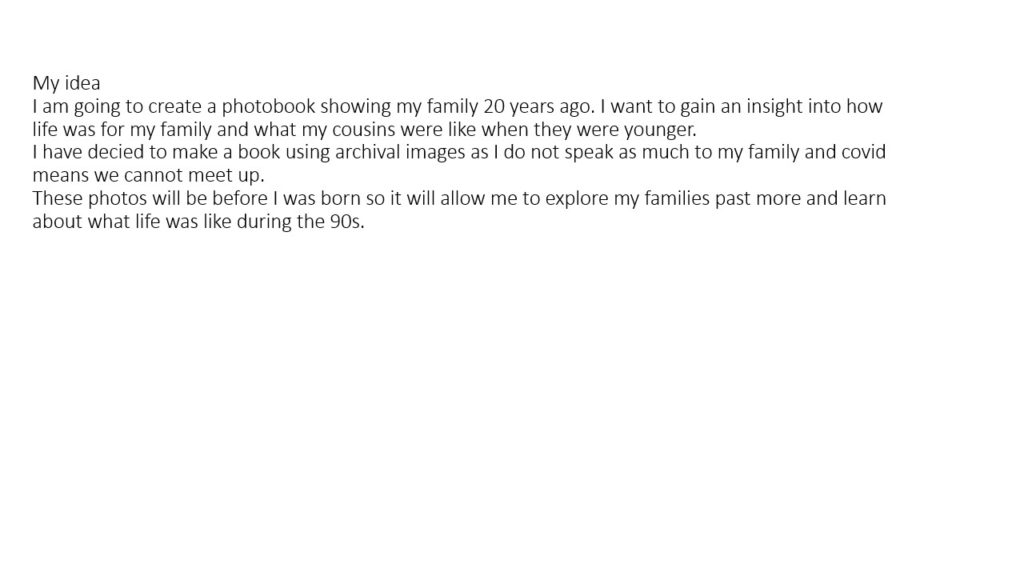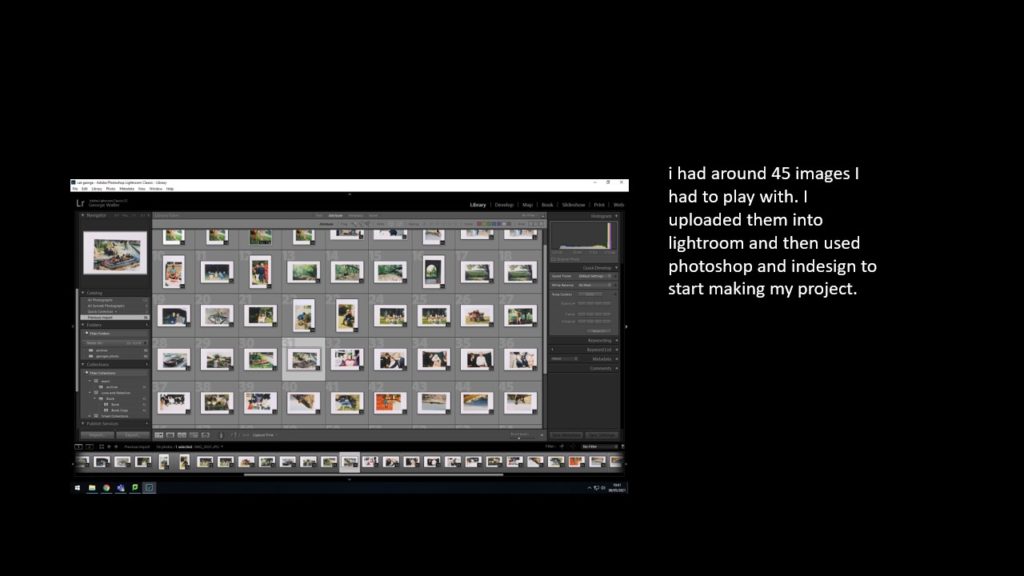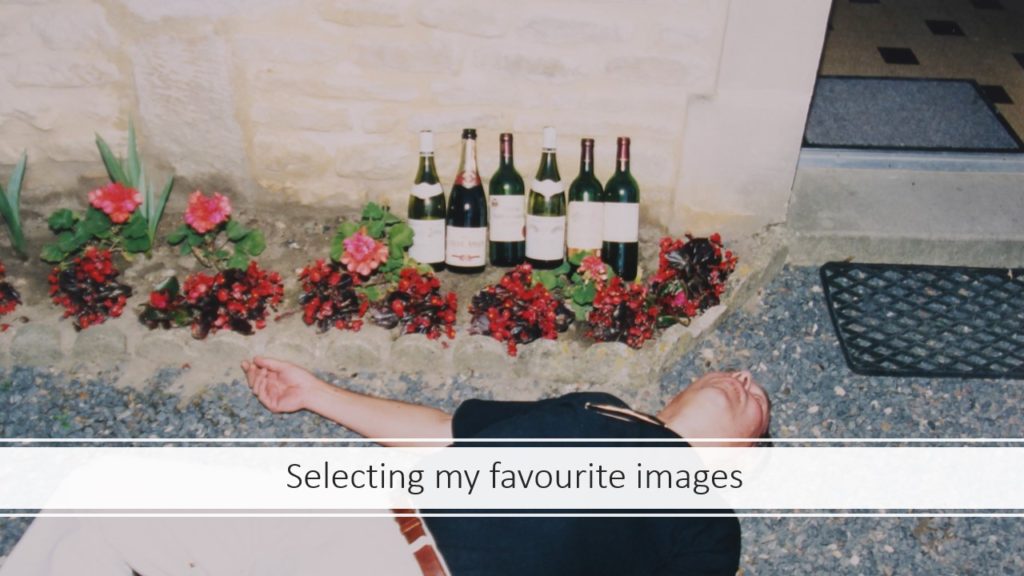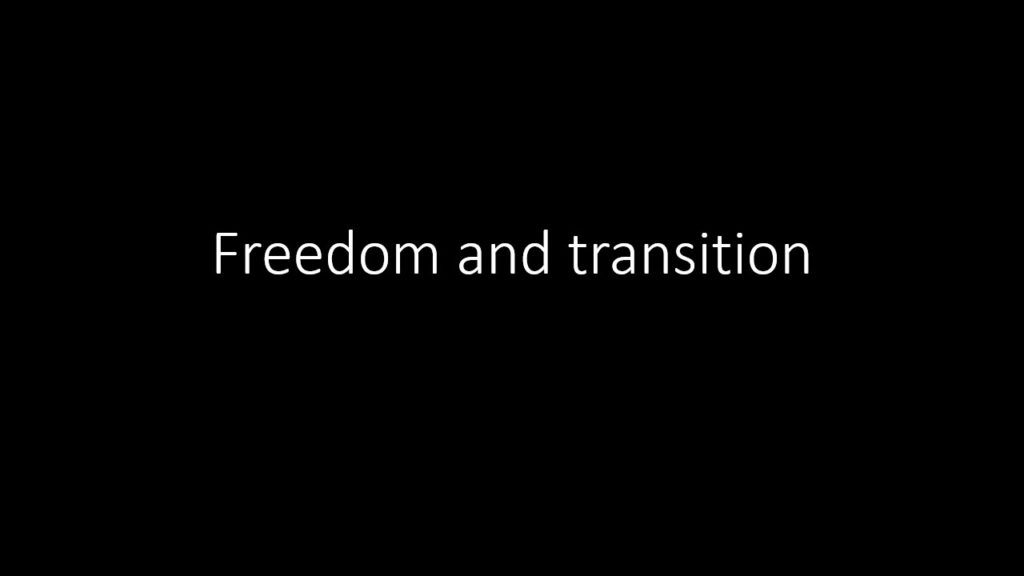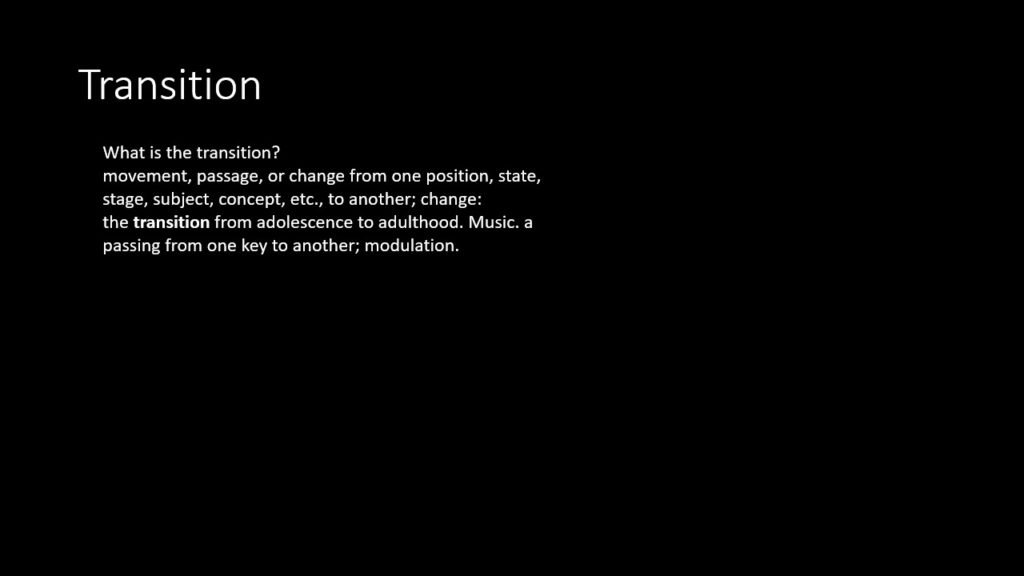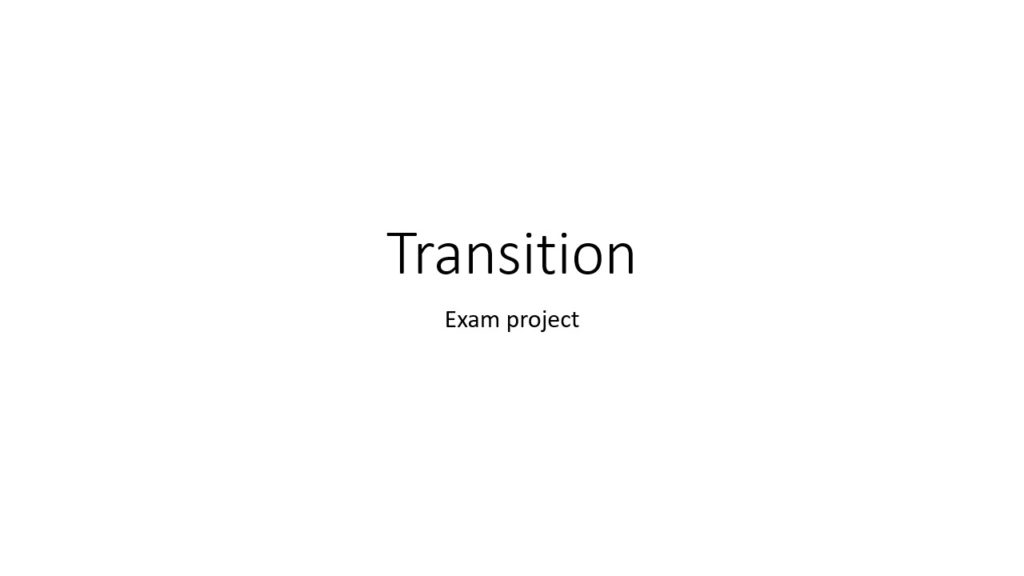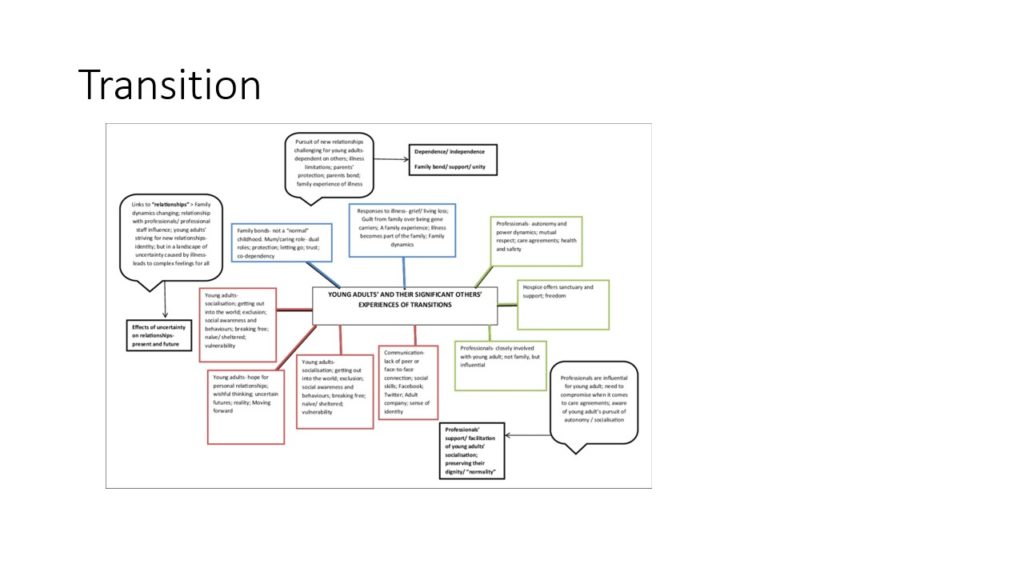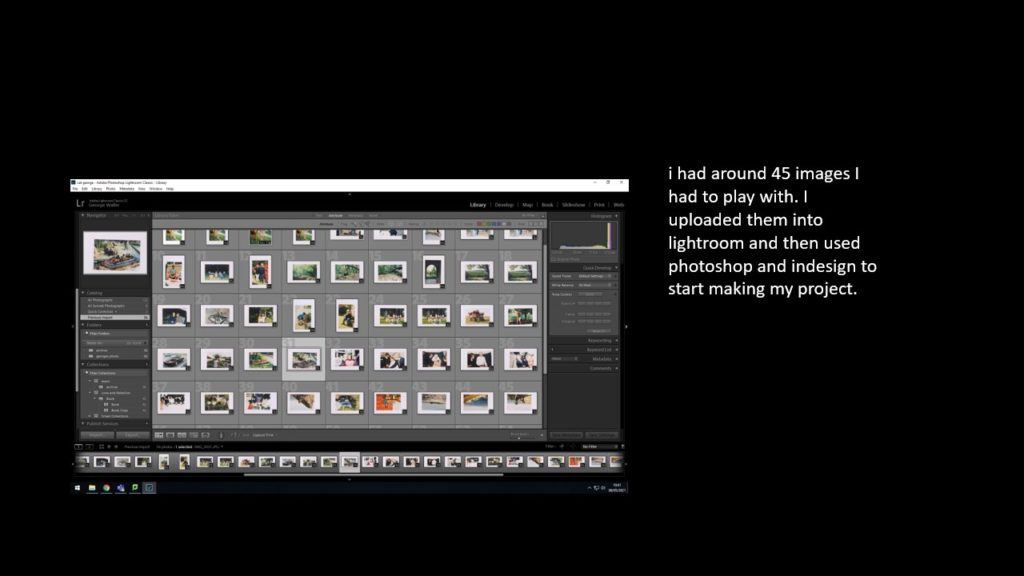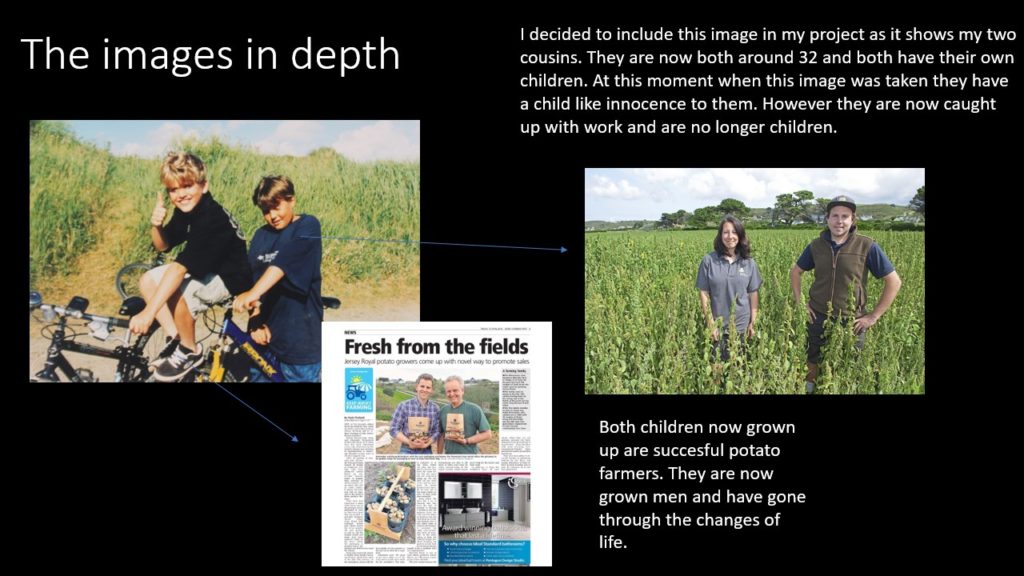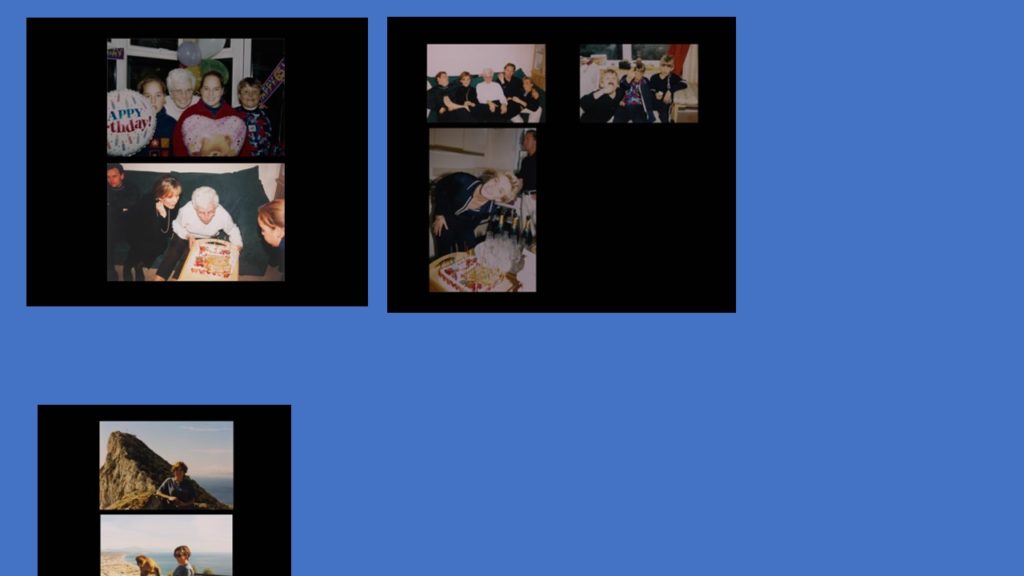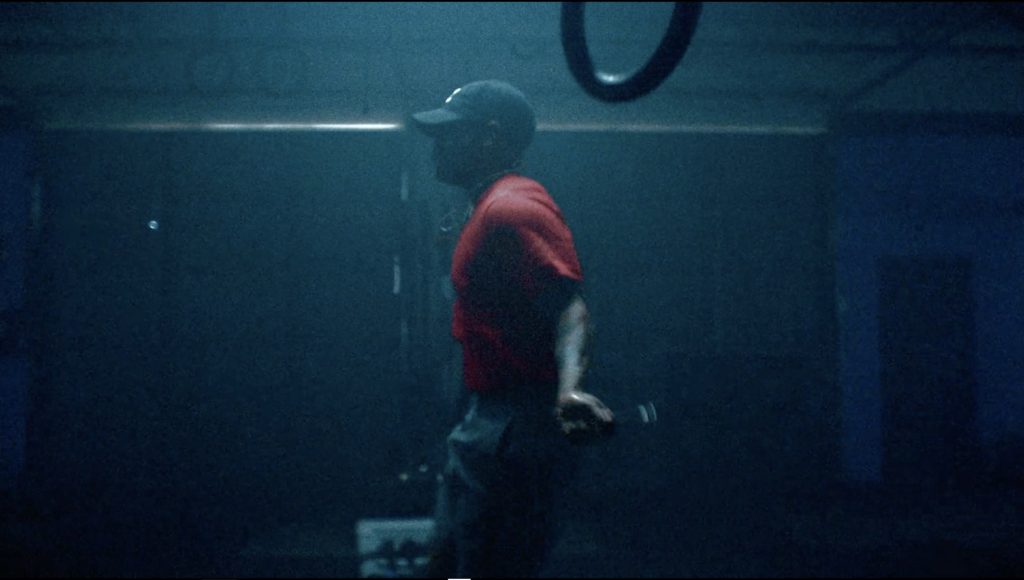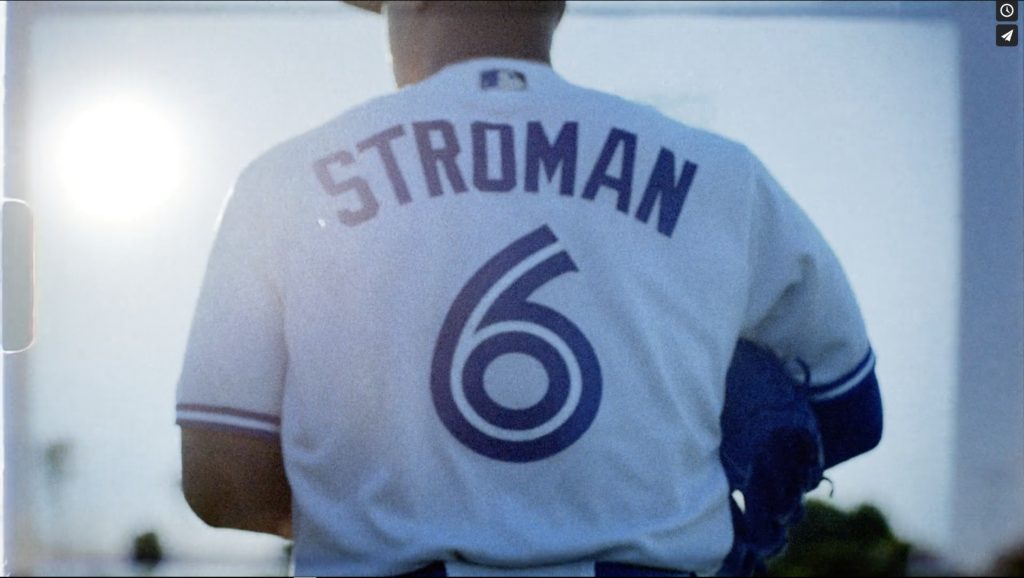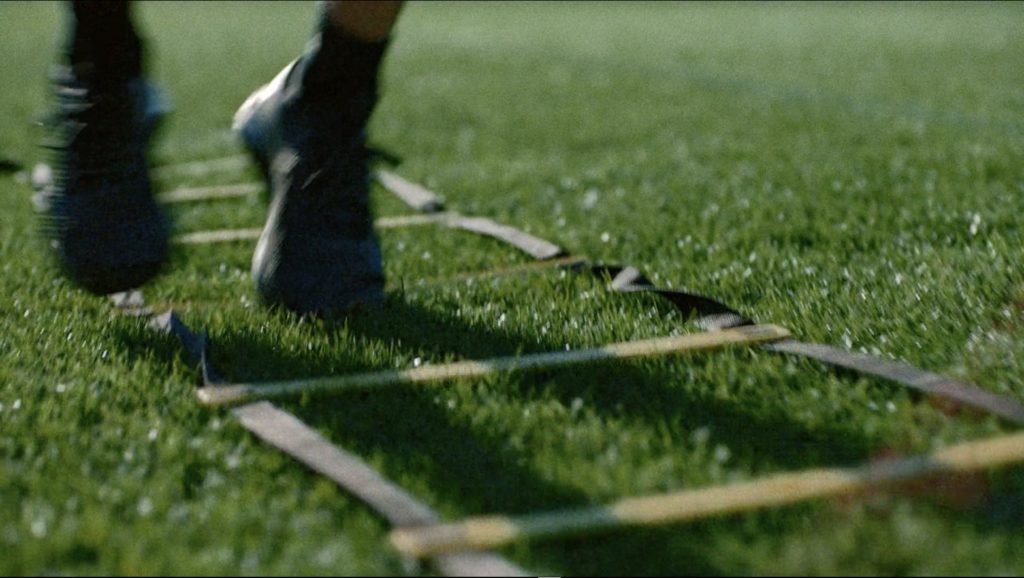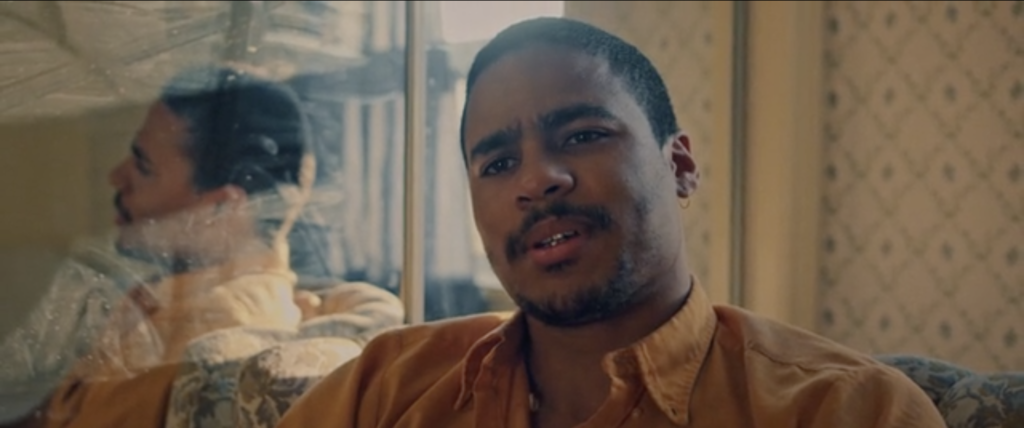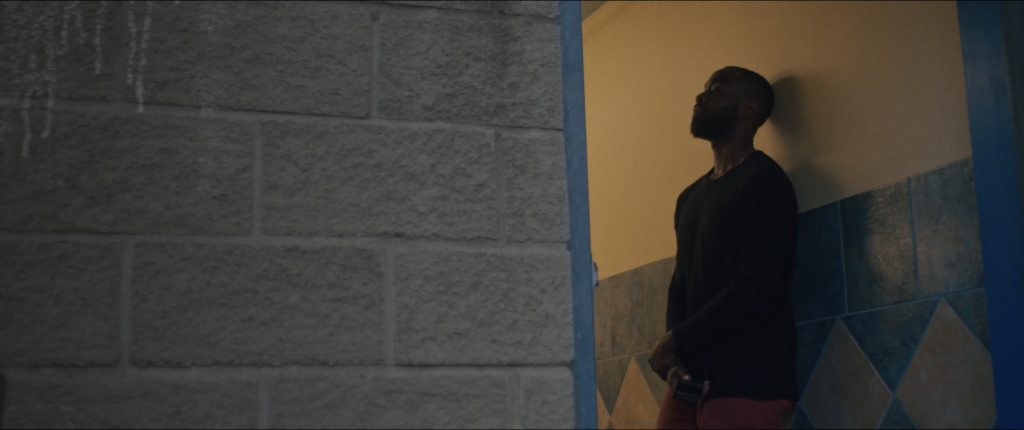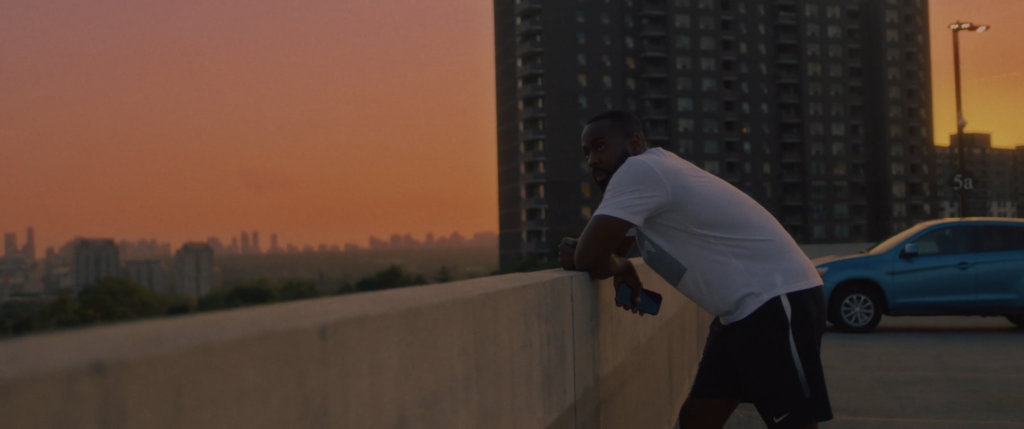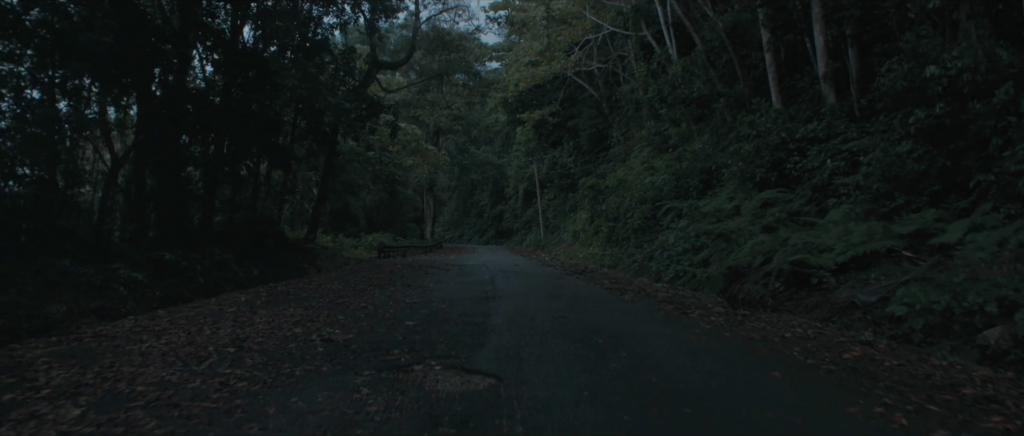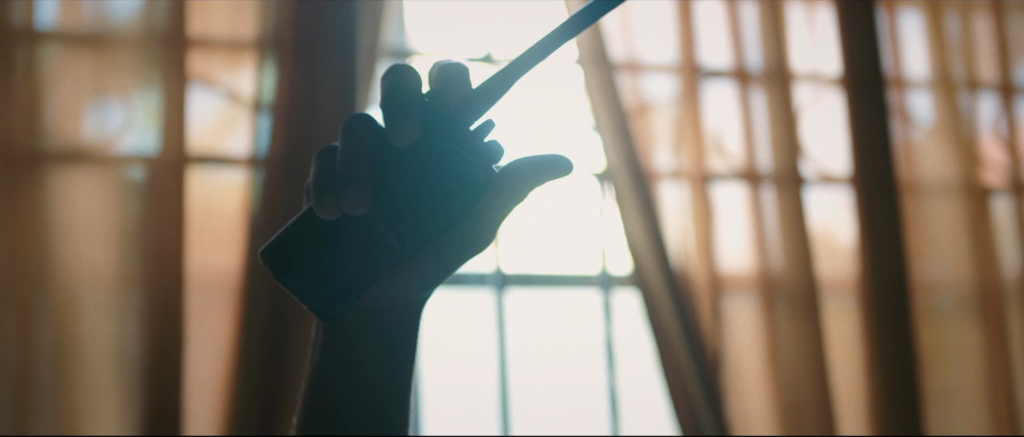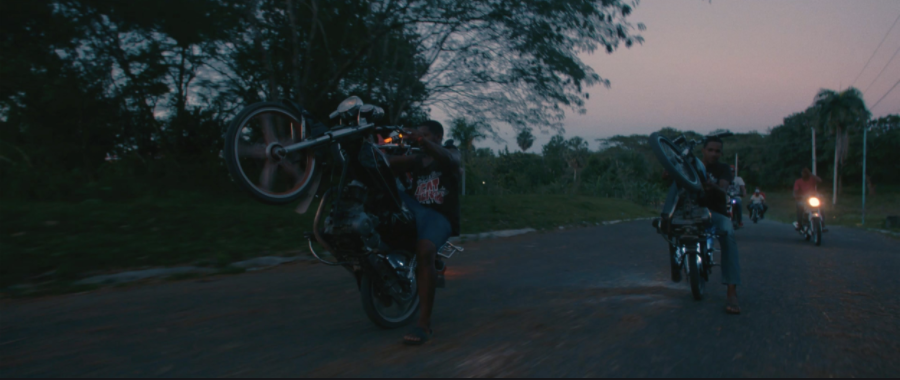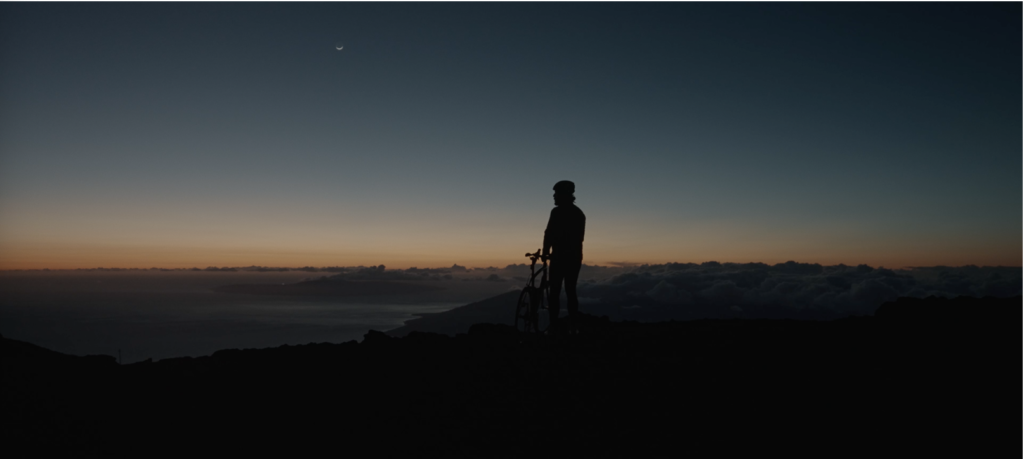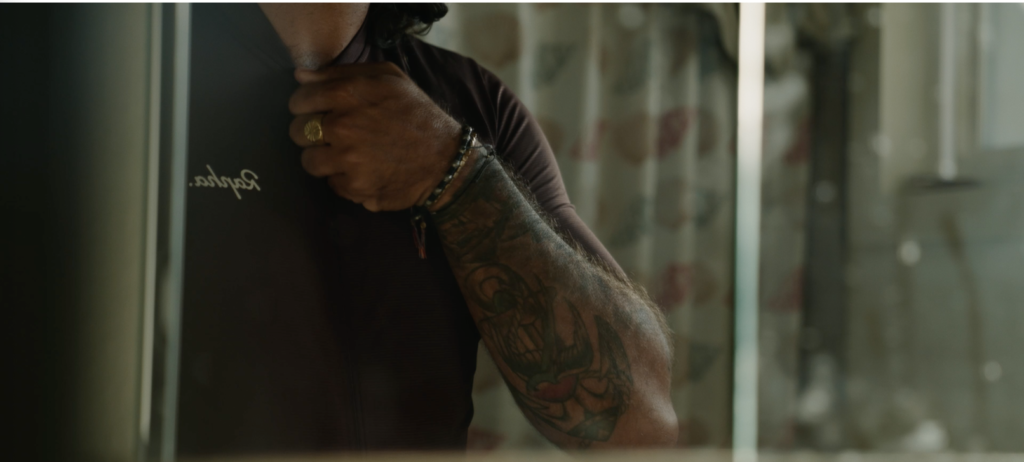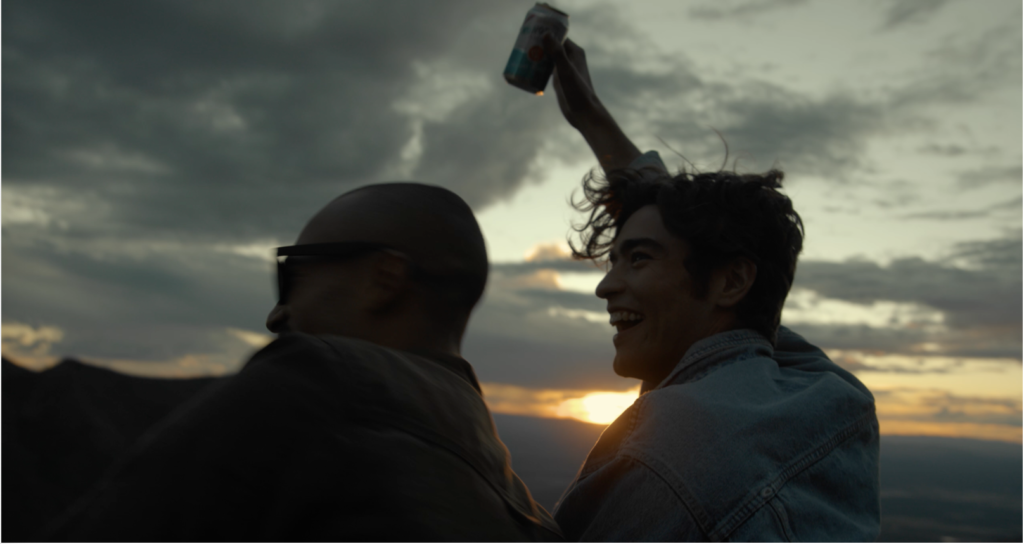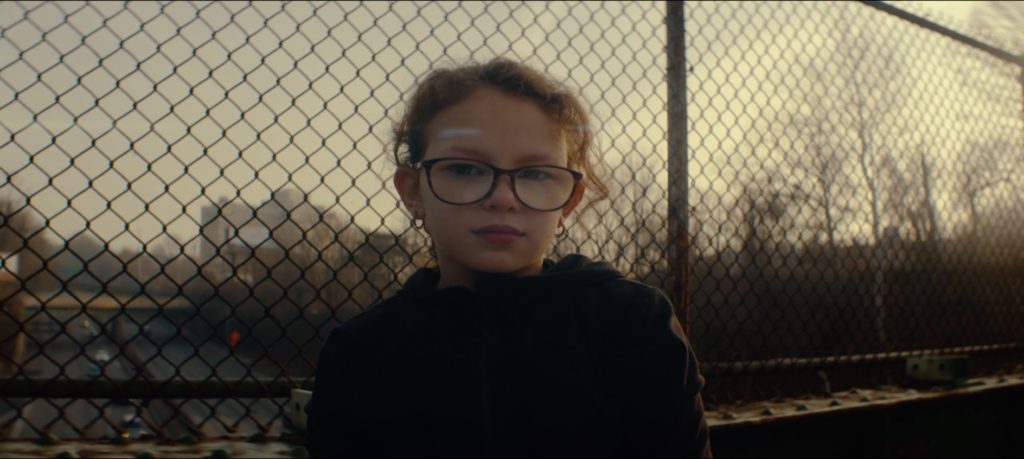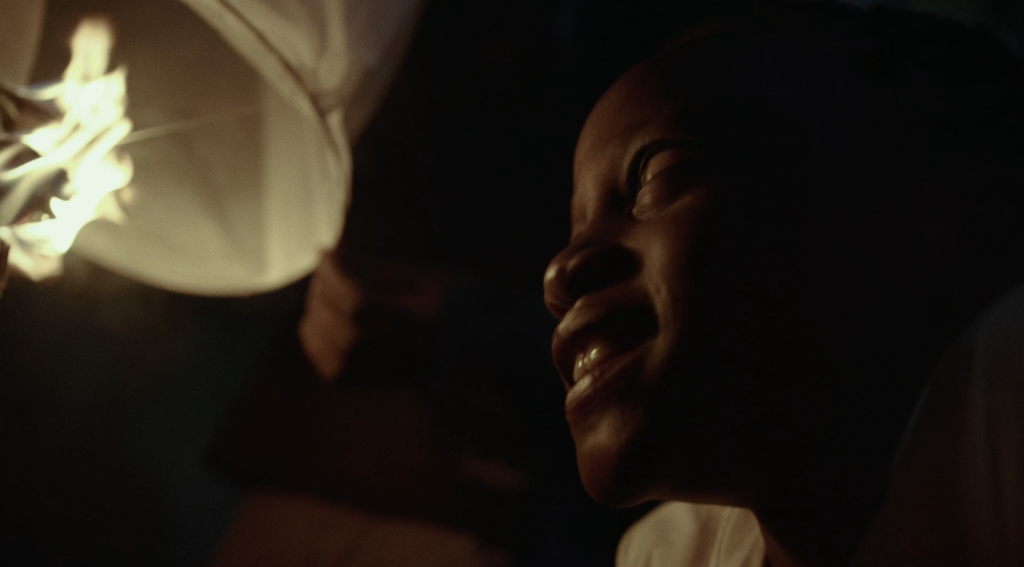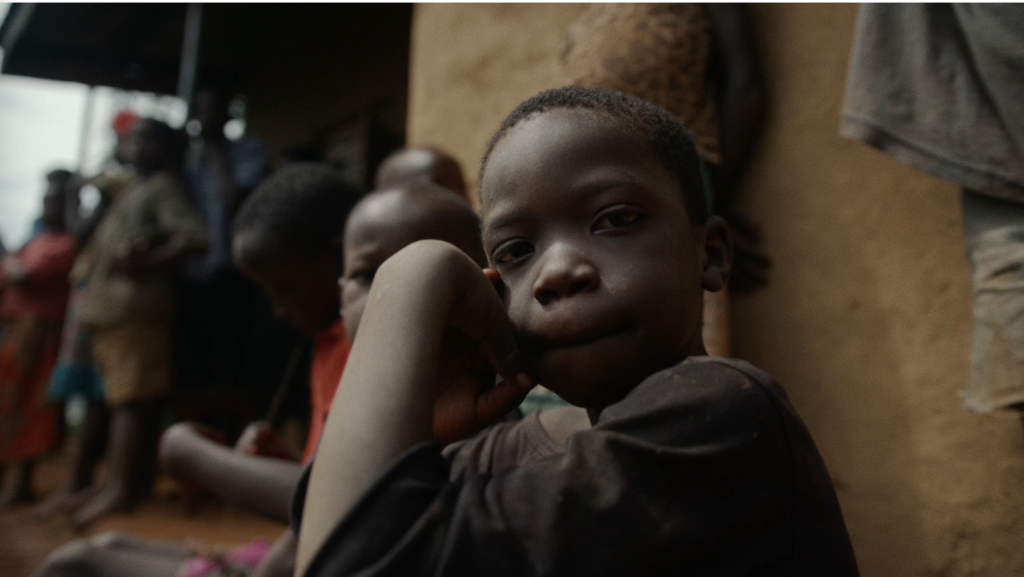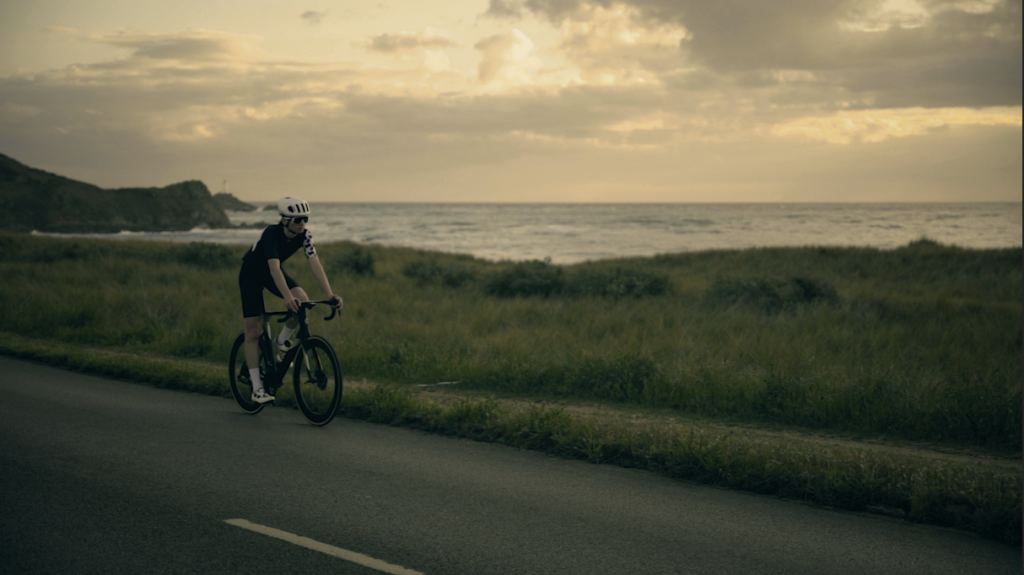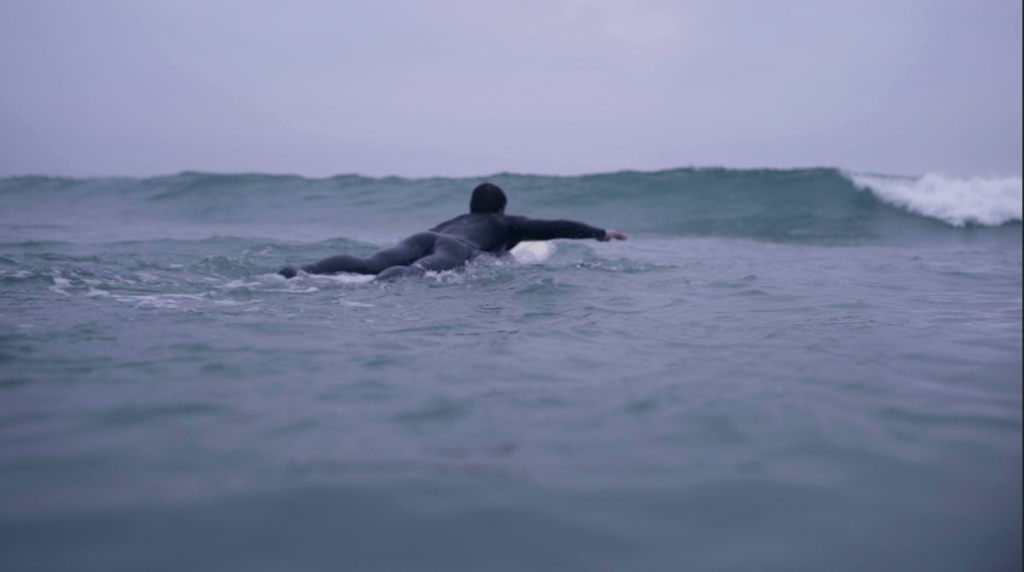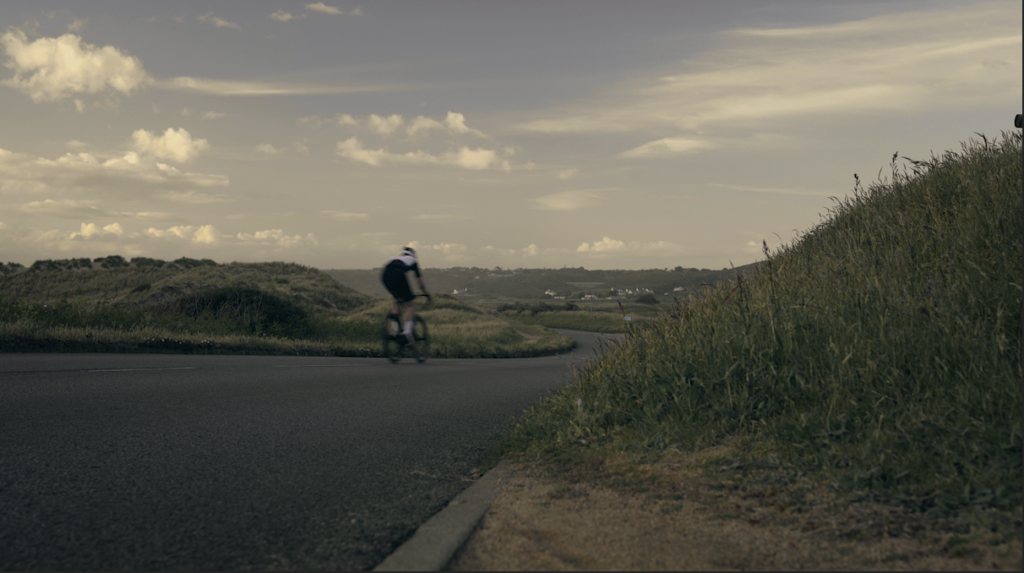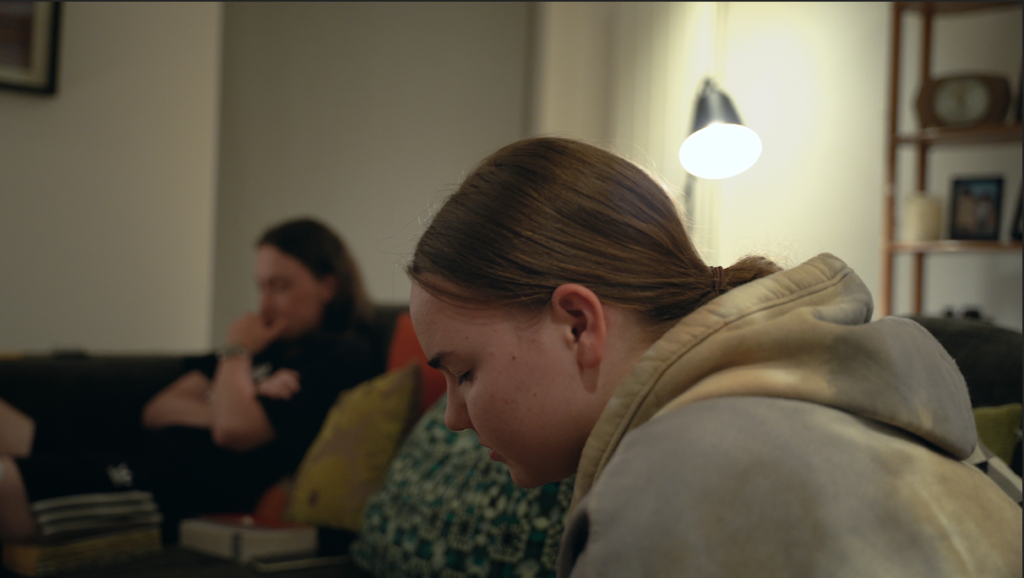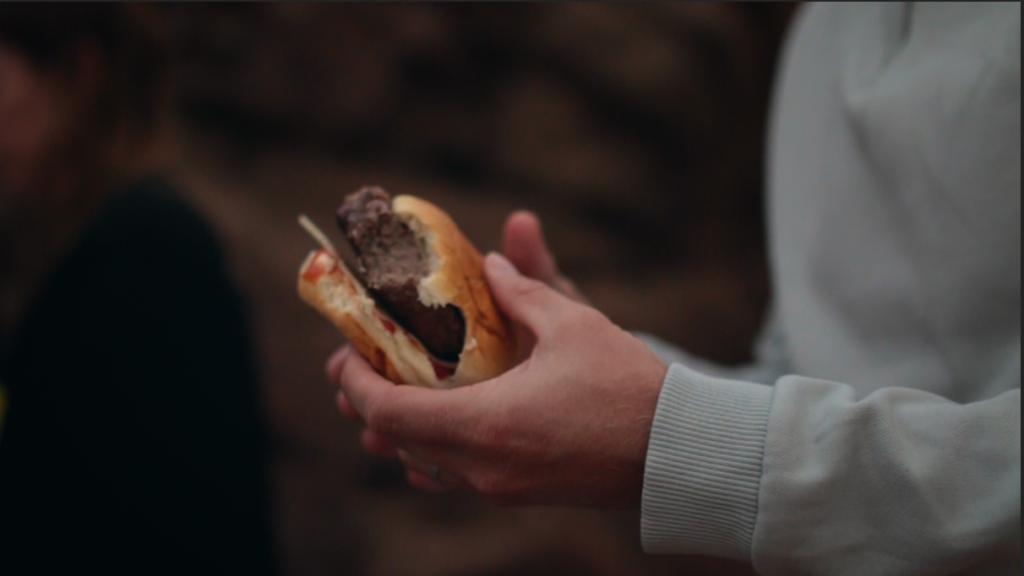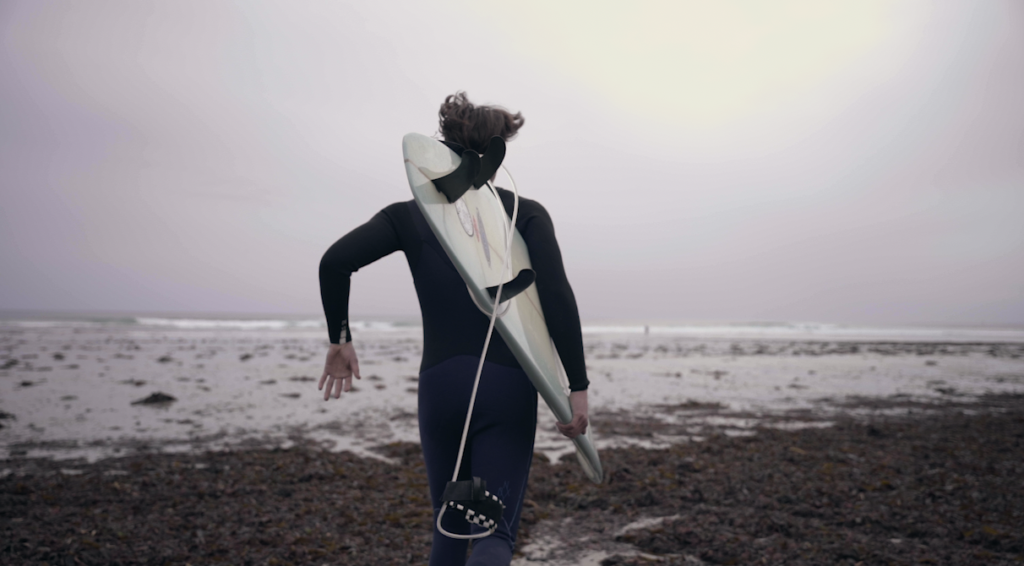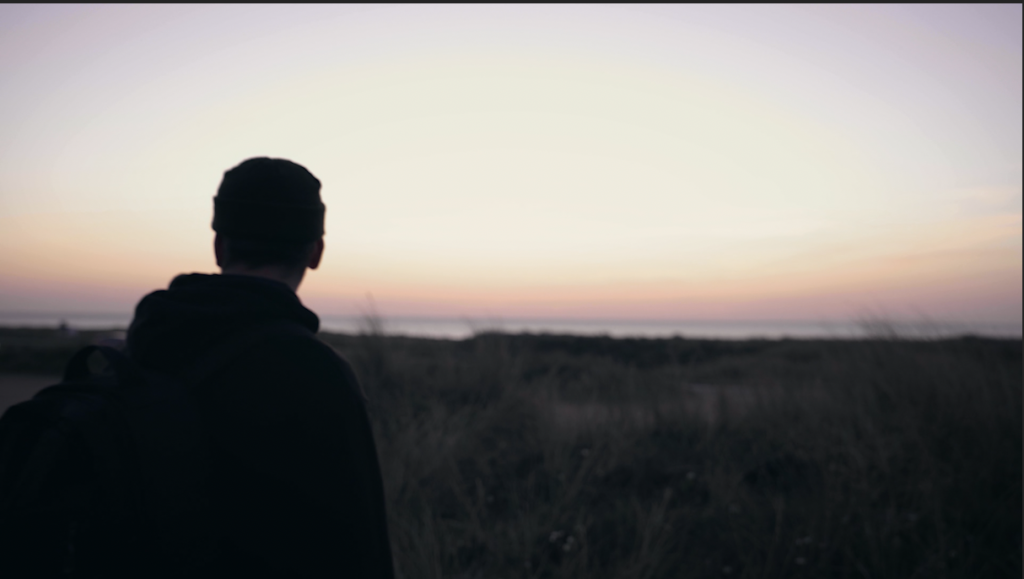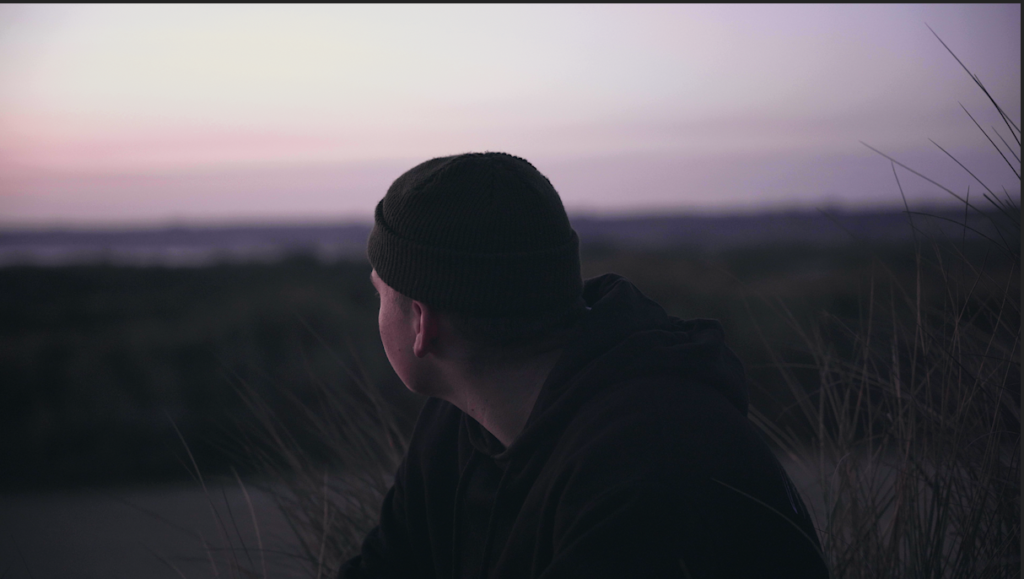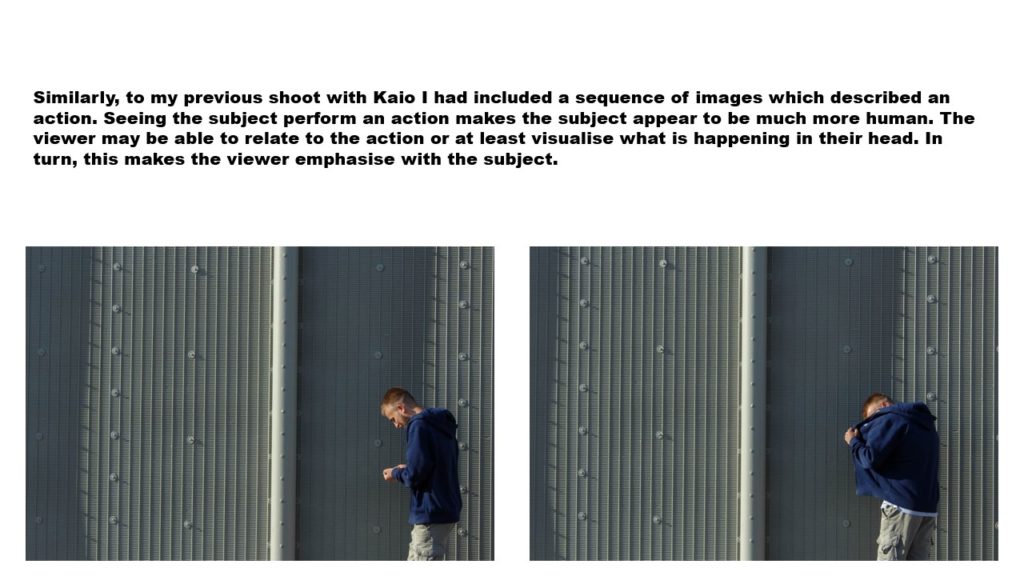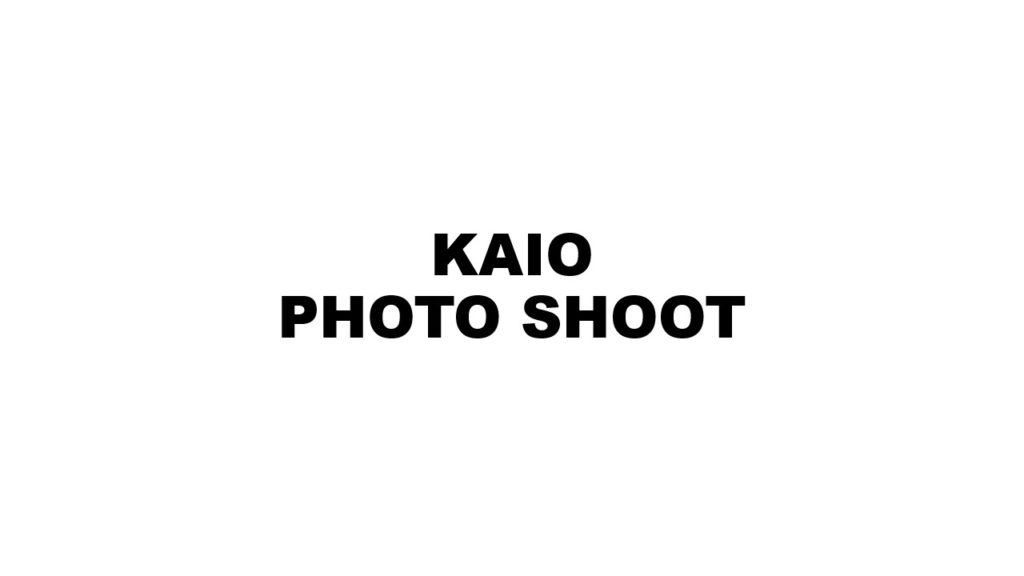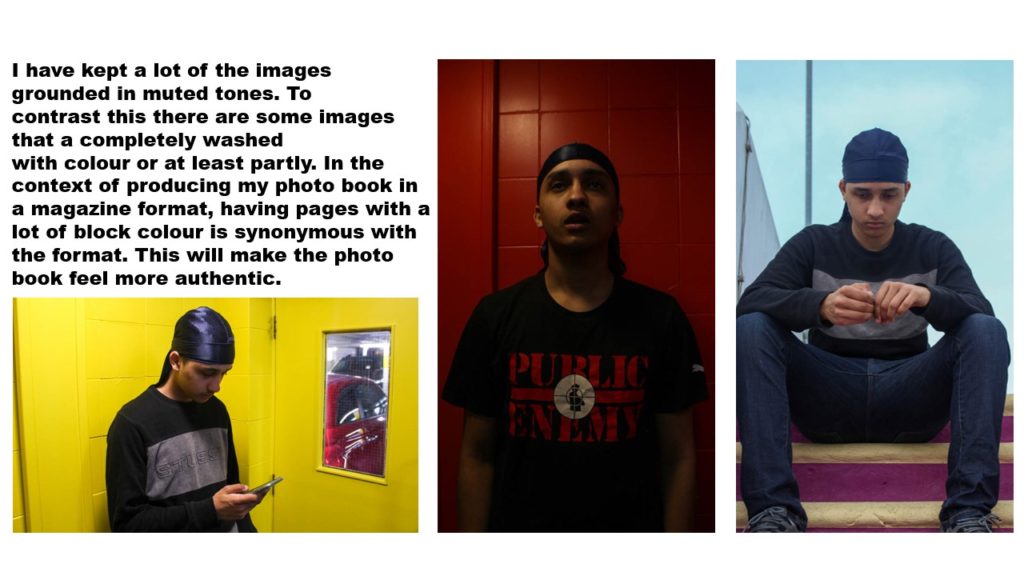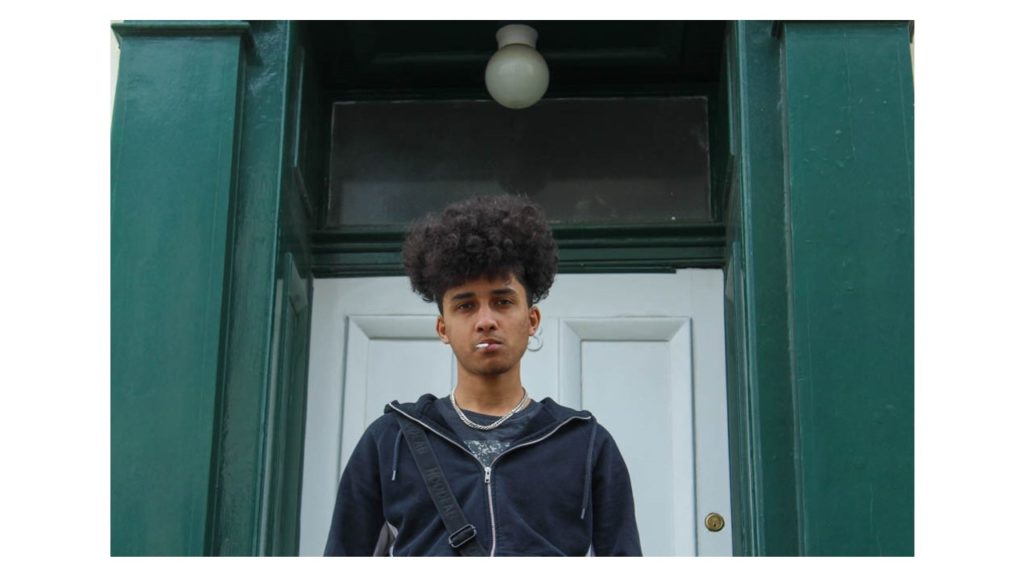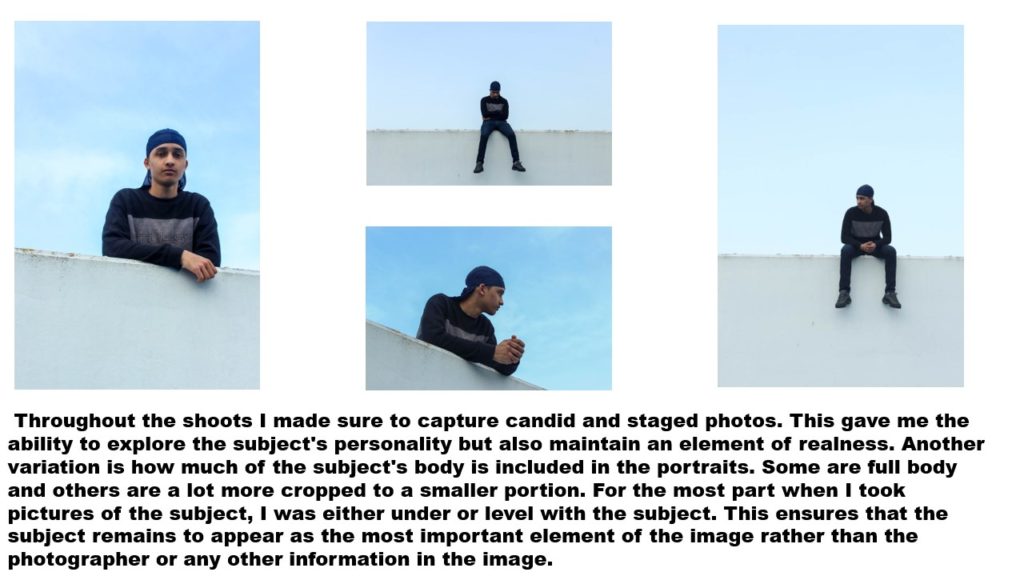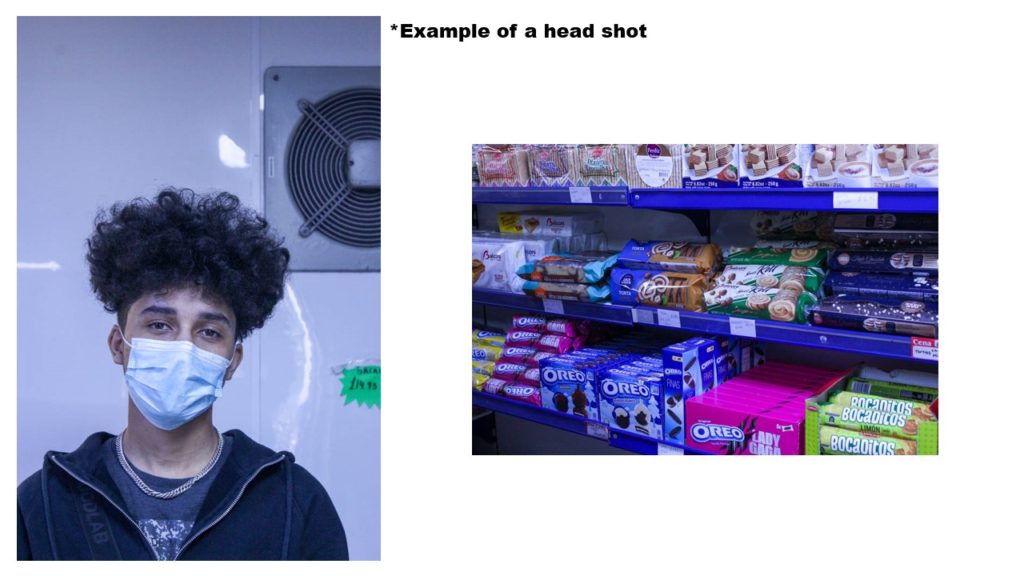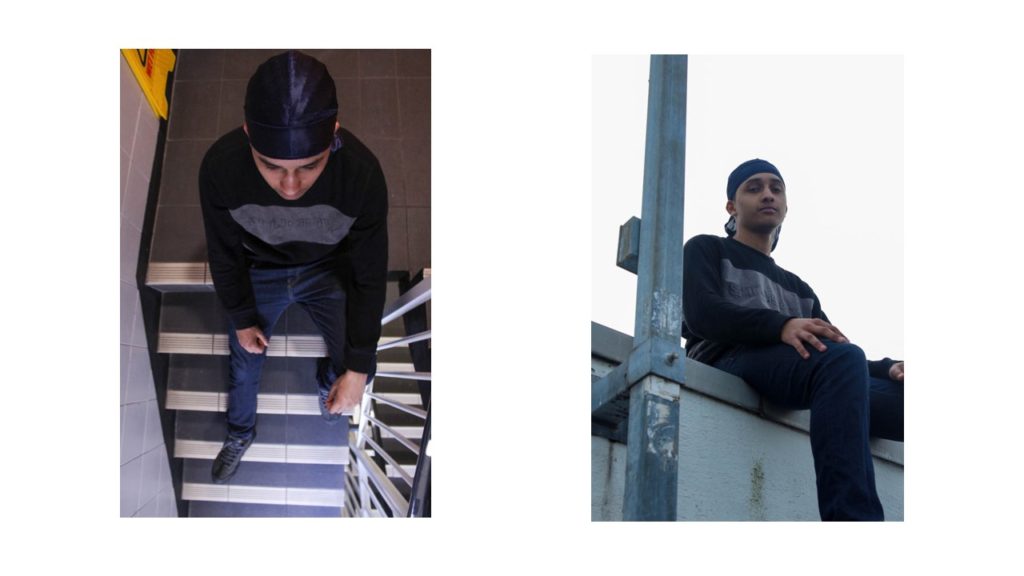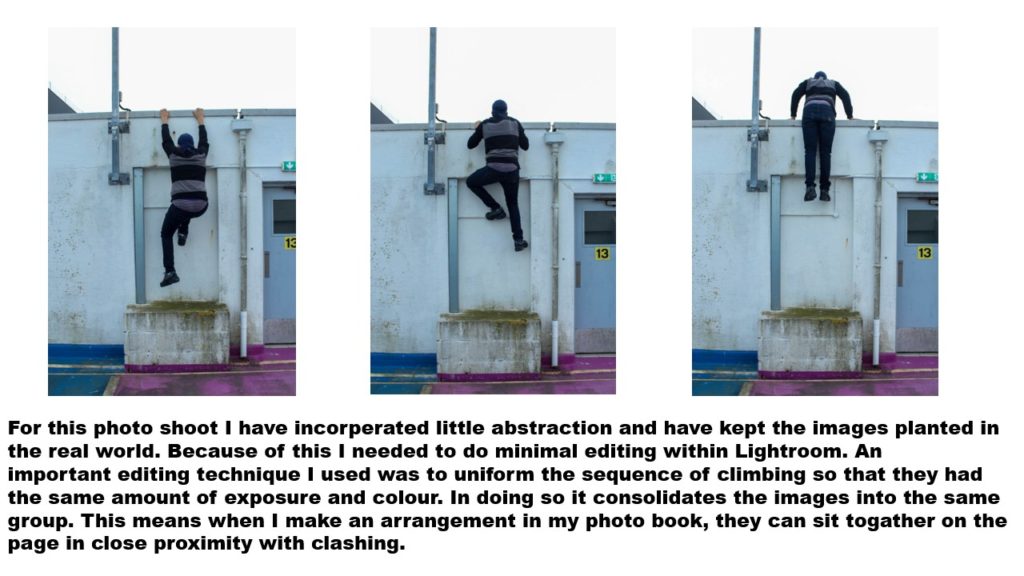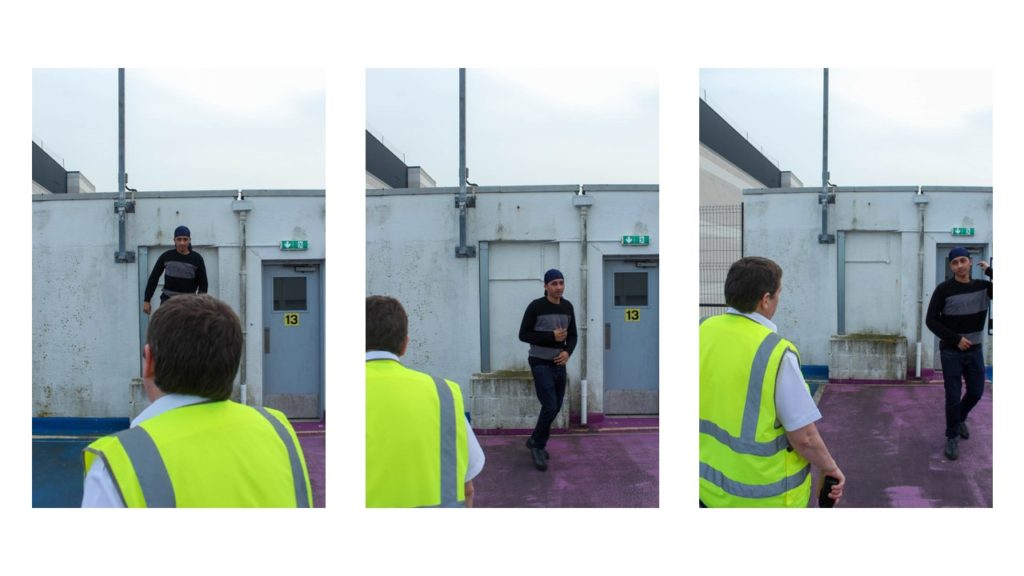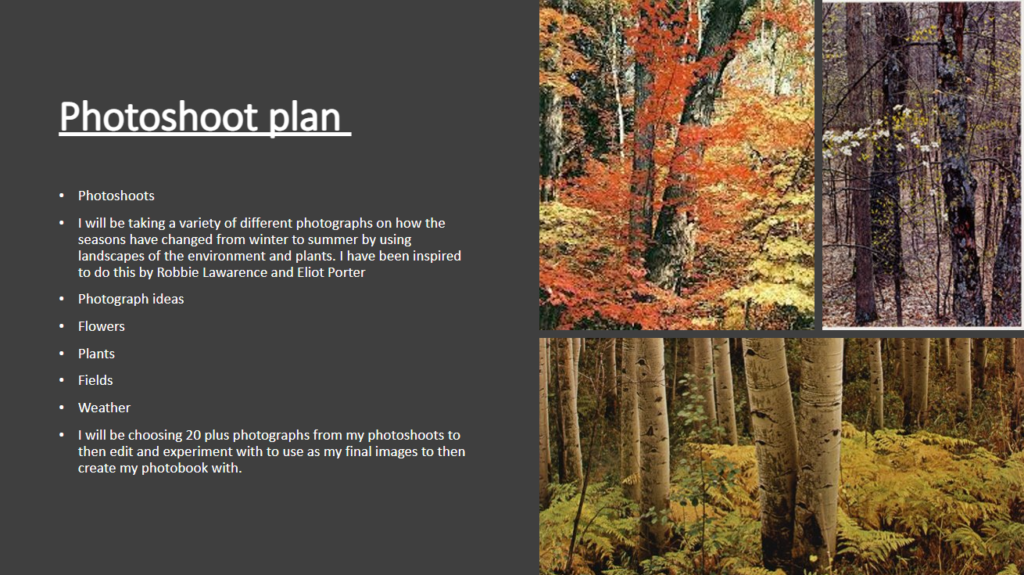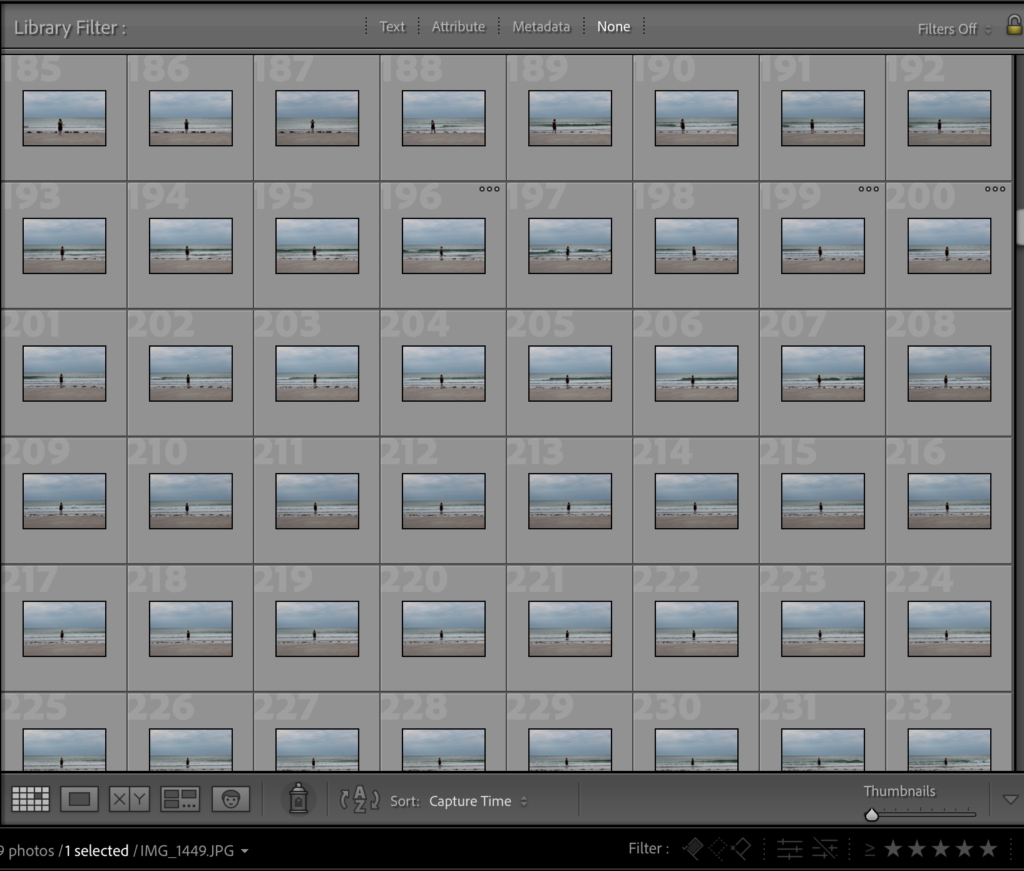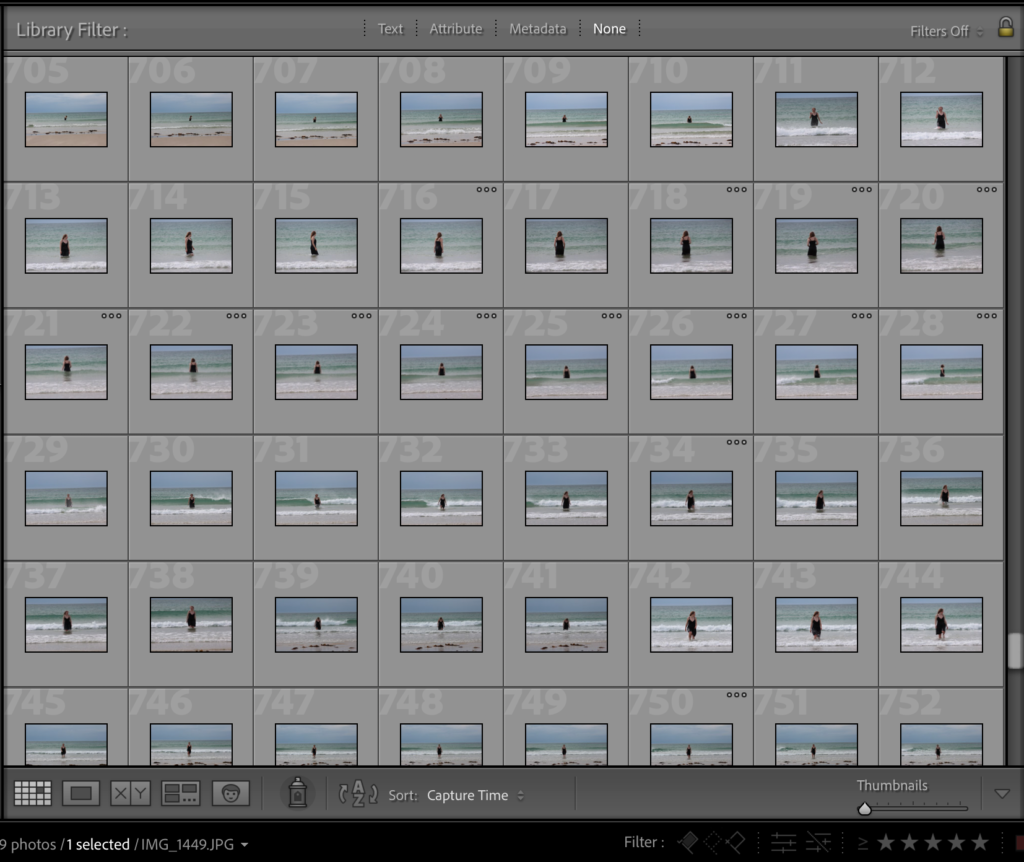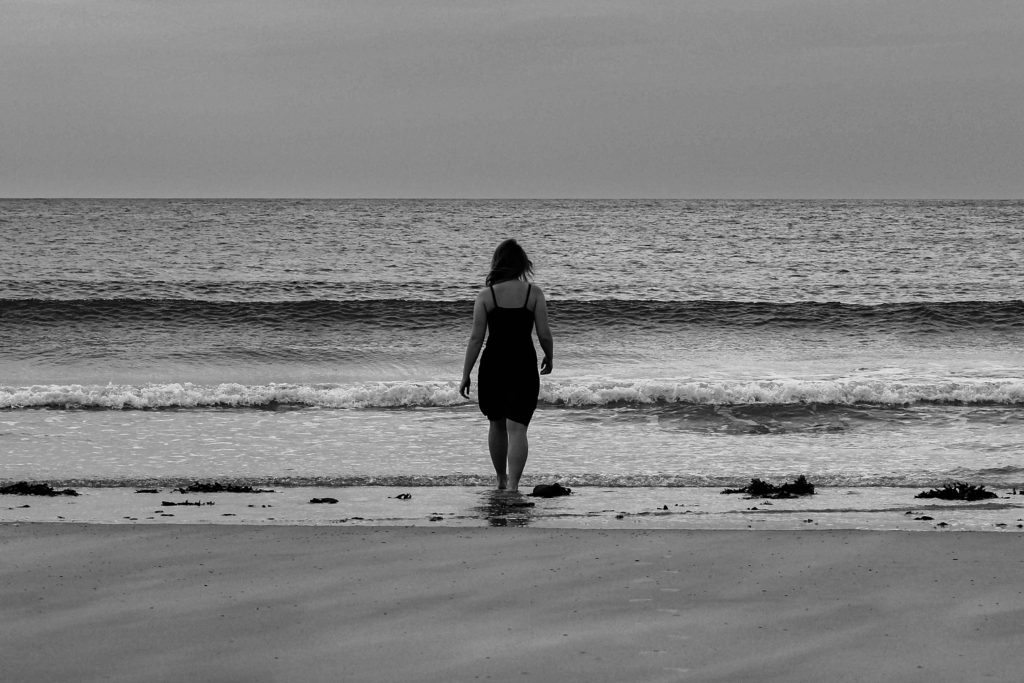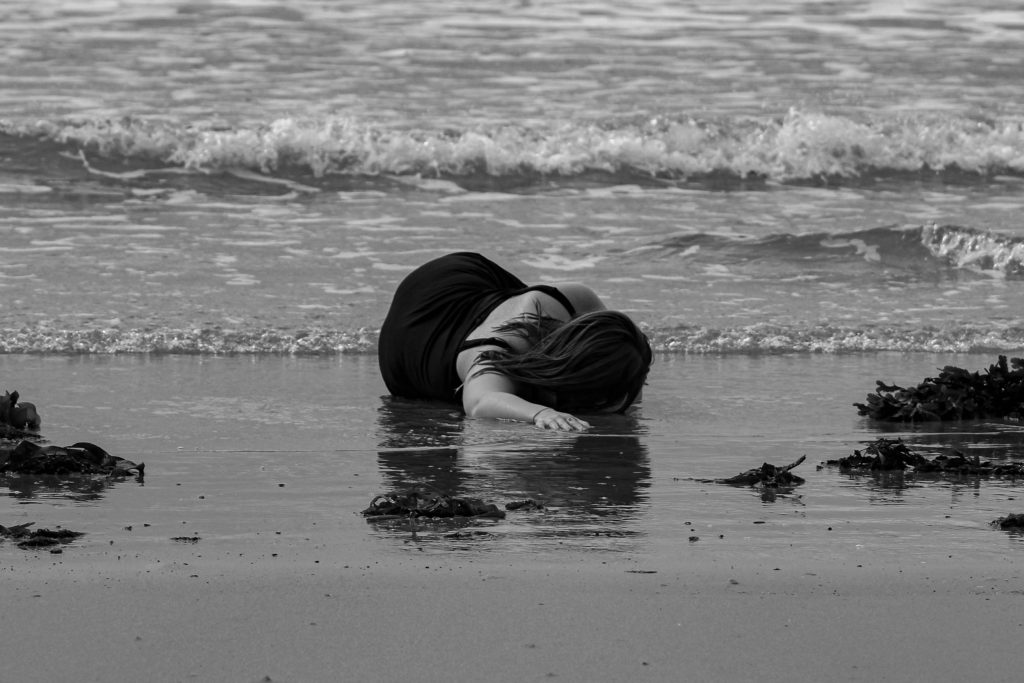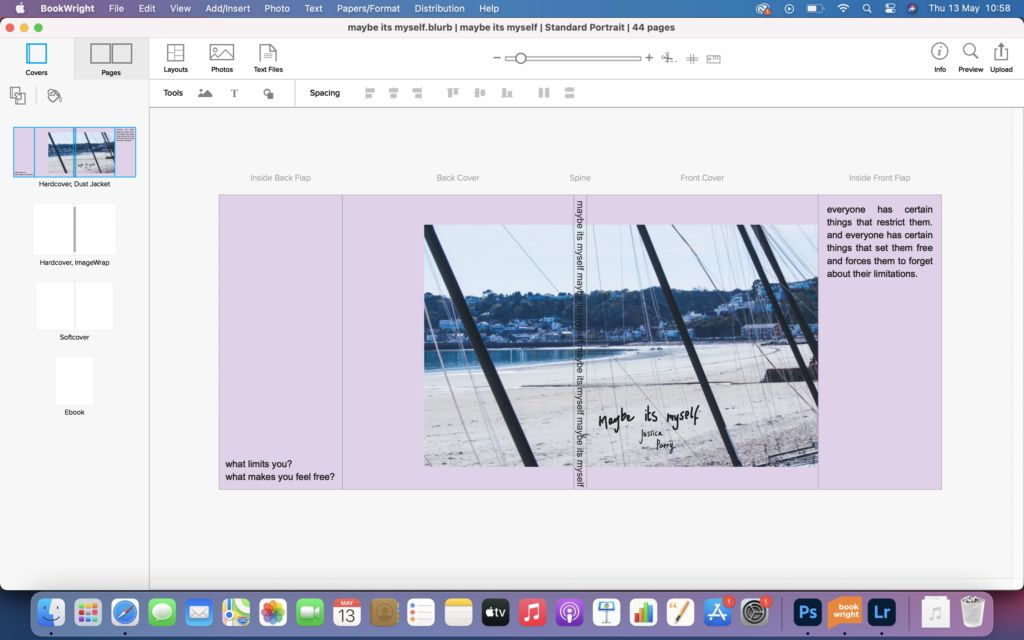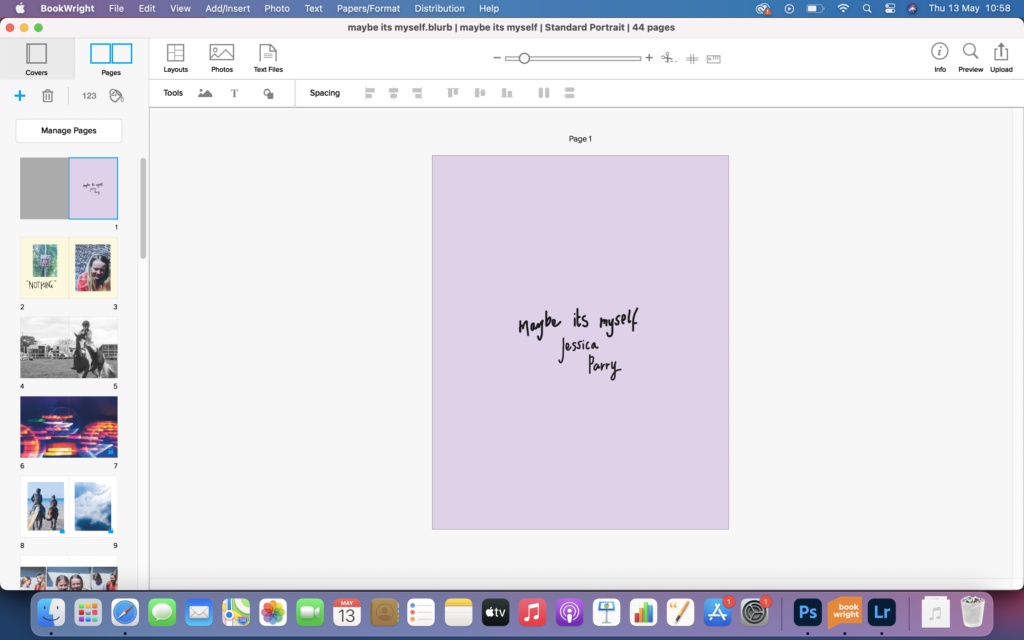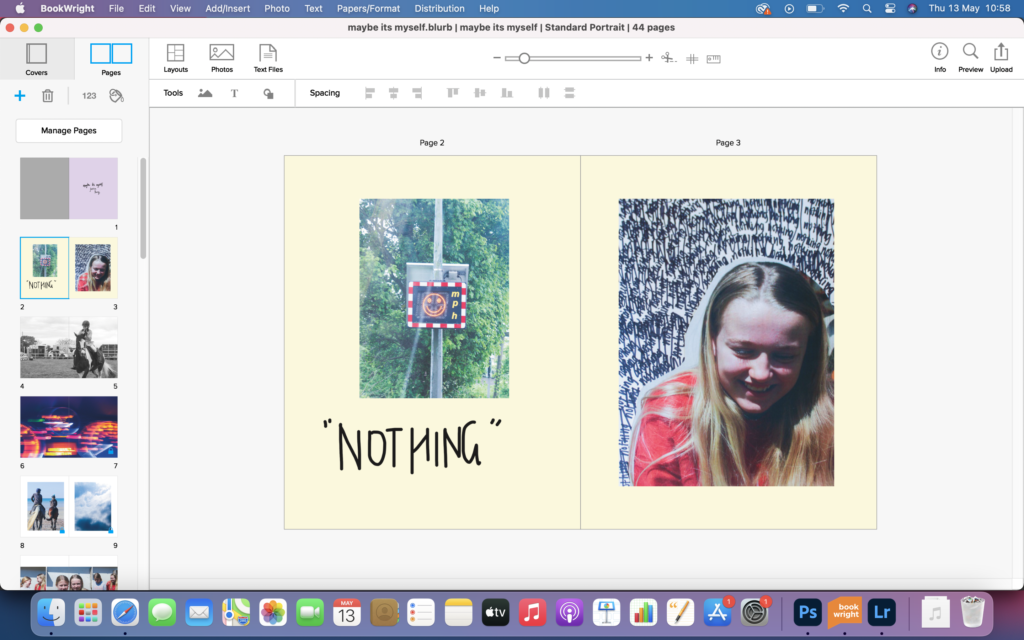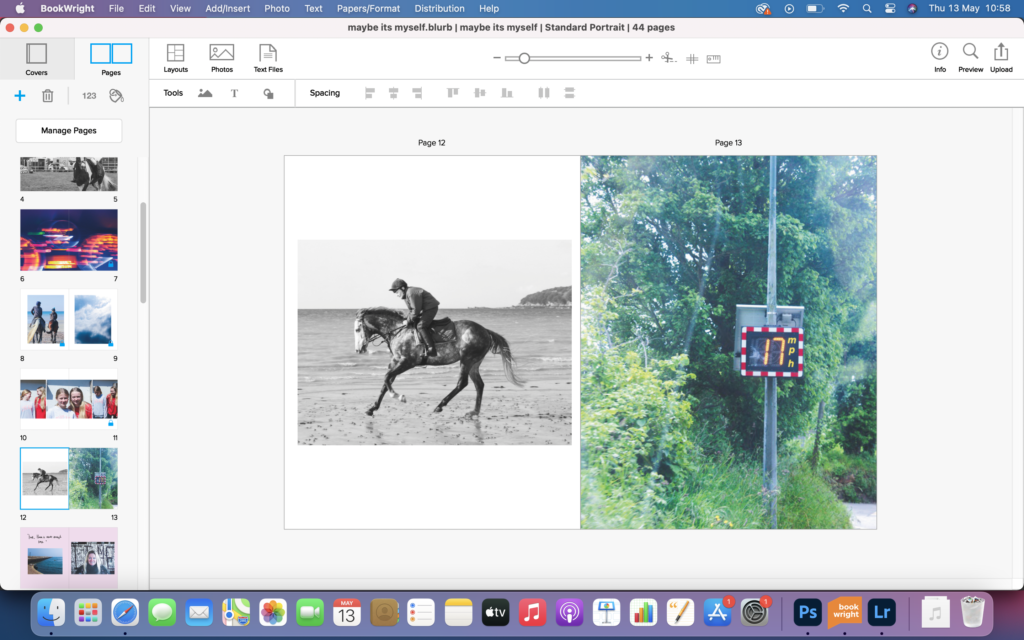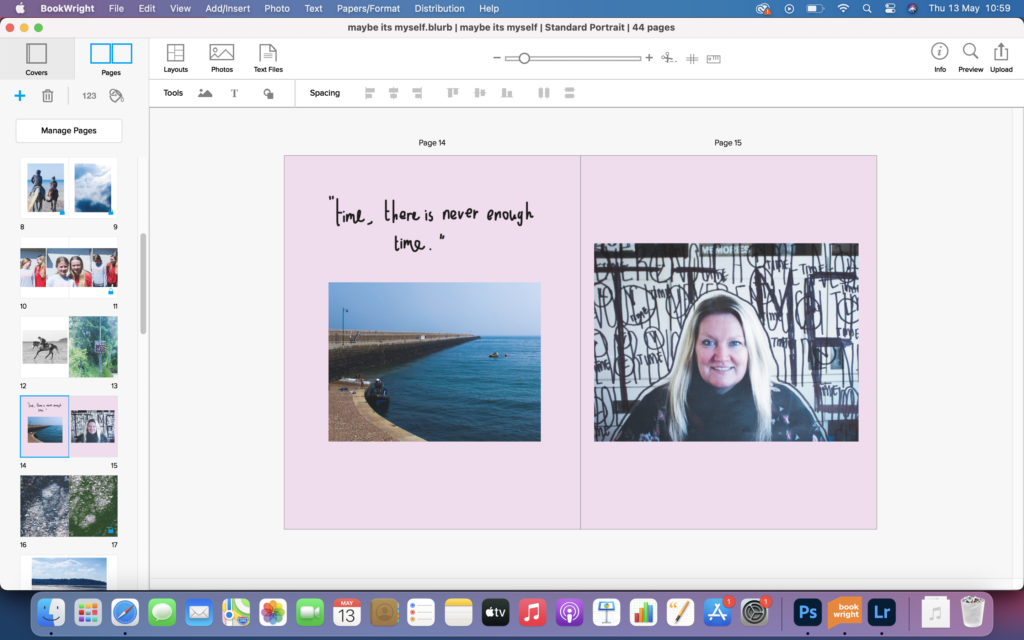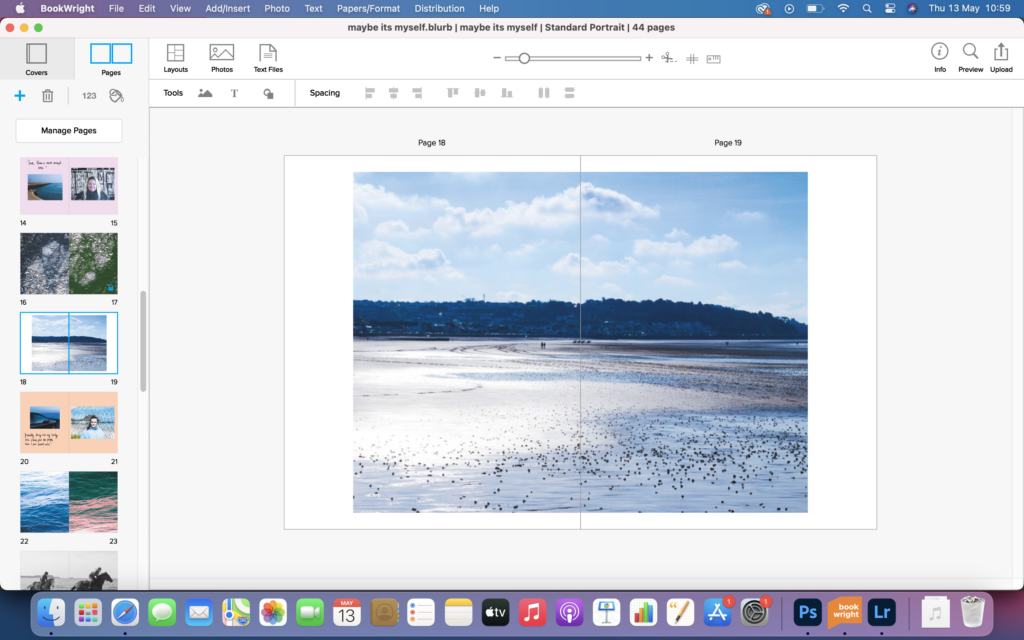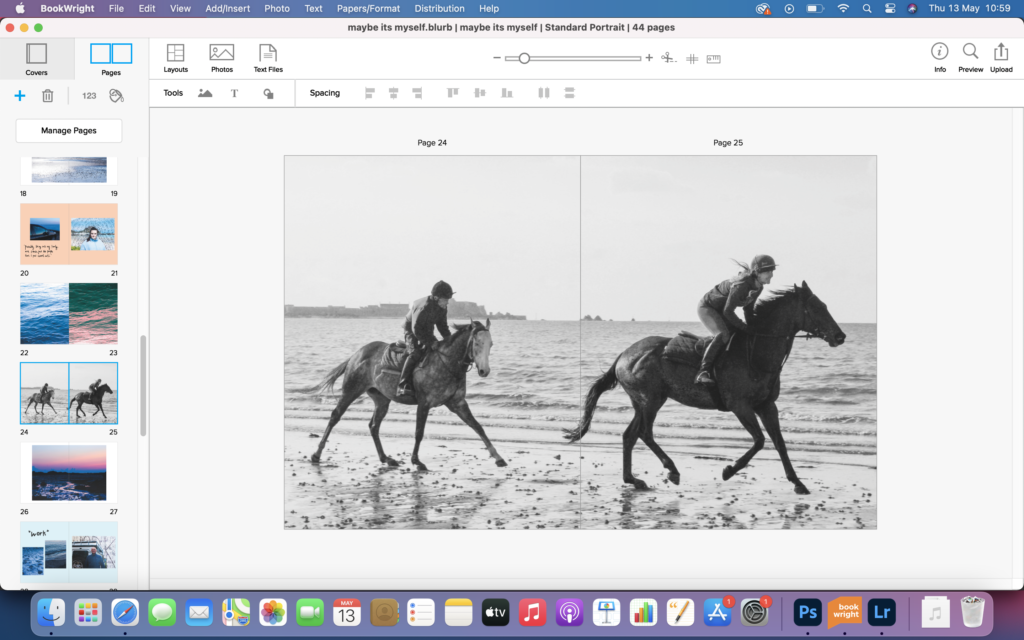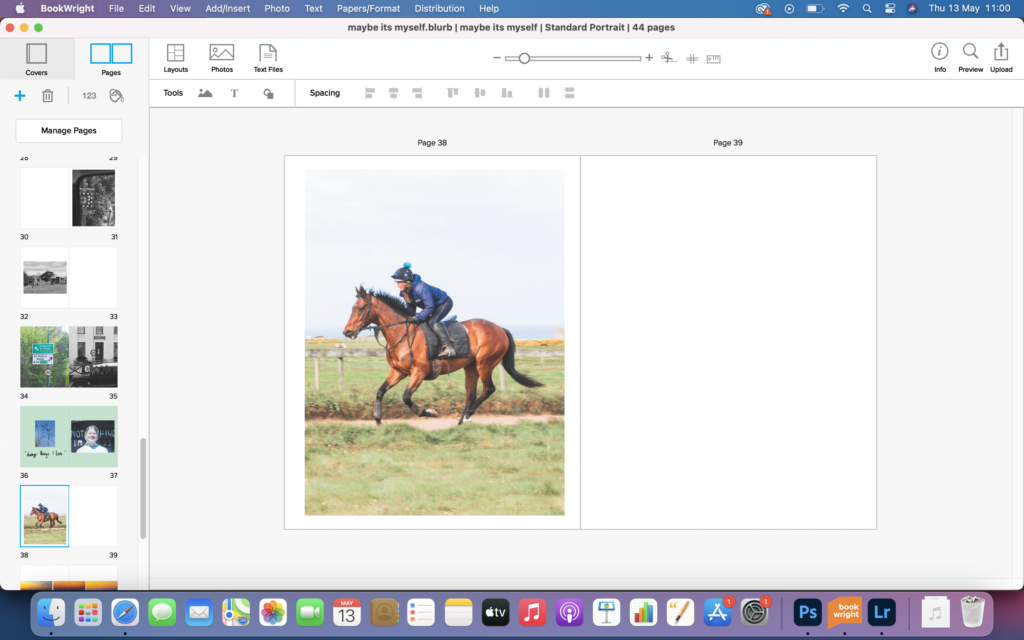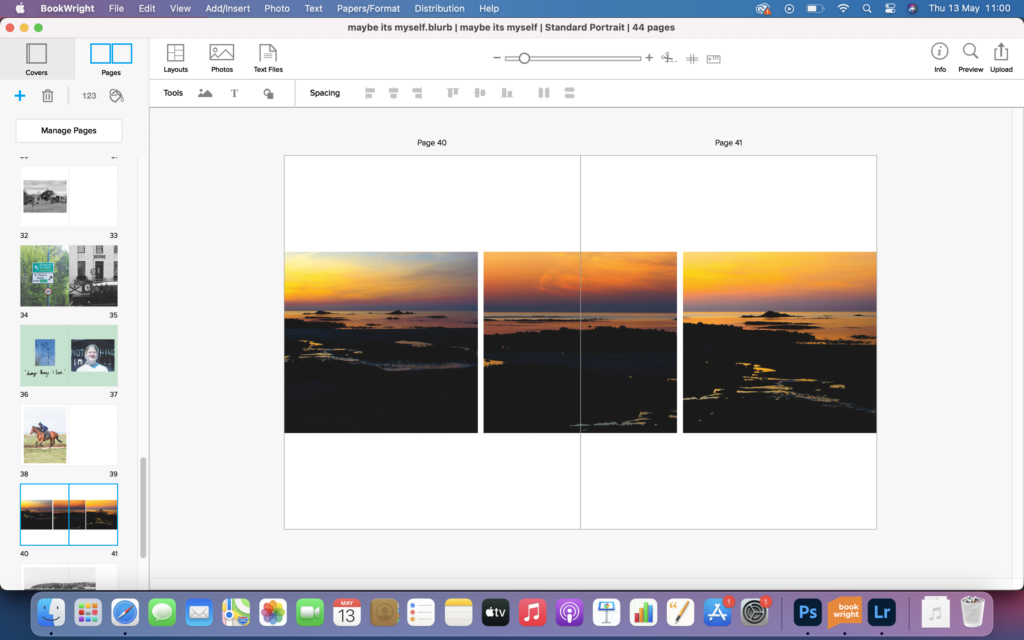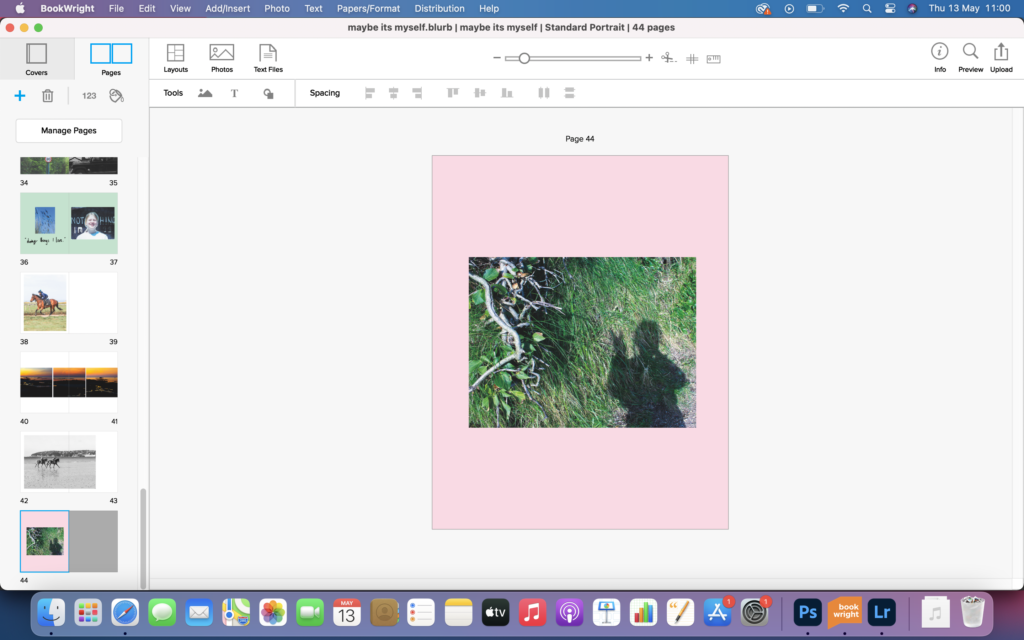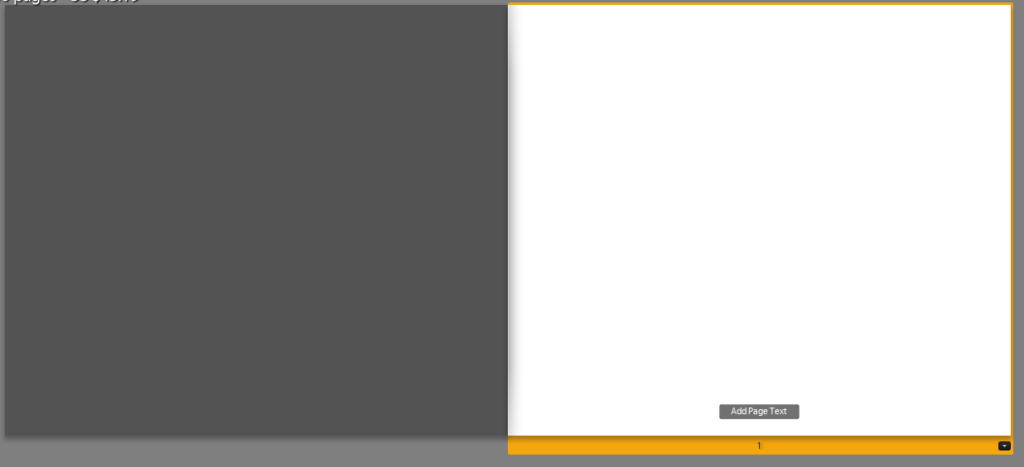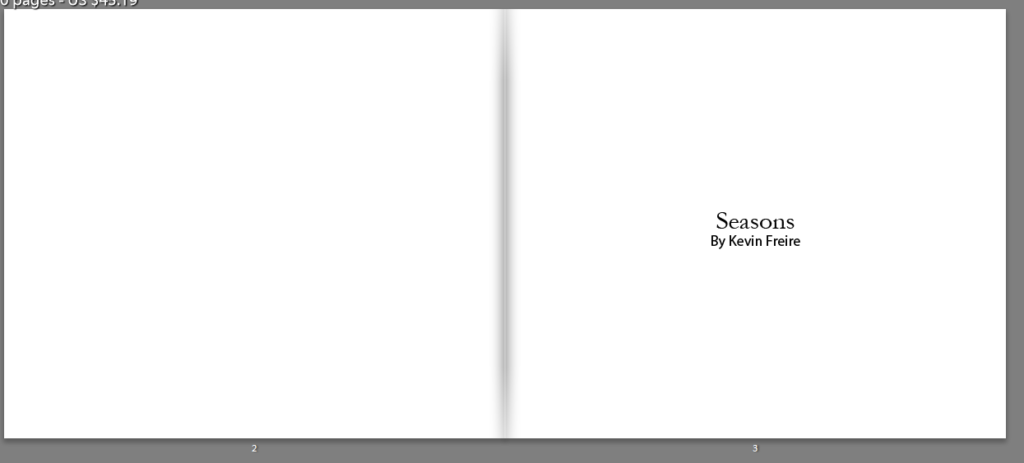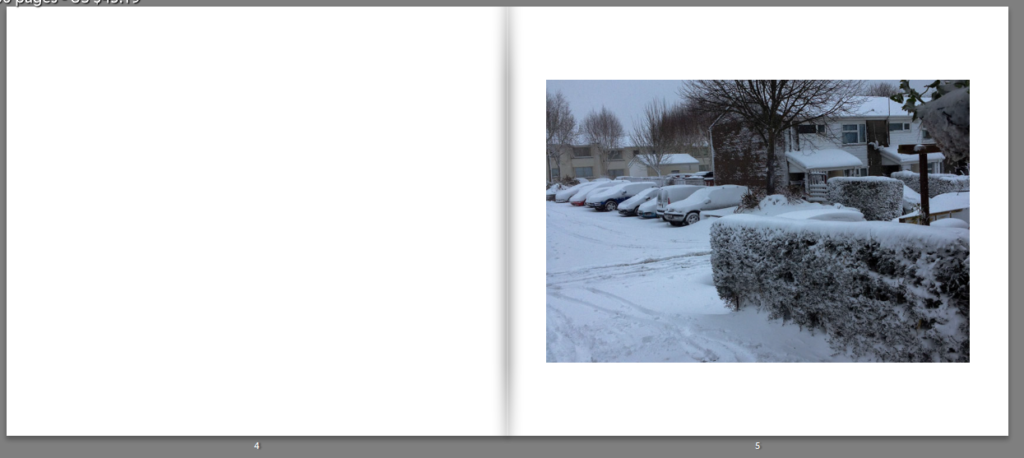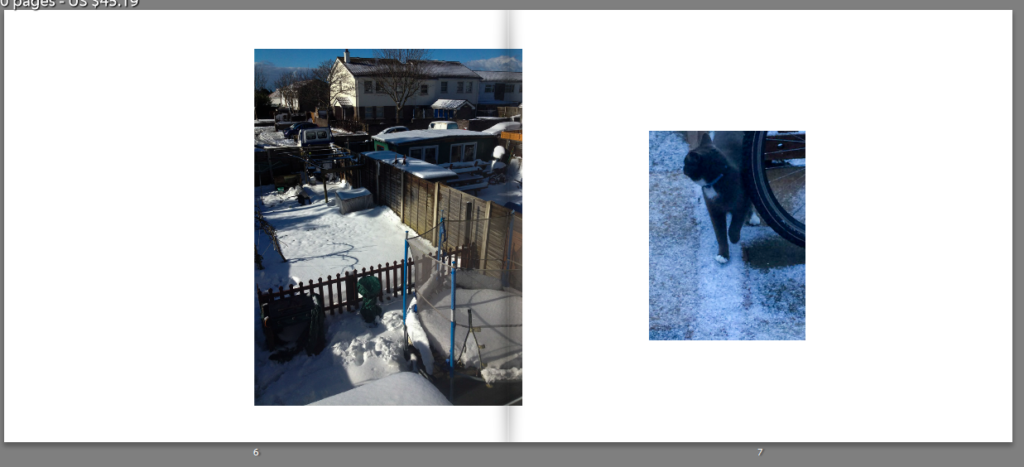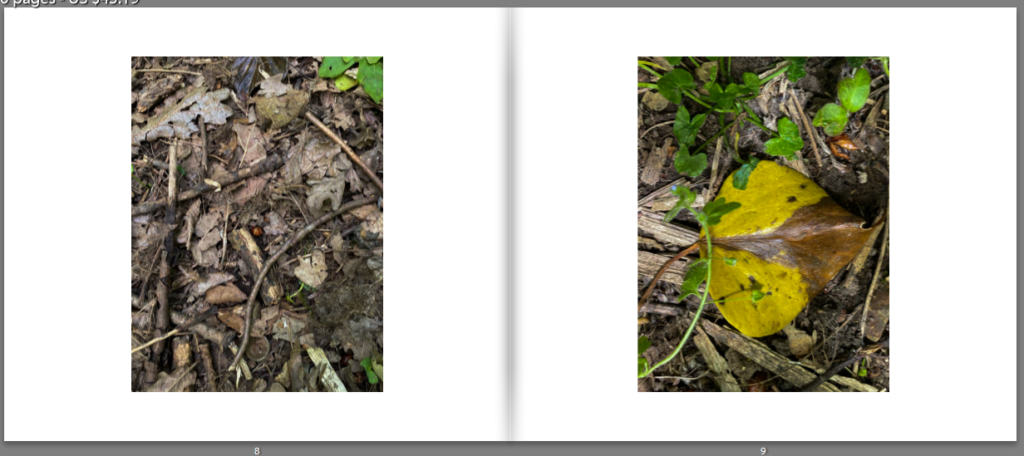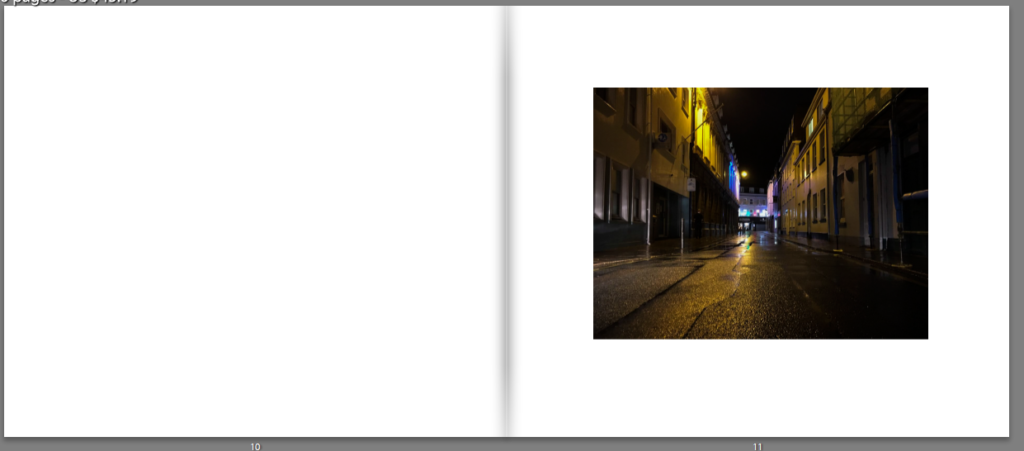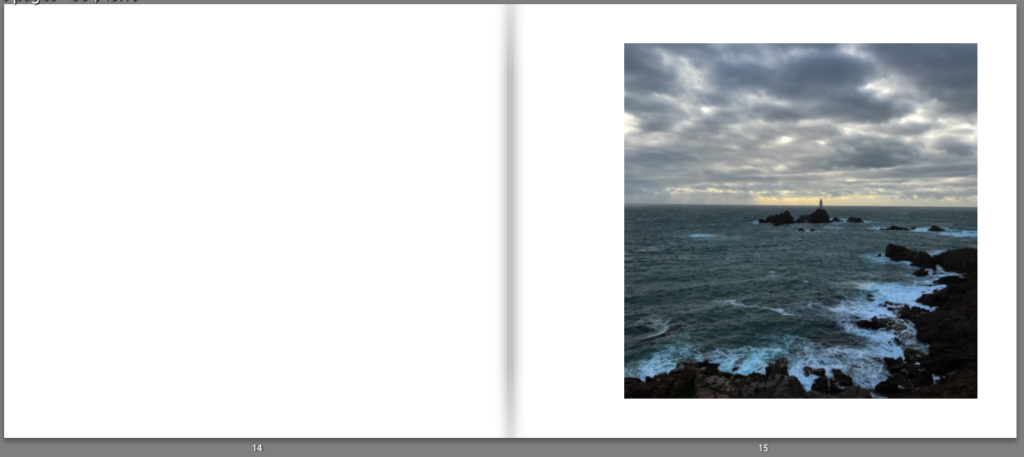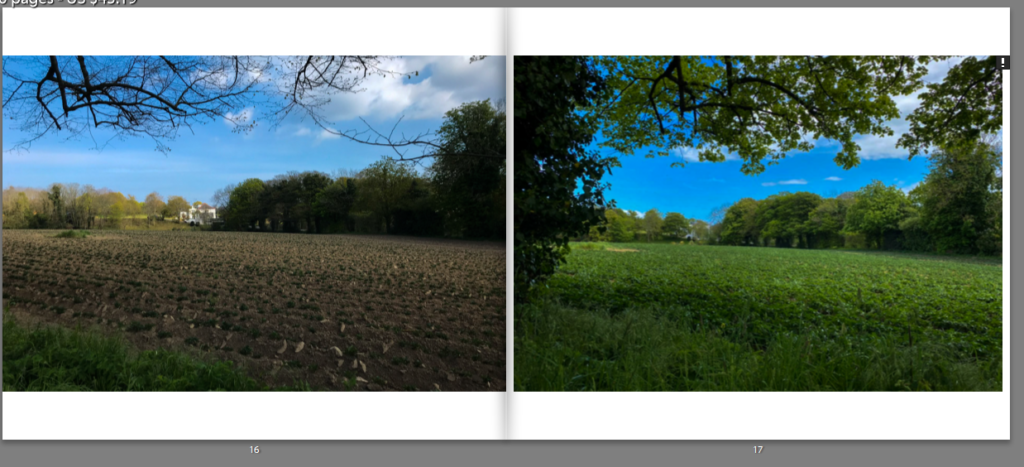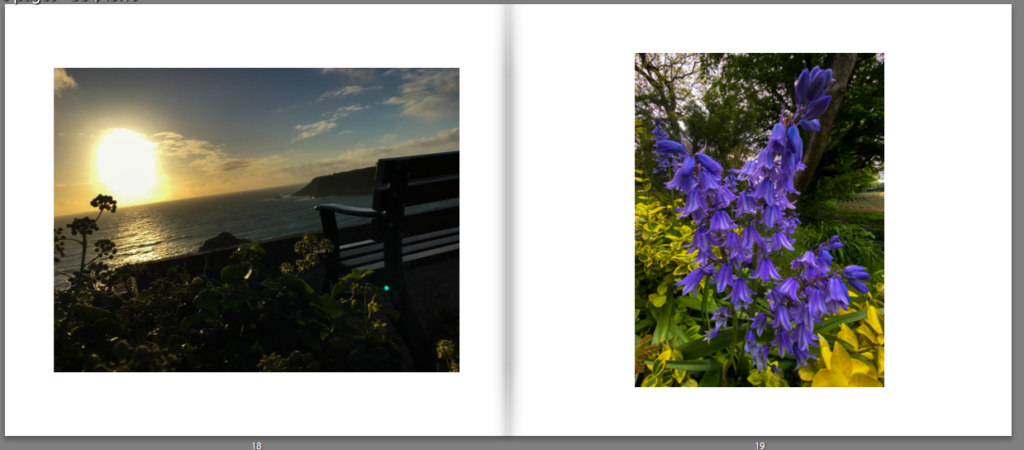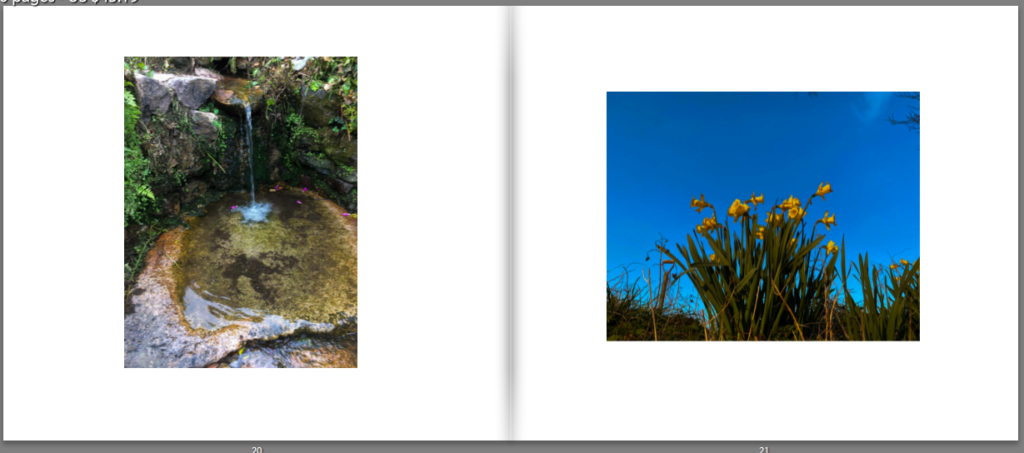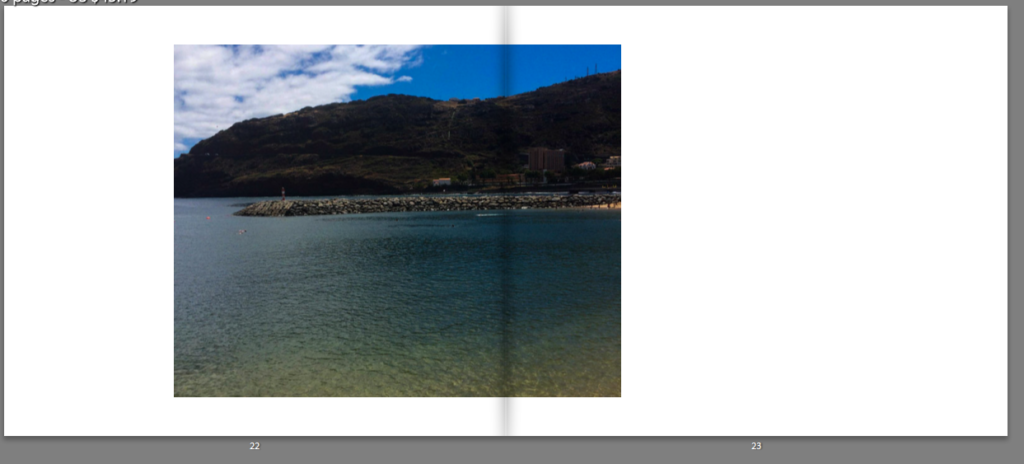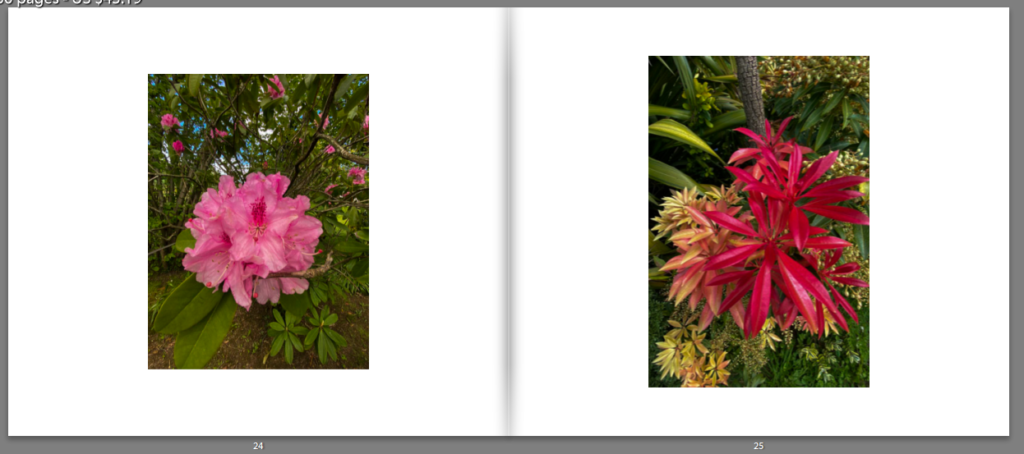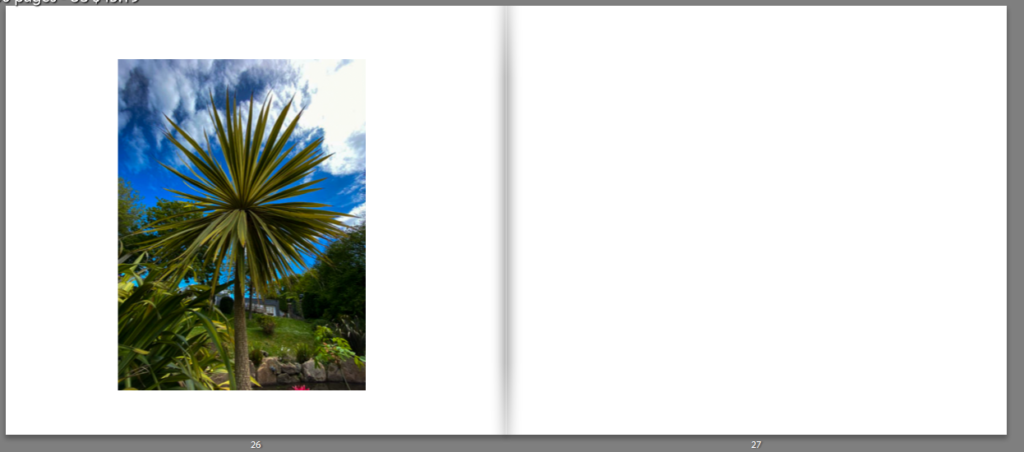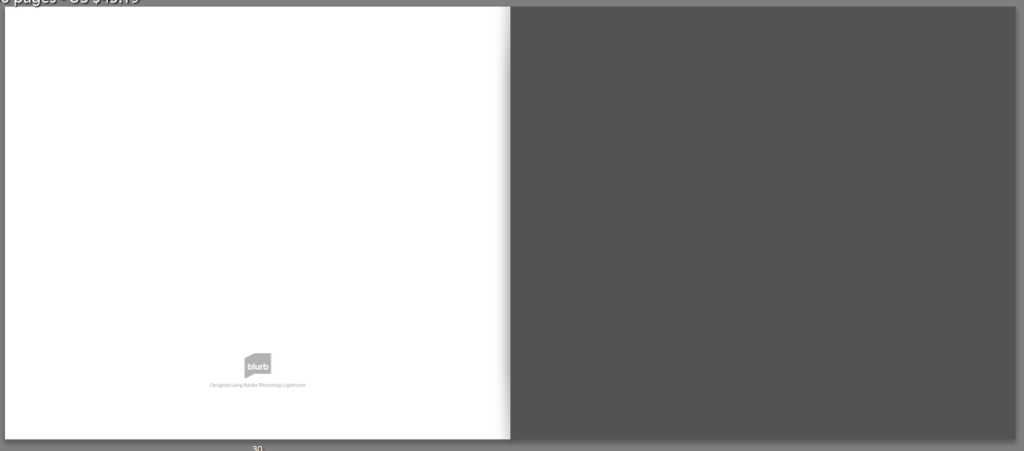When I went to the large bunker at the bottom of Plemont, the weather became a damaging factor and I was worried that the rain and the wind would make the tripod fall over as well as break the camera. Although I managed to deal with the weather and if anything it added to effect of the film by making me look more exhausted resulting in a creepier look to the film. I also liked the way that the rain dripped and echoed inside of the bunker as it made my film more ominous when editing the audio although I struggled to single out this one sound as the wind was very strong.
This part of the film related to the them of freedoms and limitations the most and expressed it better than any other part. The drastic contrast between light and dark adds to the thought of oppositions. Being in the dark means lack of knowledge or being hidden from the truth whereas putting light on the situation adds meaning and truth just the same with freedoms and limitations.
My specific inspiration for these scene was Duane Michals. Duane Michals first made significant, creative strides in the field of photography during the 1960s. In an era heavily influenced by photojournalism, Michals manipulated the medium to communicate narratives. The sequences, for which he is widely known, appropriate cinema’s frame-by-frame format. Michals has also incorporated text as a key component in his works. I like the way that Michals presents his work as dark and ominous as that’s the way I like to go about presenting my work also. I like the theme of black white where shadow and light appears to be a lot more dramatic than it would be if the photograph or film was in colour. Whether the spirit/ghost is visible in the photo or if there is a feeling of the supernatural lurking around the photo, I think Michals work represents the unsettling feeling of uncertainty. His work links to my theme of Freedoms and Limitations as there’s the idea that the angel/devil near the bed had the freedom to do what they want without consequences but as had the limitations of not having a normal human life.

My other inspiration was Zhang Huan. Zhang Huan is a Chinese artist based in Shanghai and New York City. He began his career as a painter and then transitioned to performance art before making a comeback to painting. He is primarily known for his performance work, but also makes photographs and sculpture. He is usually photographed by the photographer Rong Rong. Both of the artists work combined creates an inspirational flow for which I will consider incorporating into my film. In relation to Freedoms and Limitation it is clear that the photographs below connect greatly to the theme. The photography is clearly showing some people being completely trapped and chained by the society in which they live in. Whereas some of the photos show the complete exposure to the real world and freedom to explore nature and the imagination. I like the amount of depth the photos explore and the rawness; it has an unsettling element to it which I’d like to display within my own work. I also like the way the photographs are displayed as worn out photographs; it makes the viewer feel as if that they are viewing has some historical importance or that the photograph is deemed as special or one of a kind. The photograph above has also given me some inspiration for my film. I was thinking that if I wasn’t to present there beginning or the end of my film in my bedroom, I was going to use a bunker to have an element of darkness as well as to show one of the girls in my film to have a life which isn’t glamorous compared to the other character. I think the image has a lot of depth to it as the door towards the background shows the light coming through indicating that there’s a way out from the bunker which could be seen as metaphorical for a way to escape the darkness and move towards something to improve a persons life. Which all links to freedoms and limitations.
My other inspiration is Michael Chaves, specially the music video he helped Billie Eilish make called Bury A Friend and the movie The Conjuring 3. When looking at Bury A Friend, from the album “When We All Fall Asleep Where Do We Go?”, I think the concept of nightmares and horror links in nicely as well as the title pf the song quite literally linking to death; intertwining with graves, spirits and ghosts. My idea of making peoples spirits/alter self come to life makes me think of the demonic character Billie Eilish is trying to portray. I was thinking of having two main people in the film like the music video where the man on the bed is unconscious but talking whilst dreaming in this dimly lit building and Billie Eilish being the monster in his bedroom watching him, under his bed and lurking around the hallways of his building. I also think the lyrics in the song itself have a lot of meaning and would help me to move forward with the theme of Freedoms and Limitations. The freedom to express your darkest thoughts and make them come to life but the limitations of how far you can express what you’re thinking without making your ideas too dark as well as the limitations of not having full control of what your thinking or feeling.
Editing and Experimenting
Whilst editing, I found myself experimenting a lot with the shadows and the black of the footage. I did this to make the footage look creepier than it usually would. I thought the effect of heightening the shadows was an important effect when it comes to the final film. The drastic contrast between light and dark adds to the thought of oppositions. Being in the dark means lack of knowledge or being hidden from the truth whereas putting light on the situation adds meaning and truth just the same with freedoms and limitations. I also put an adjustment layer to make sure the footage lined up properly when it came to the different tones being affected by the light. As for the audio I spliced it up carefully and layered the sound for a spookier effect.
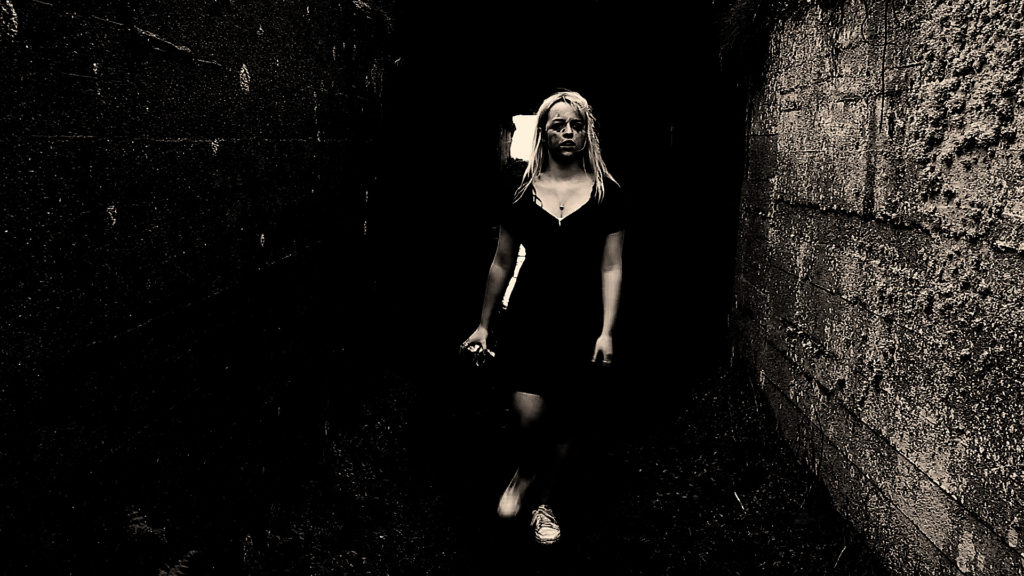
darkening the shadows for a creepier affect 
adding more highlights to make the face more visible
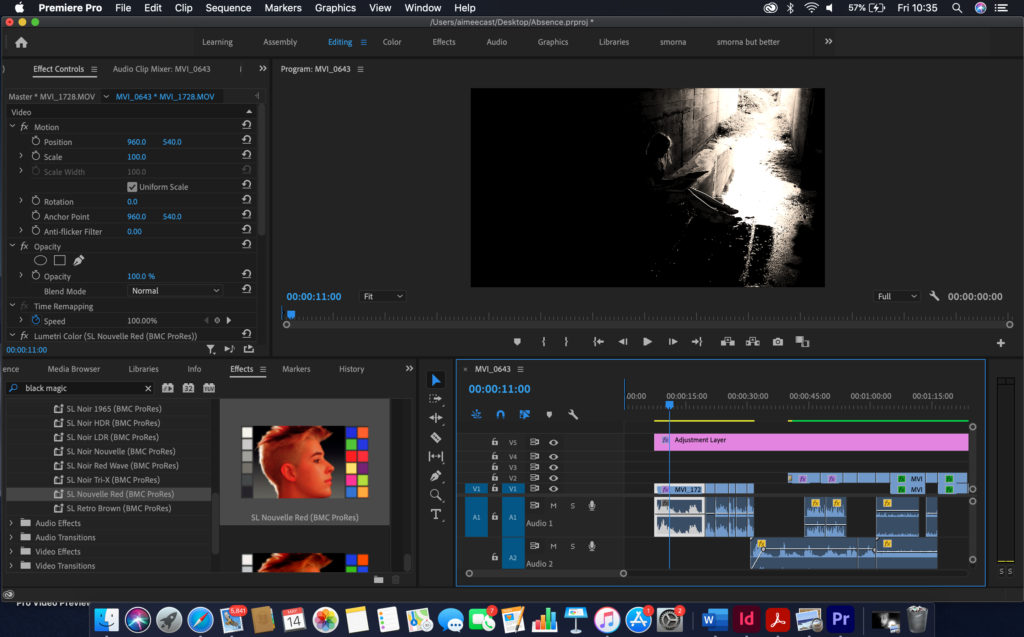
Filters 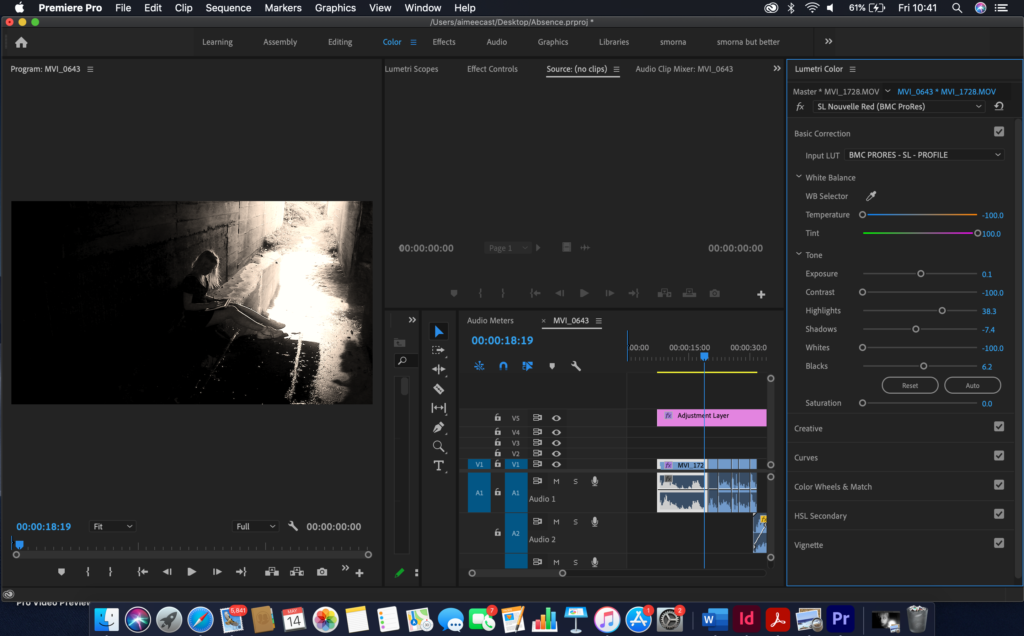
fading audio
Evaluating
Although this was by far the most difficult shoot to do, it came out the best and it was my favourite one to film. I loved the look of all the shots and how shadowed all of the bunker was. Whilst trying to find a bunker that I could actually go in it started raining and the wind started picking up. I went to a total of five bunkers until I found one that had an area that I could venture into. The slope to the bottom of Plemont was extremely steep and muddy and I nearly slipped multiple times whilst get drenched and getting pushed by the wind but I managed to get down there eventually. I tried to film with multiple cameras to get different angles of what I was doing. This turned out well mostly but some of the footage got corrupted as well as the card becoming full whilst I was in the middle of filming. But, overall, I’m very happy with the results.


